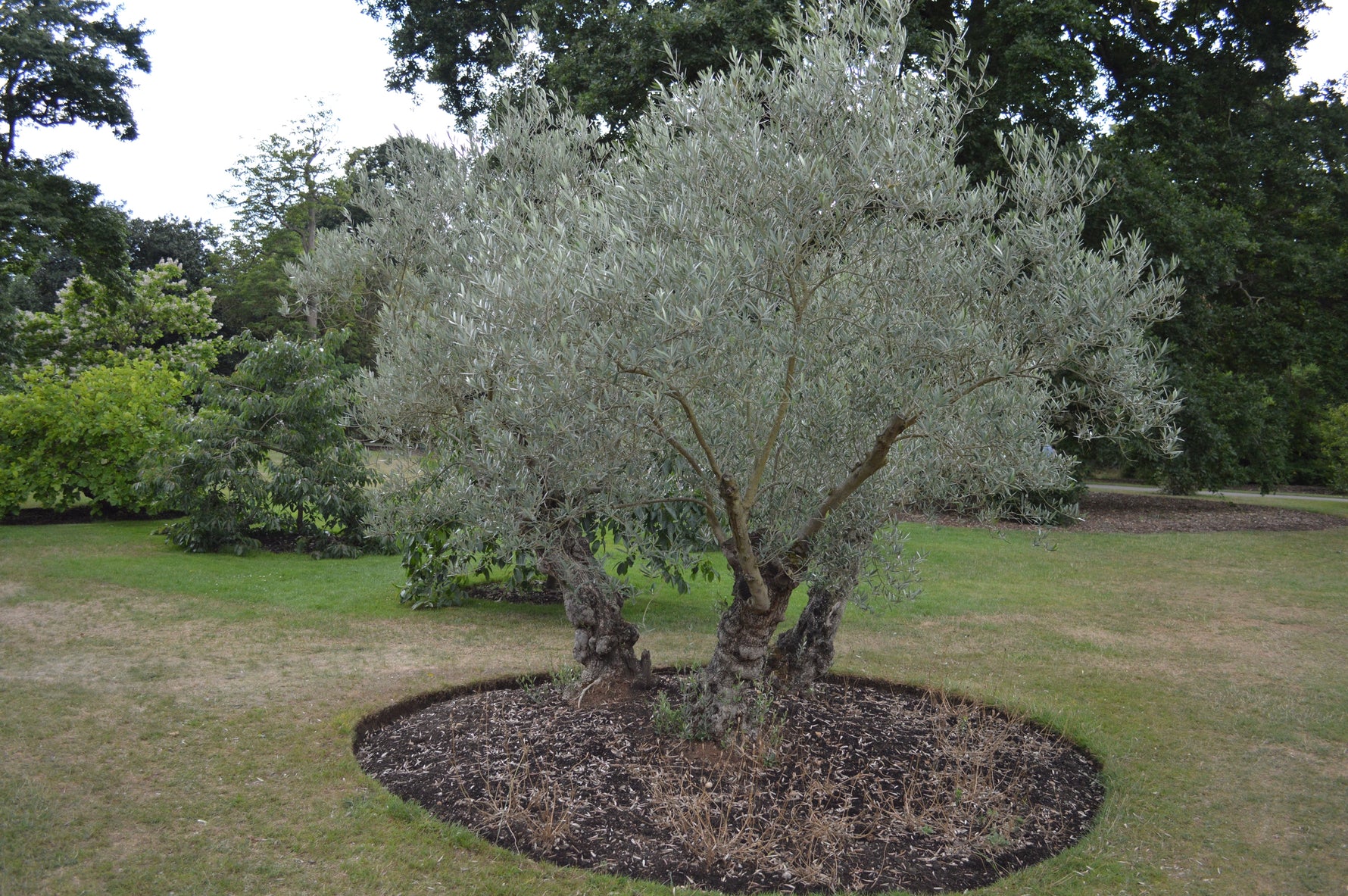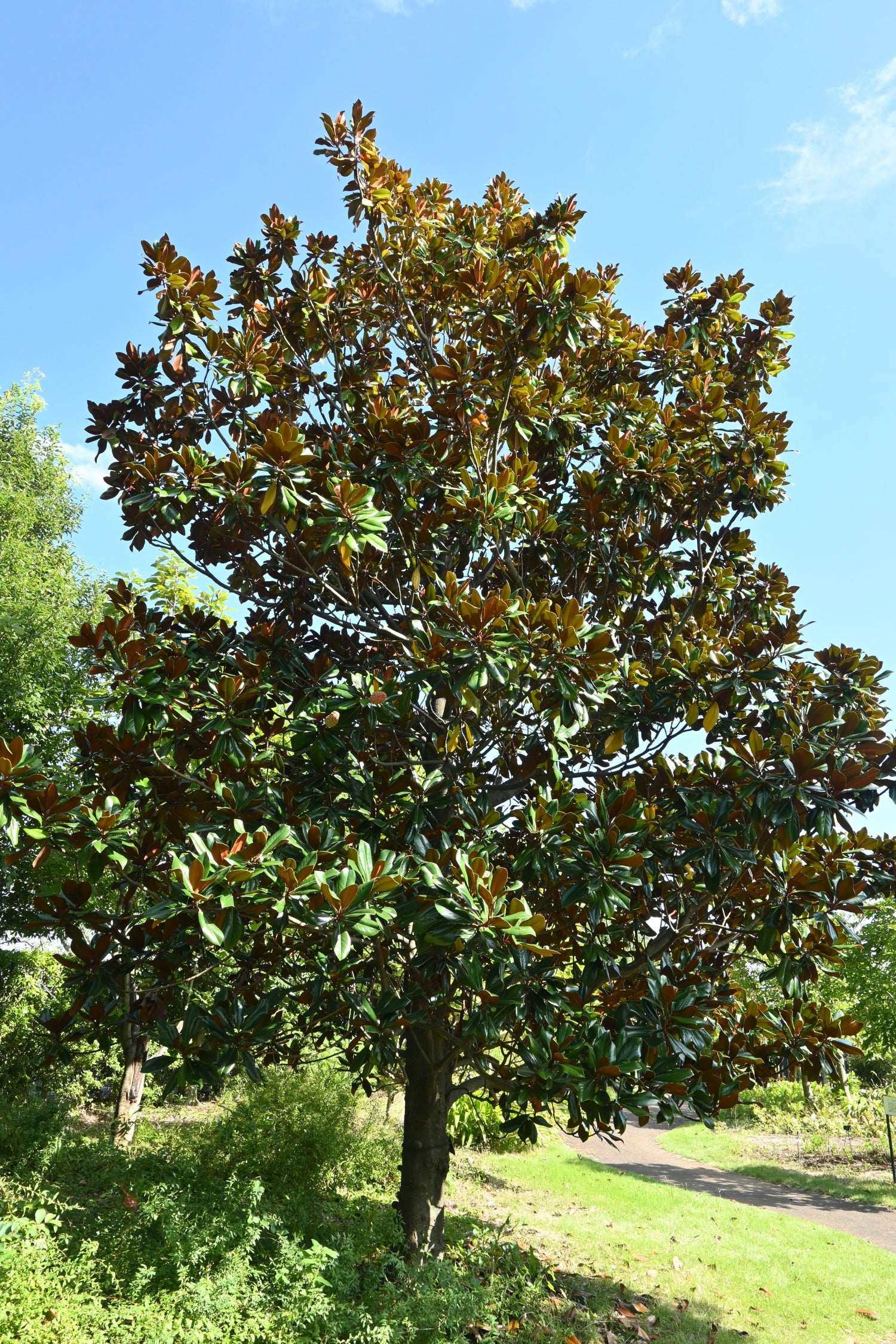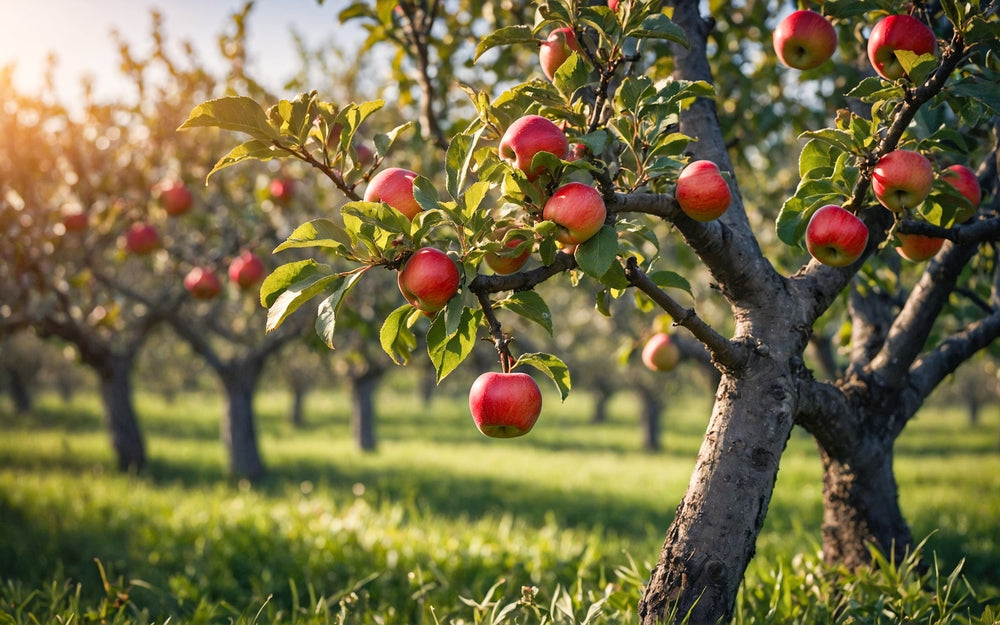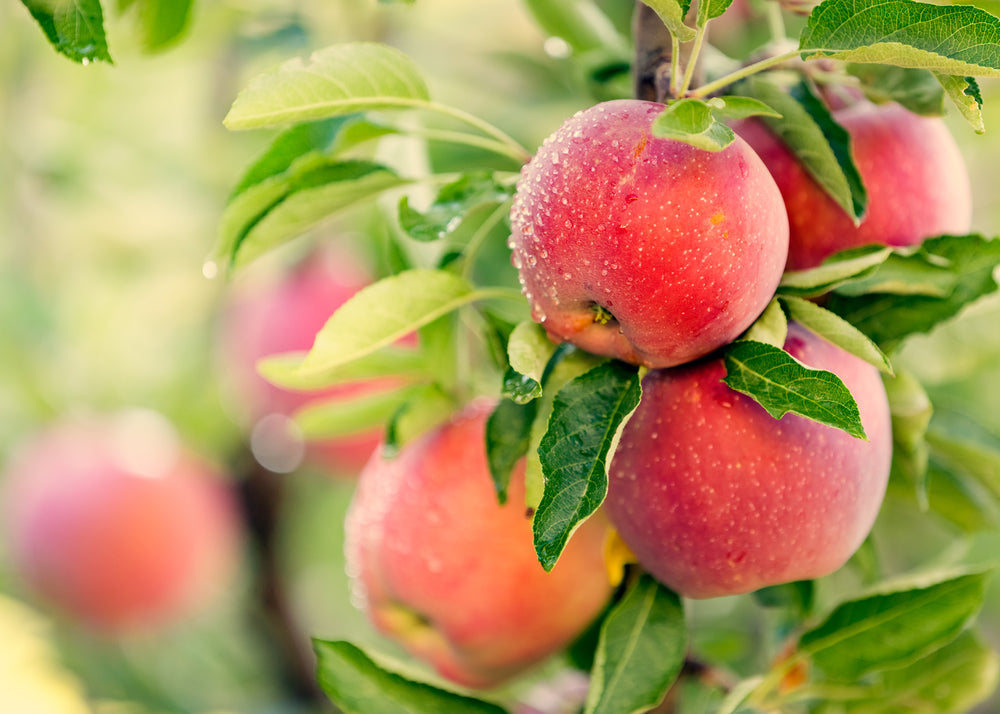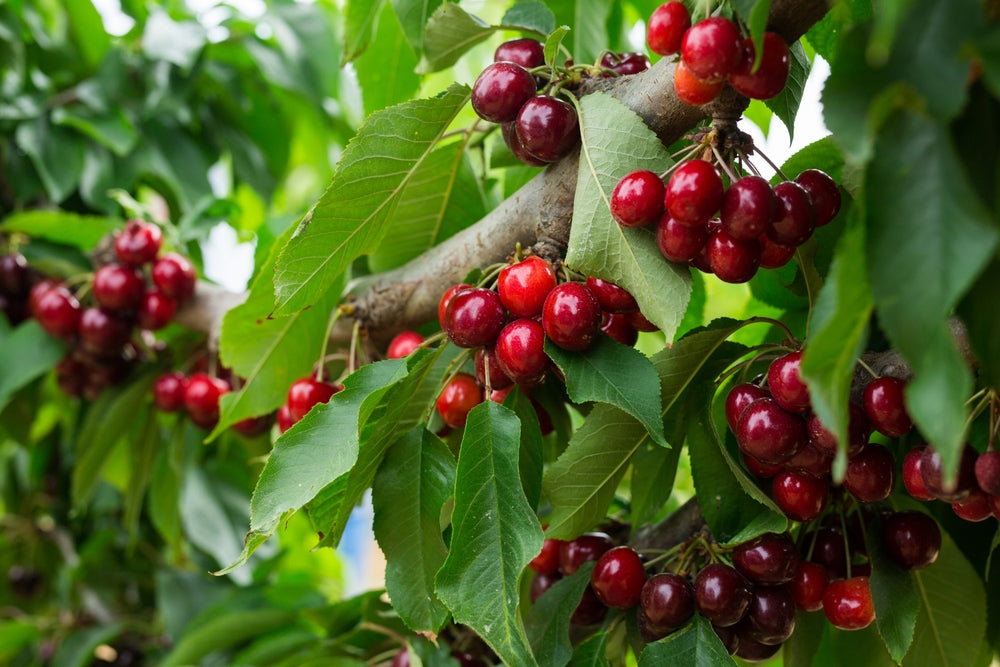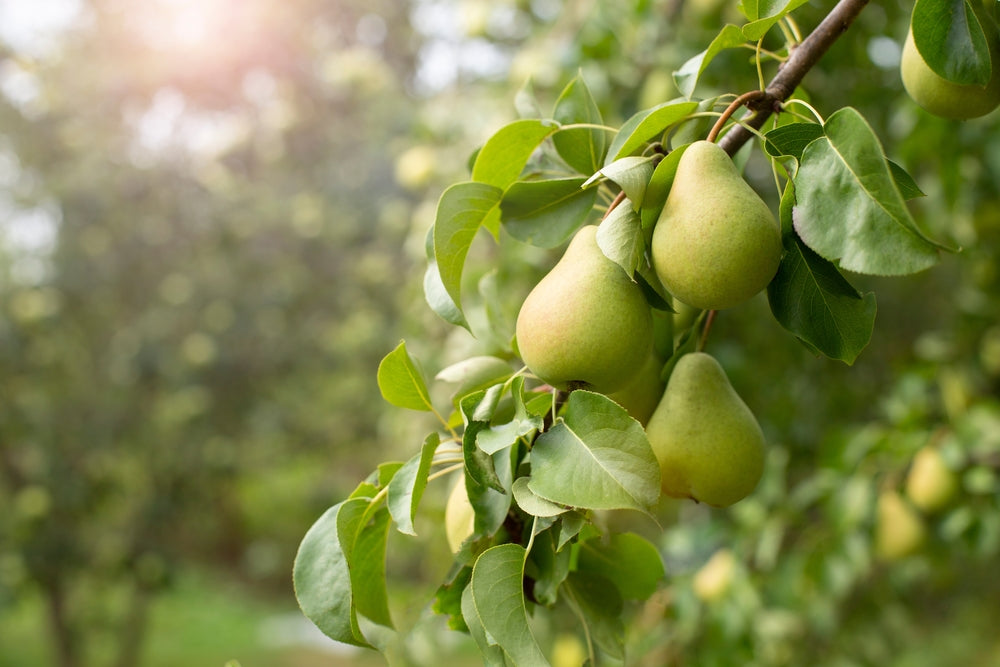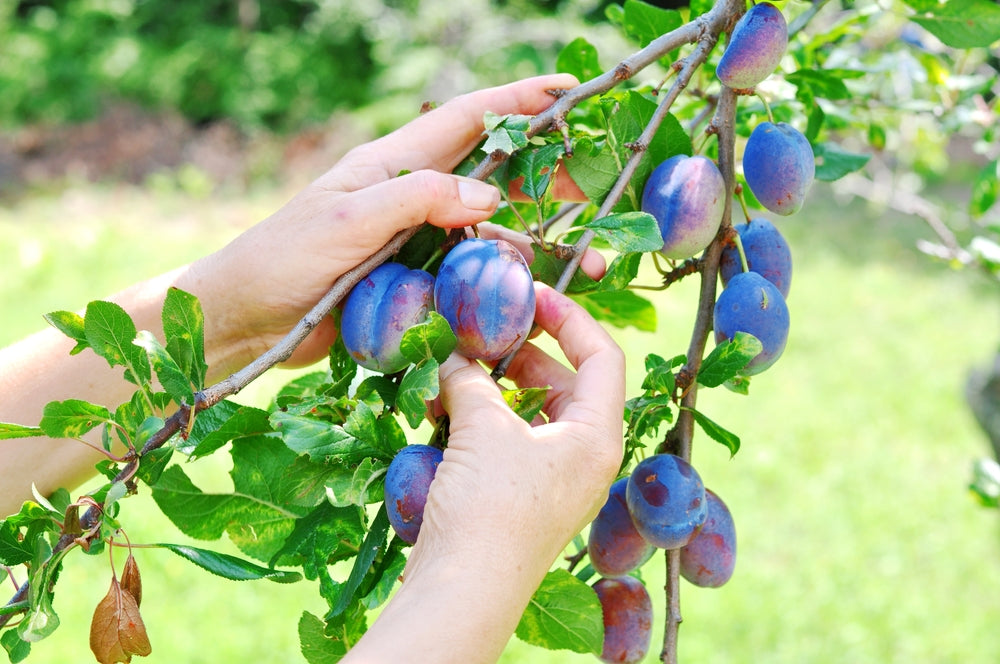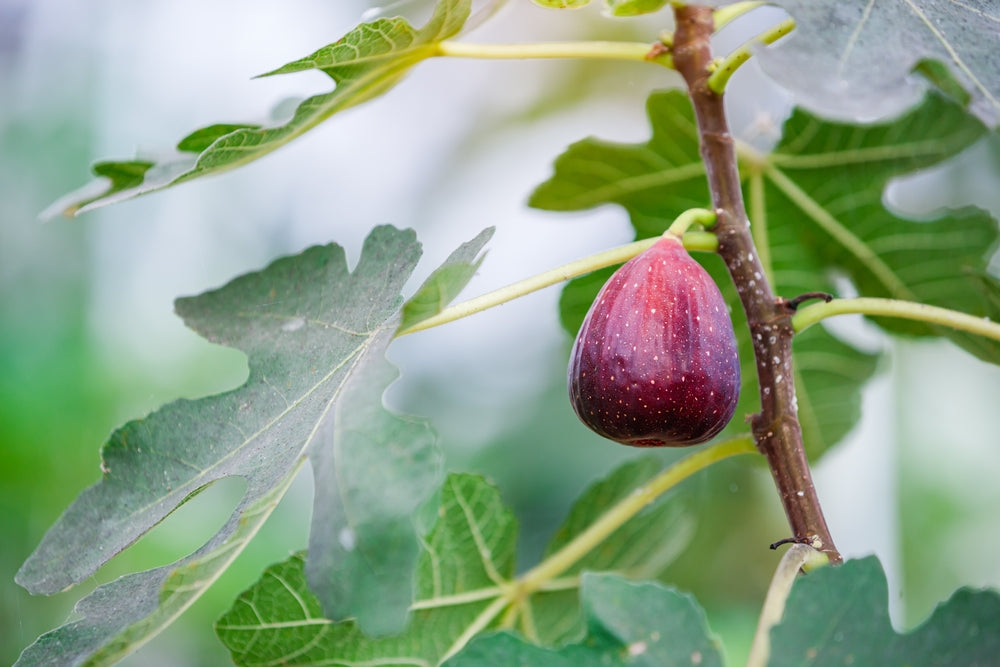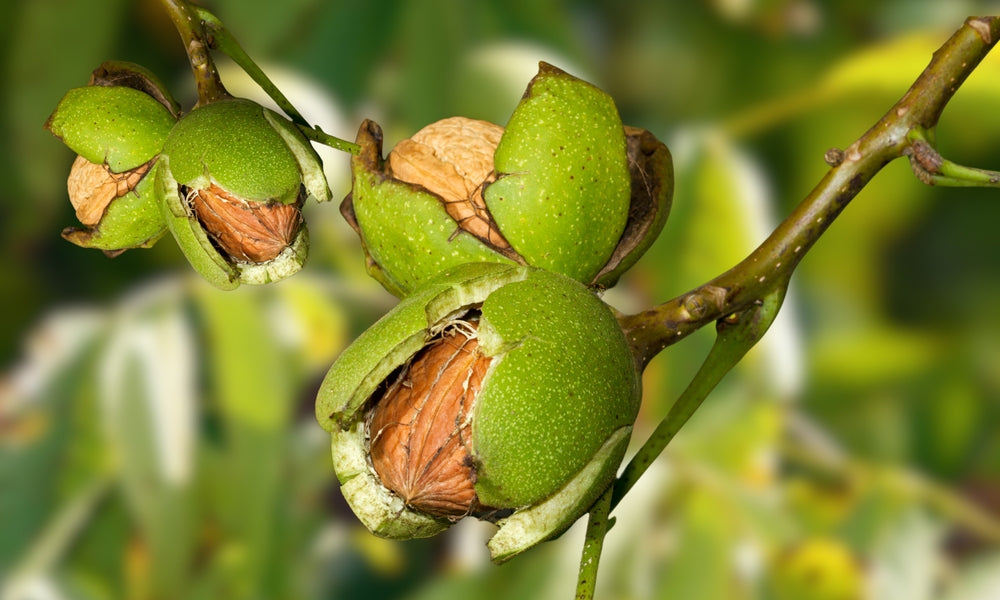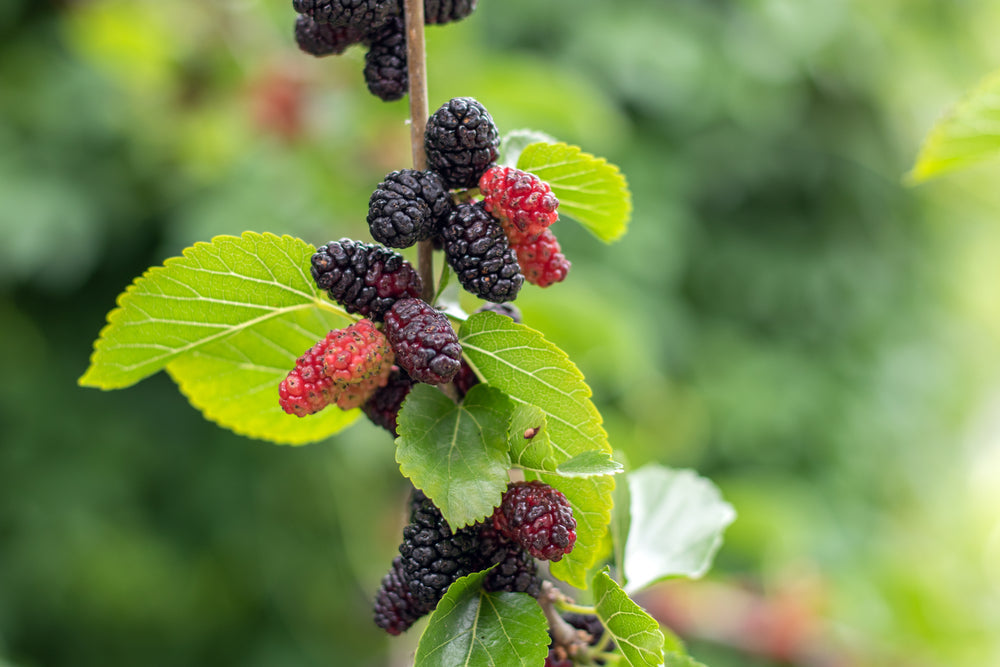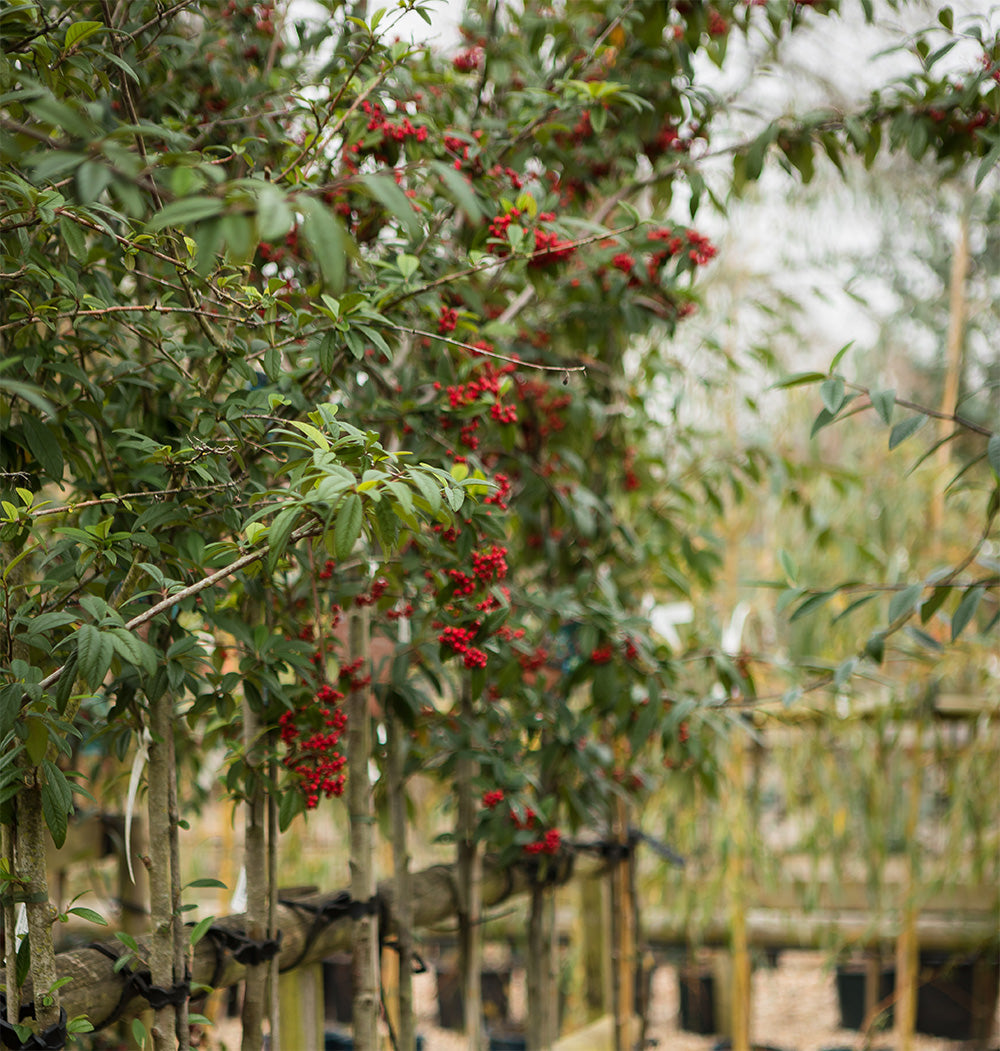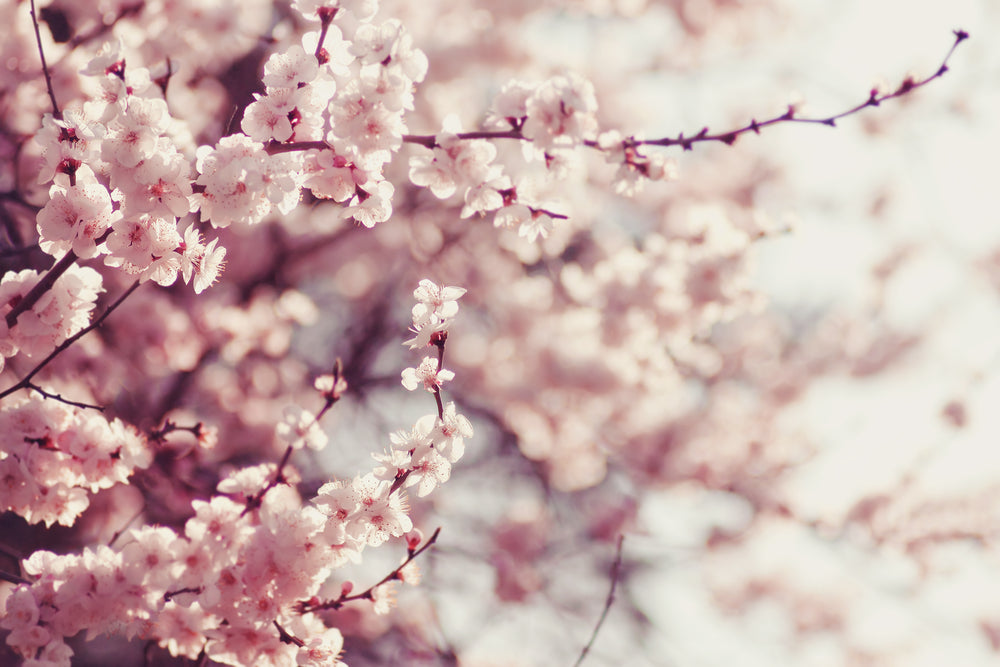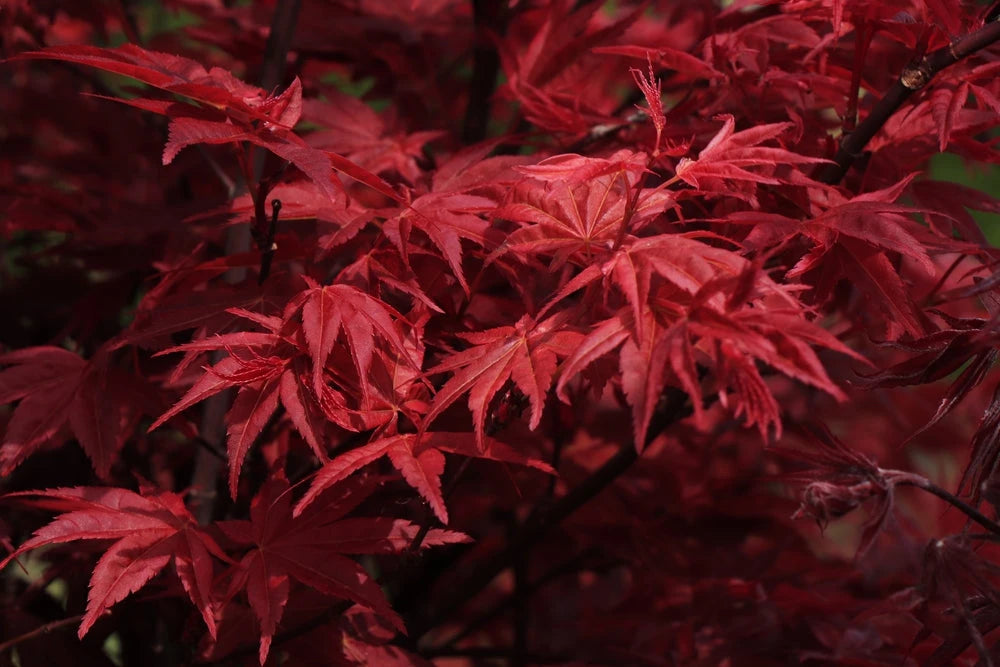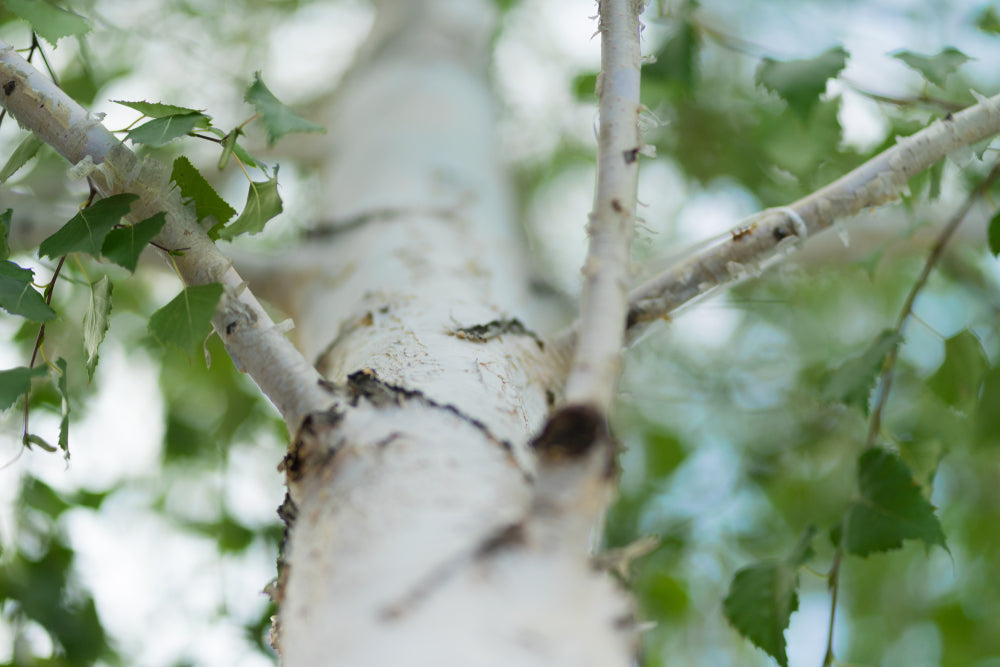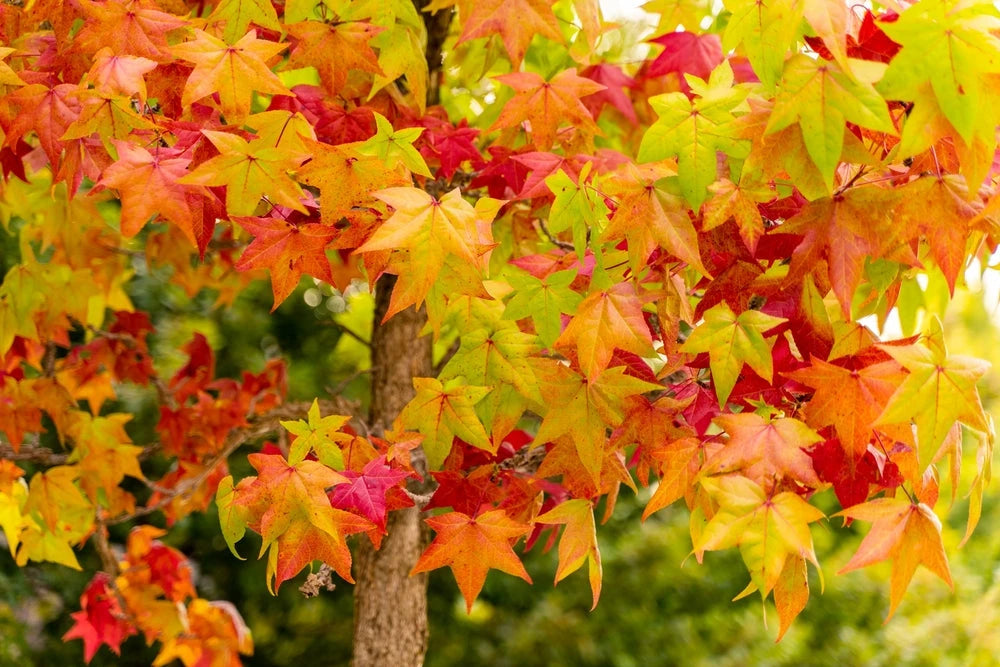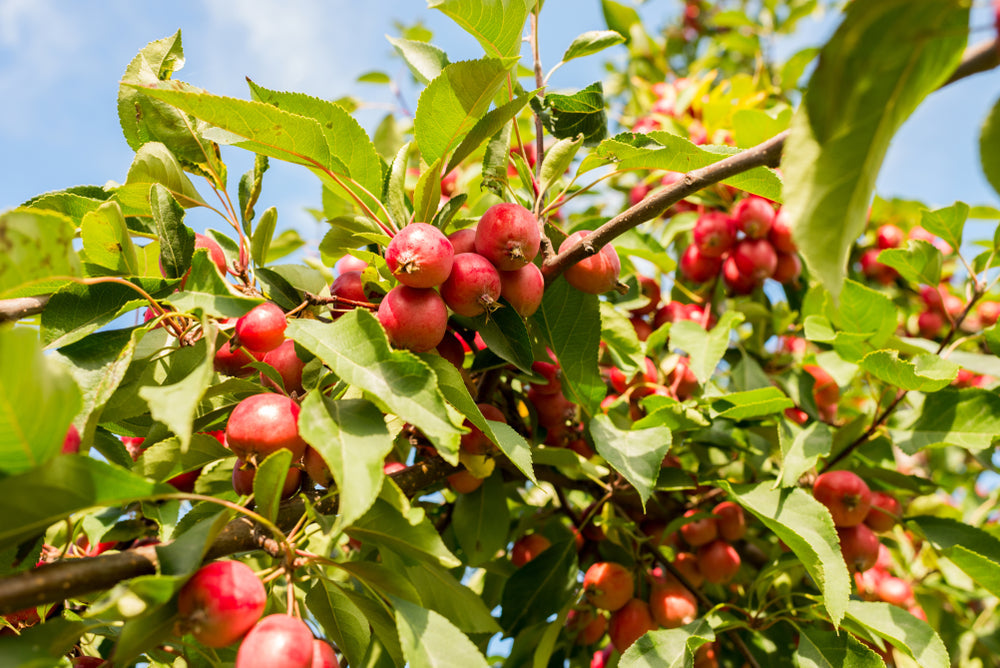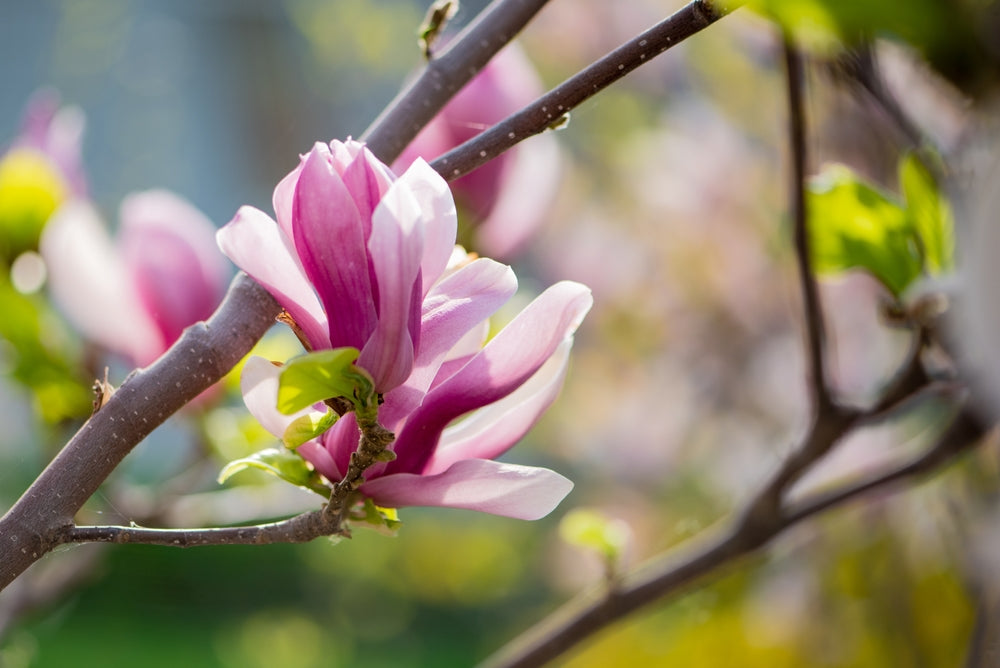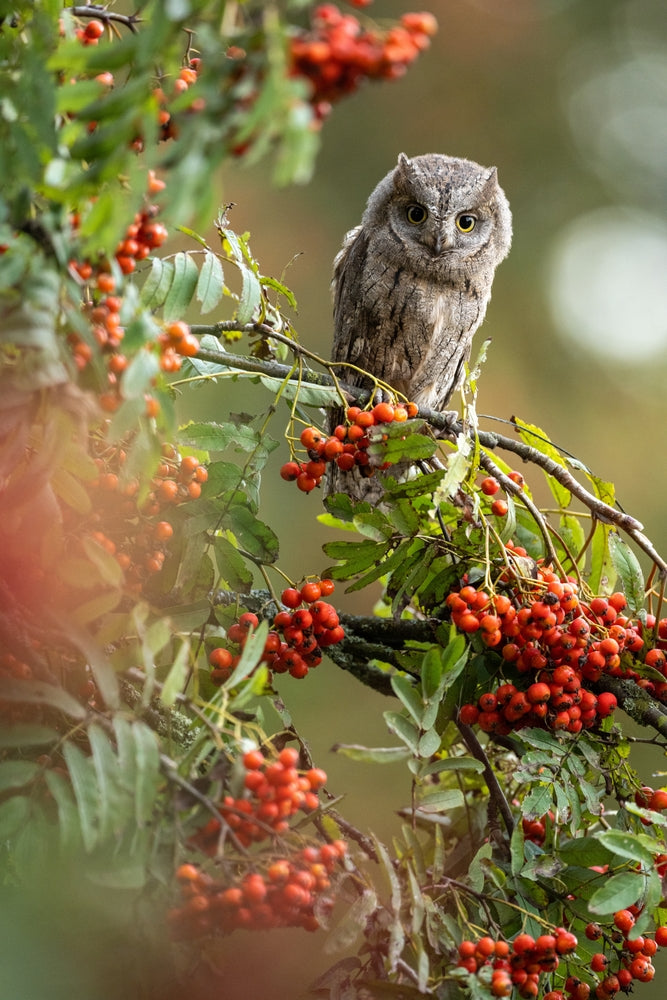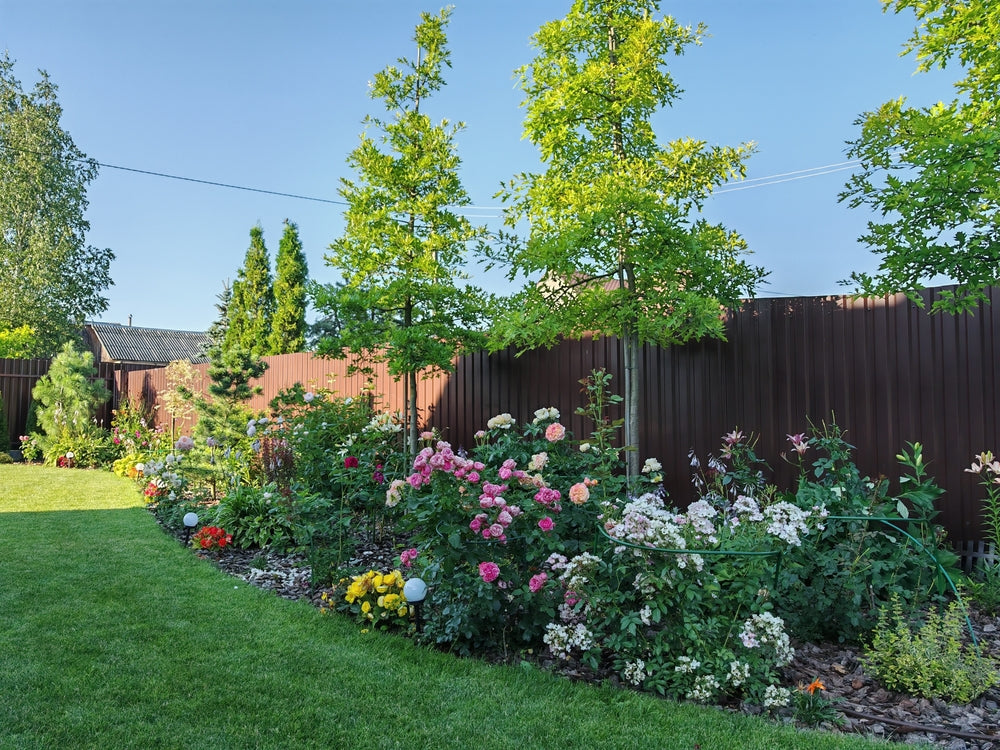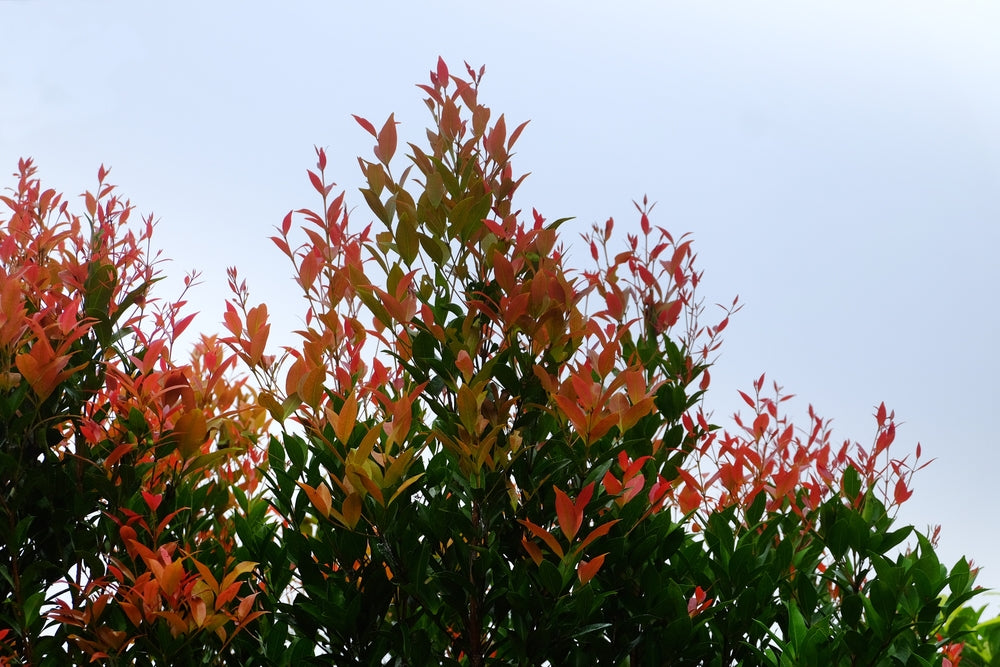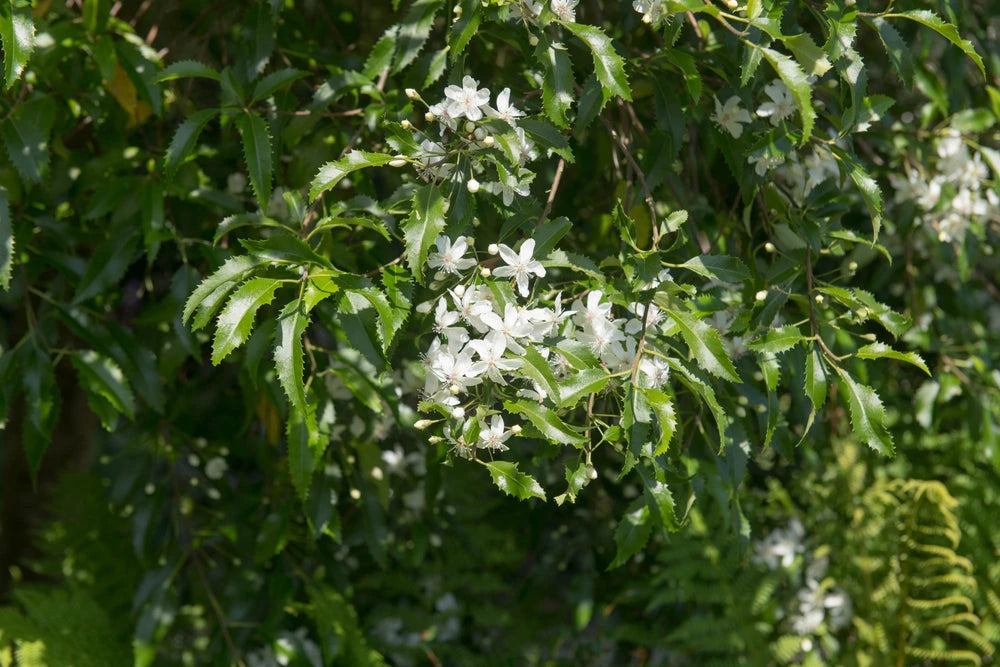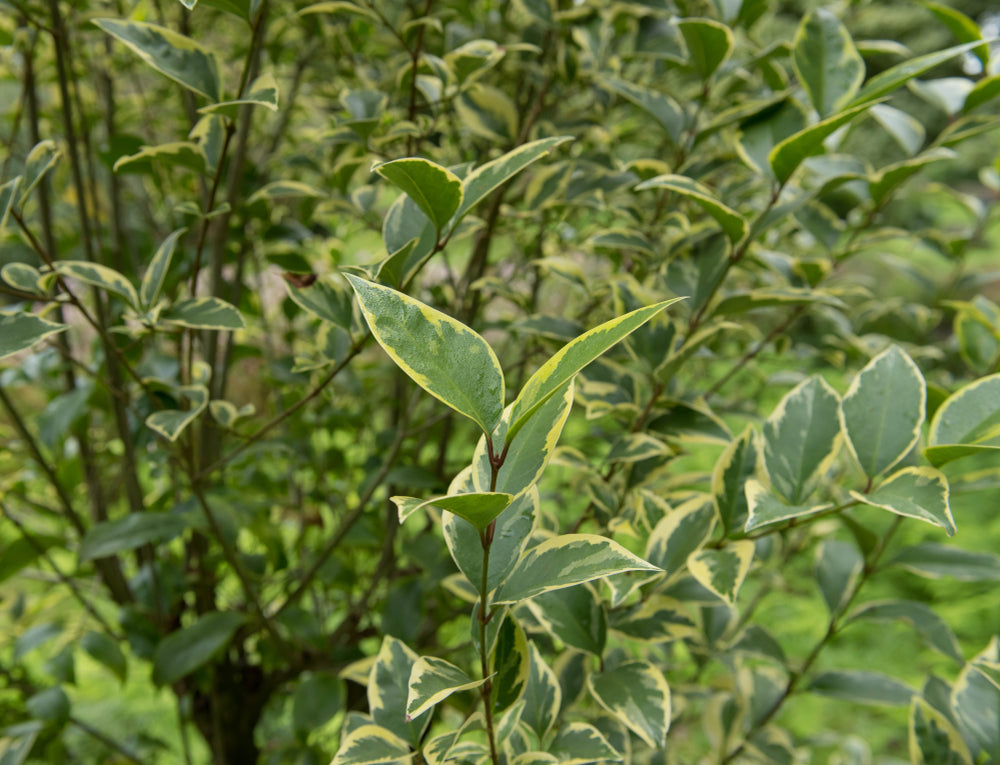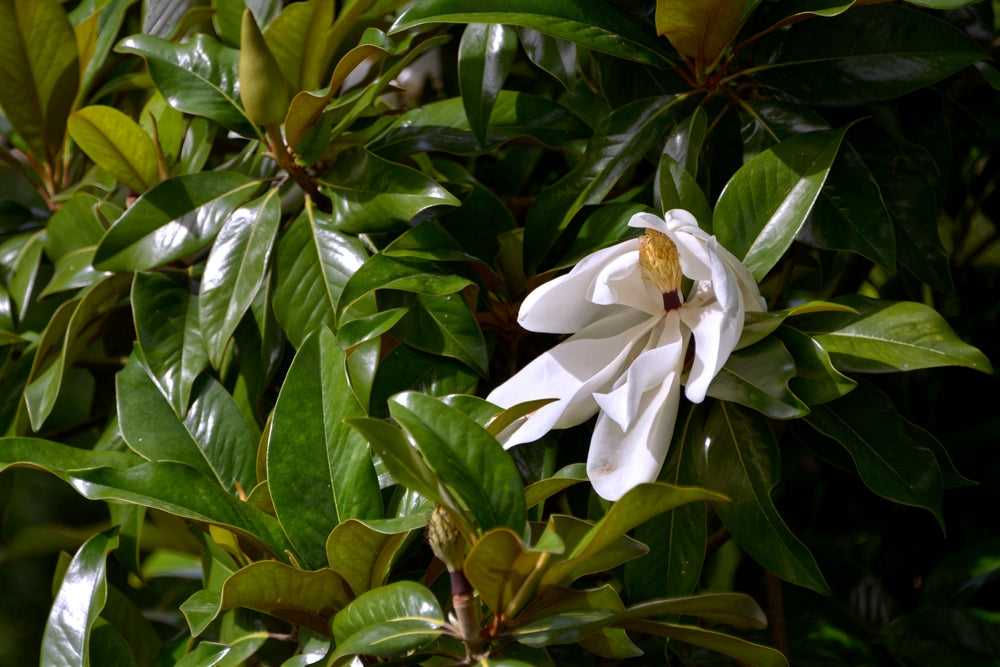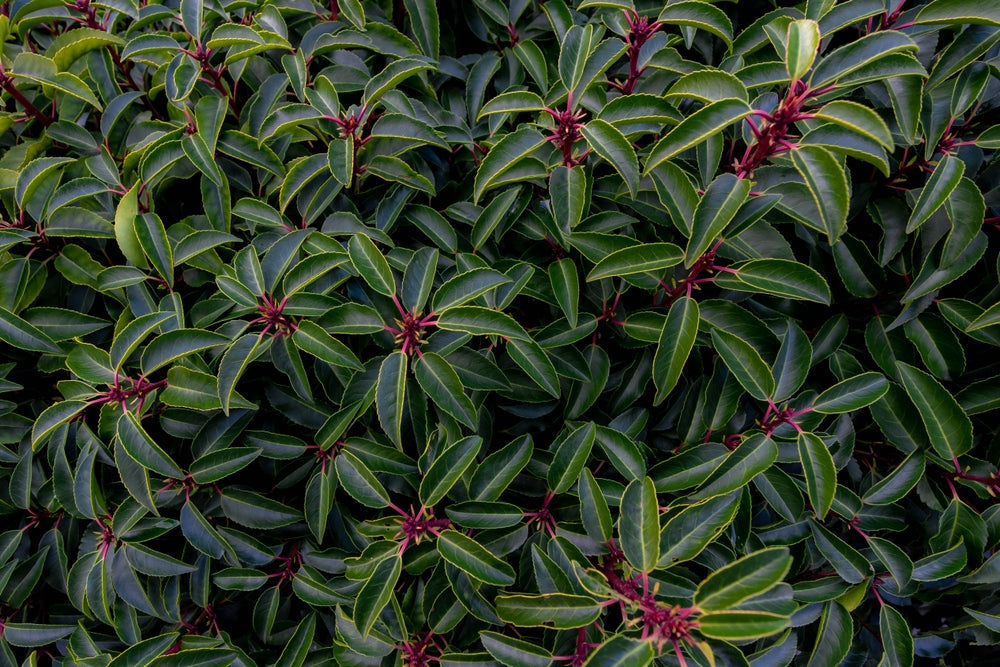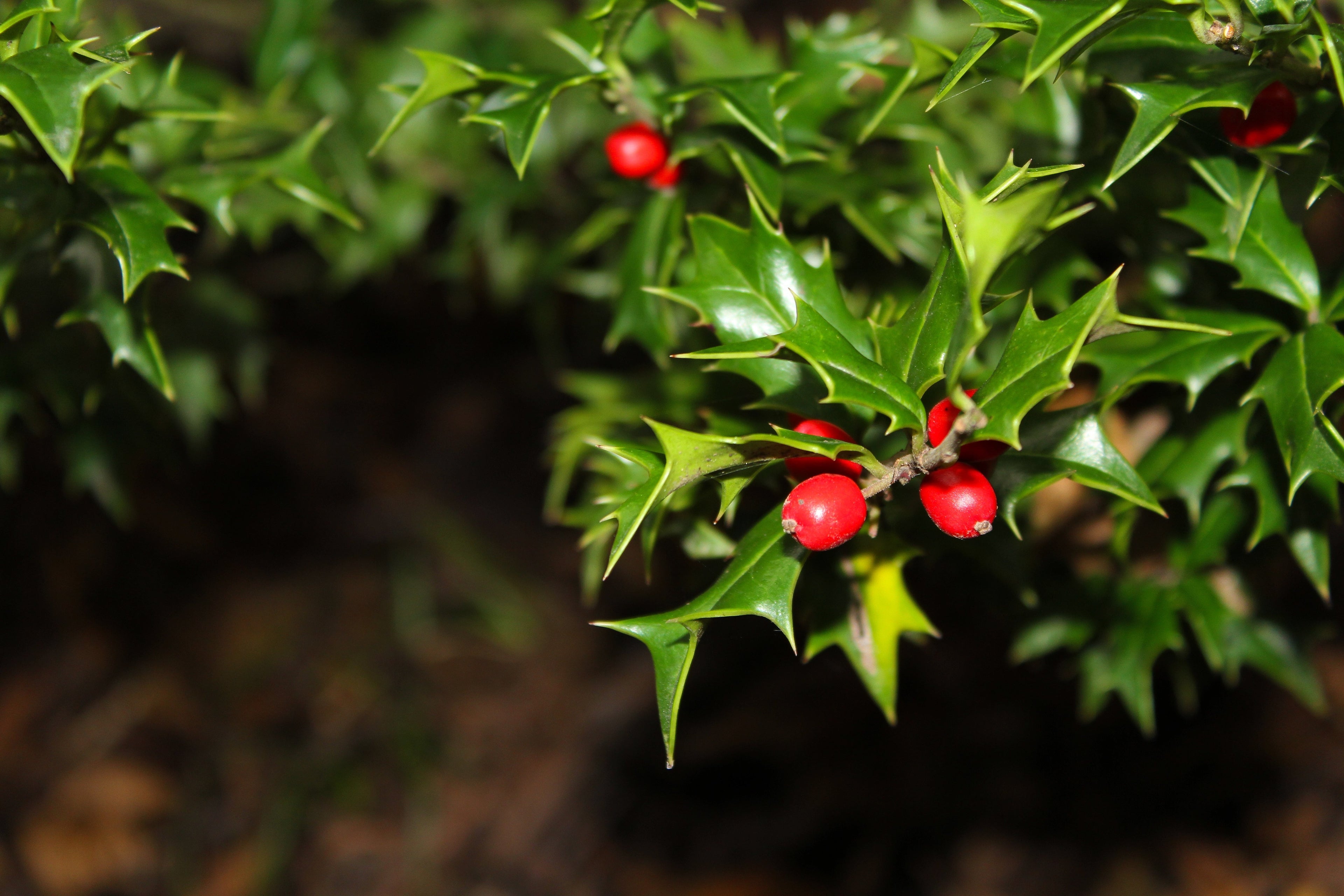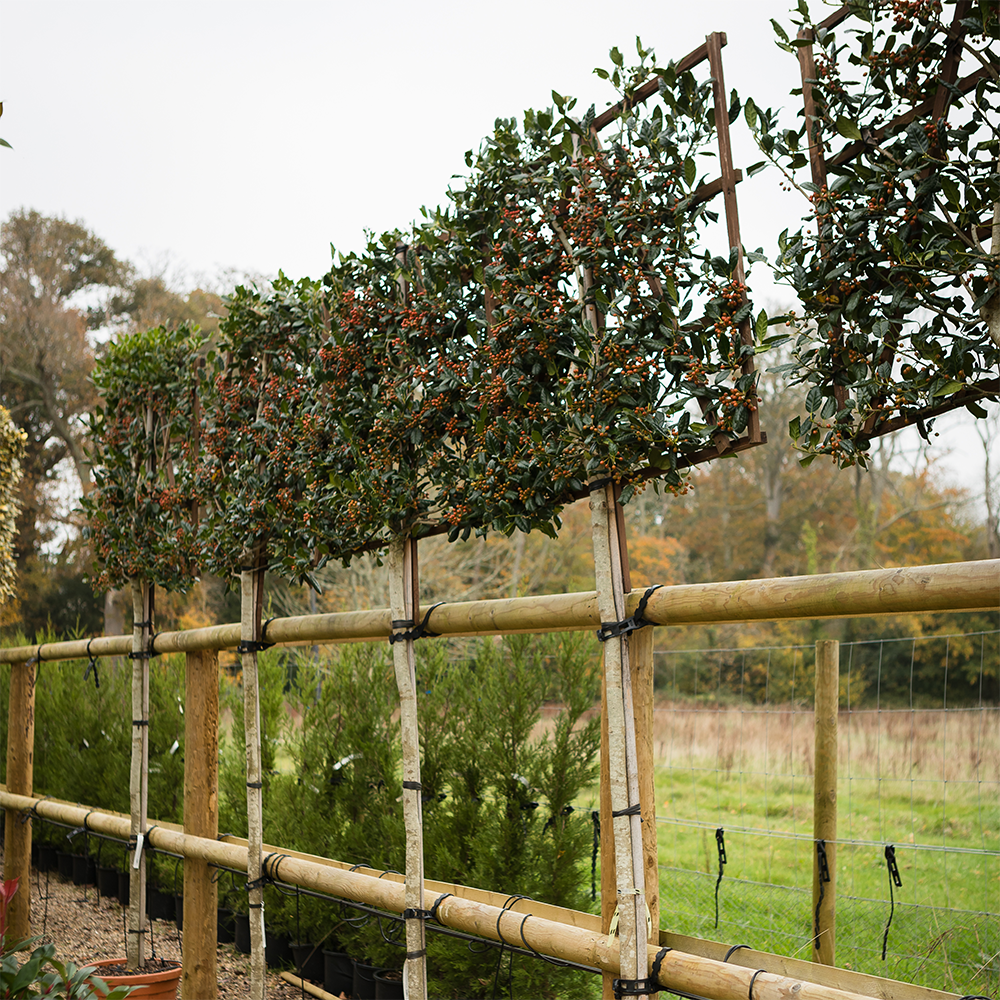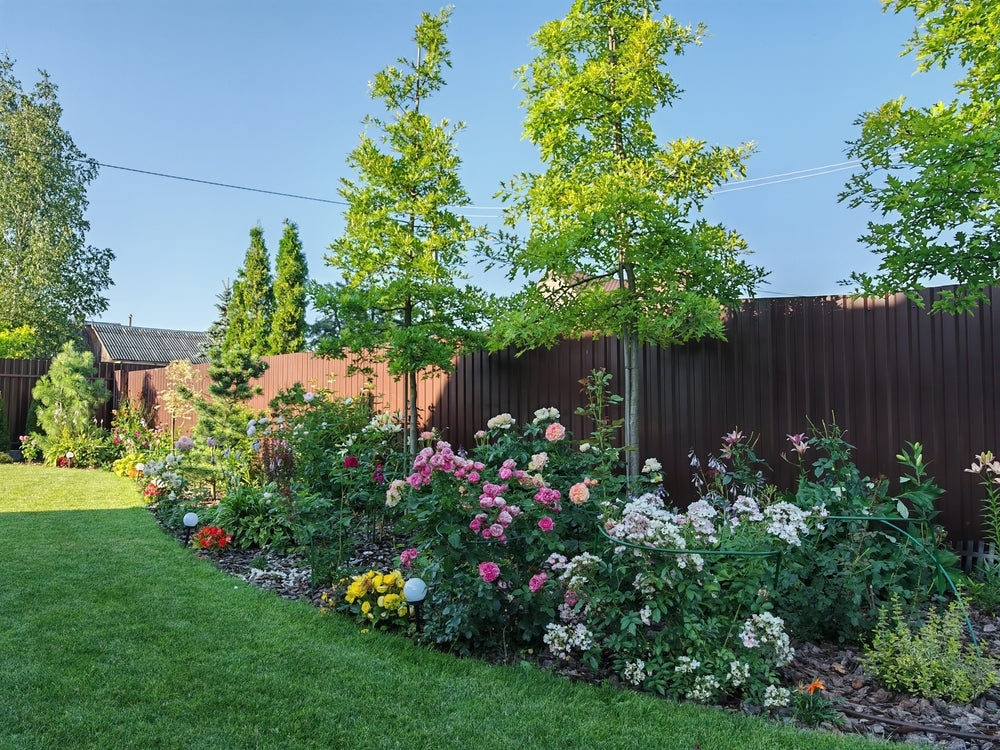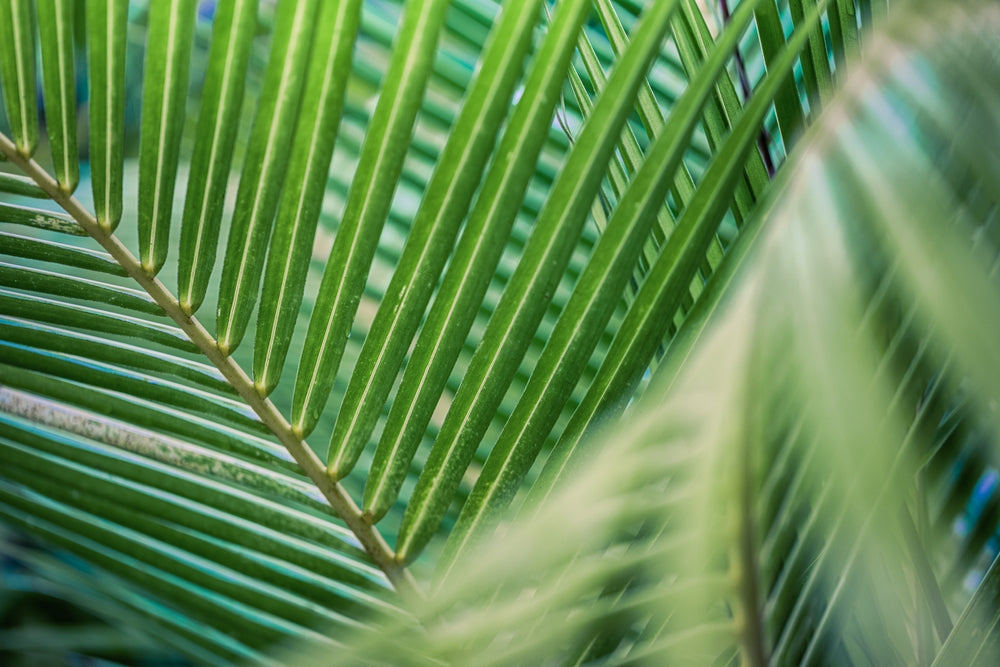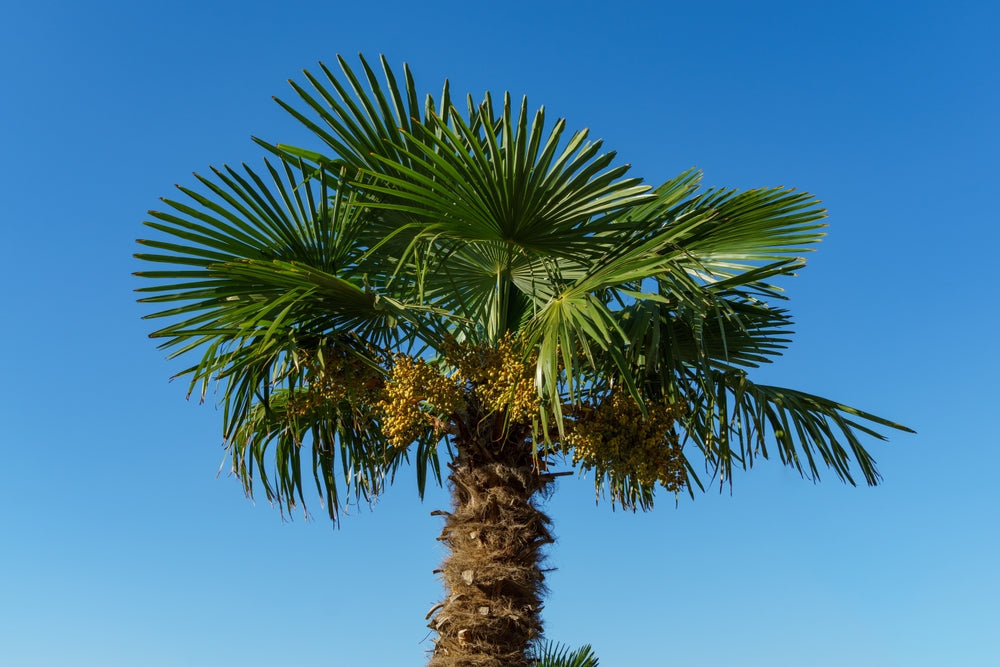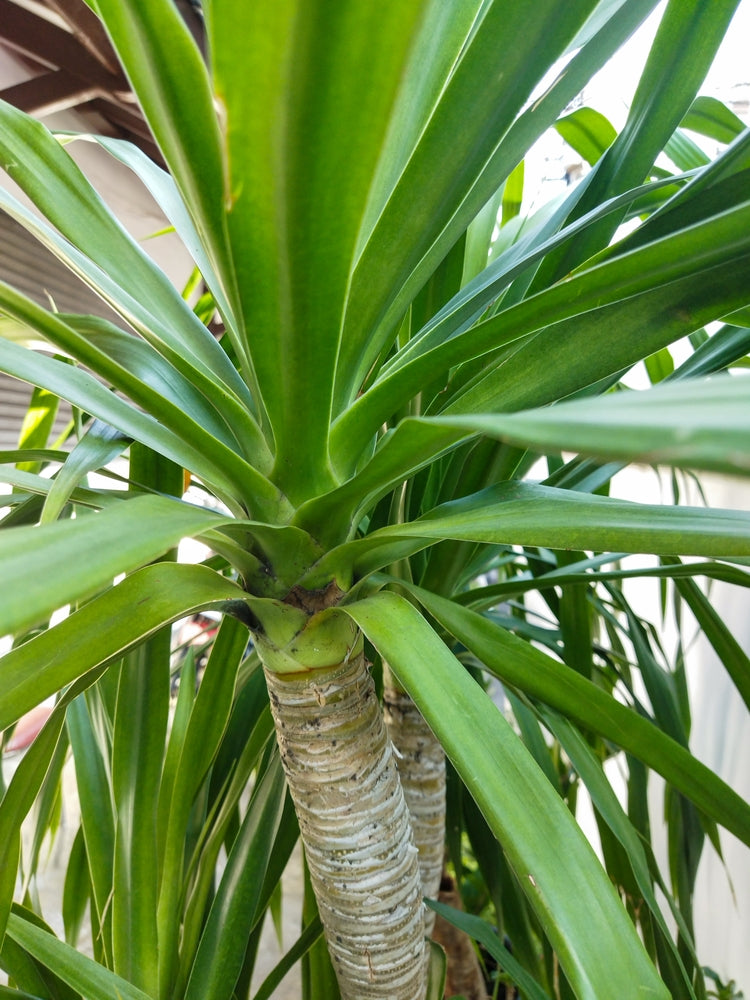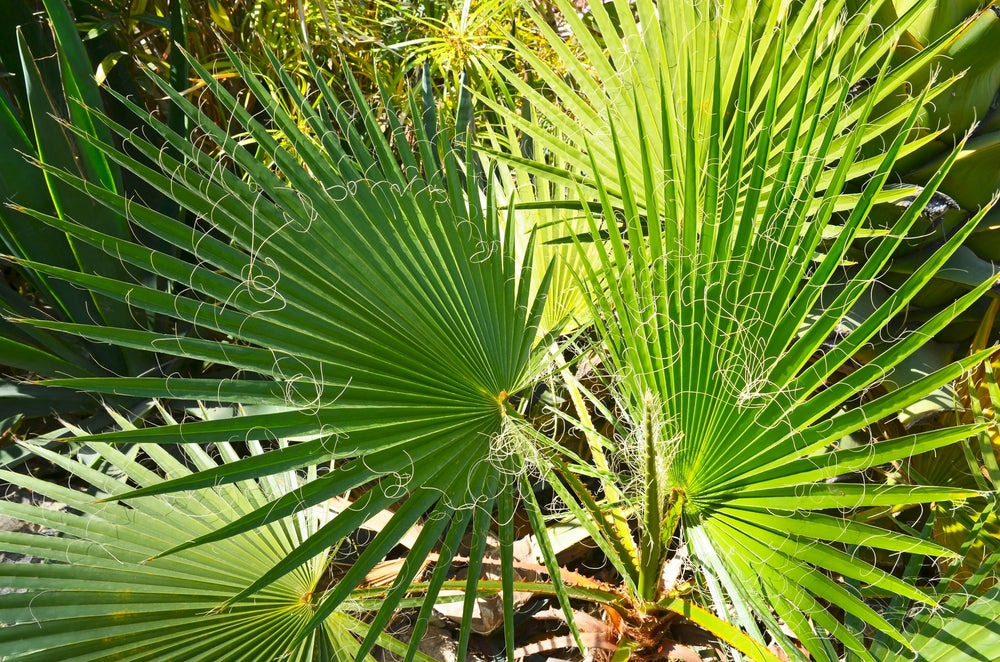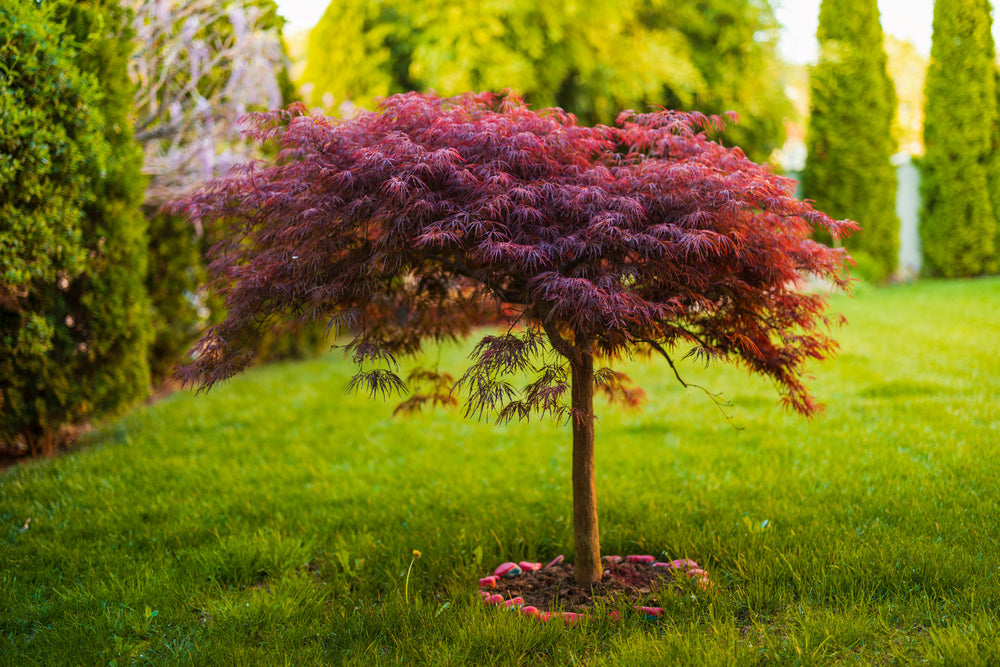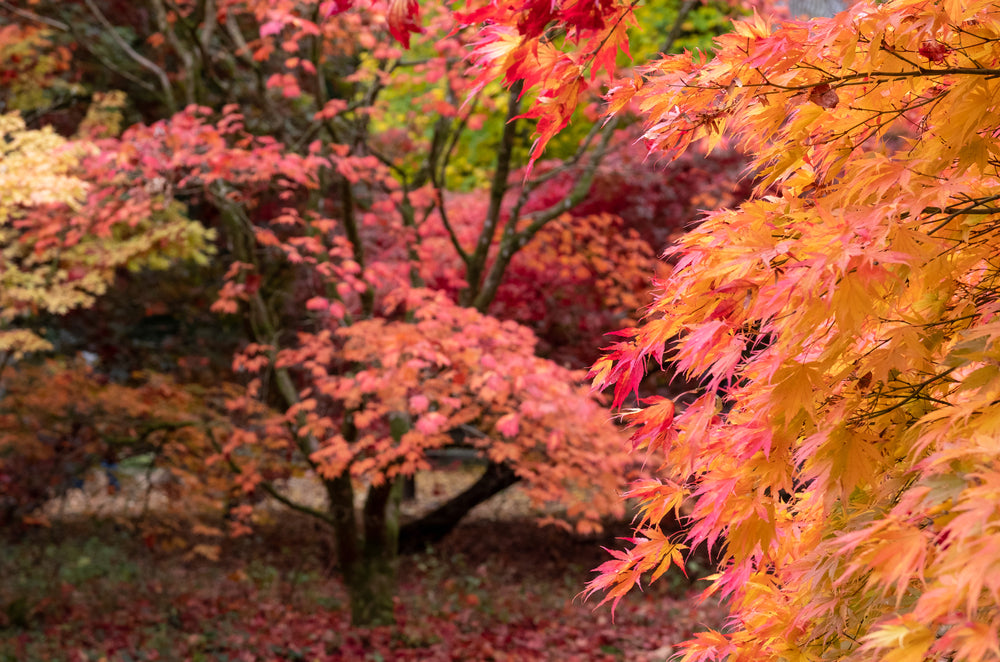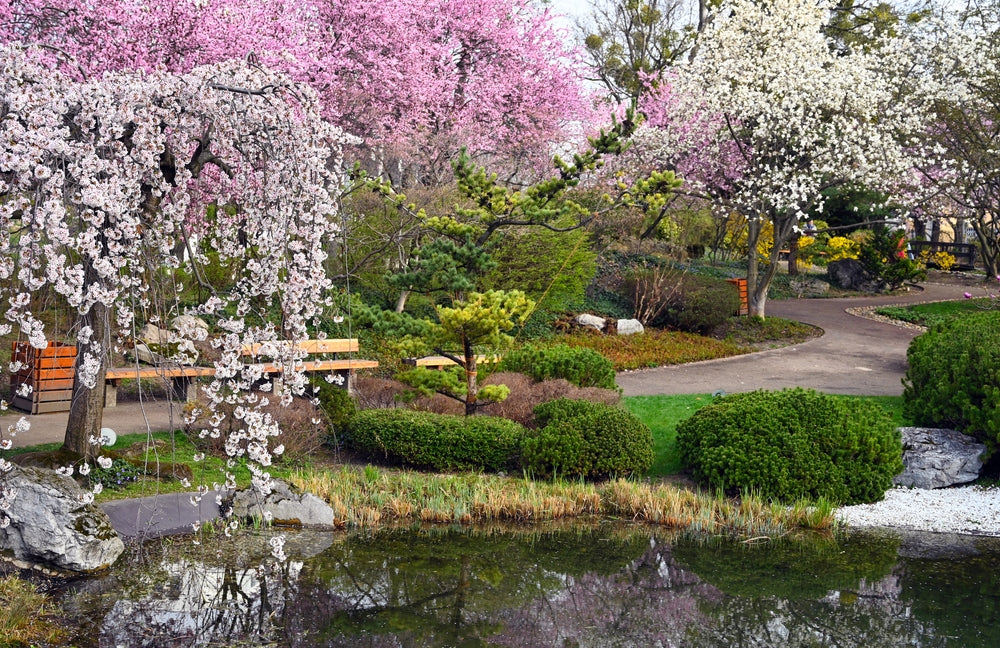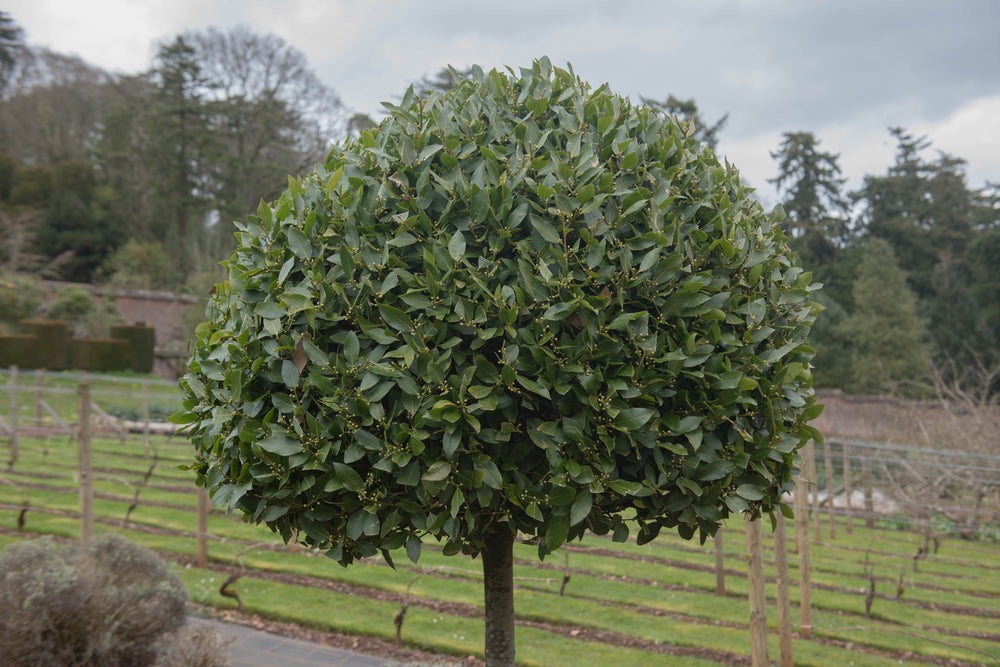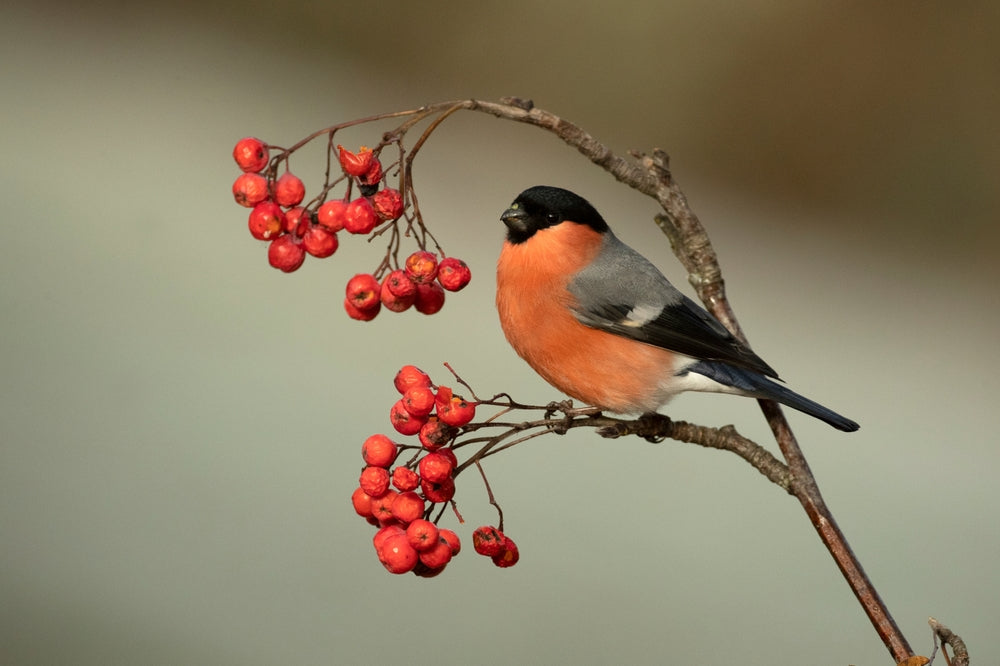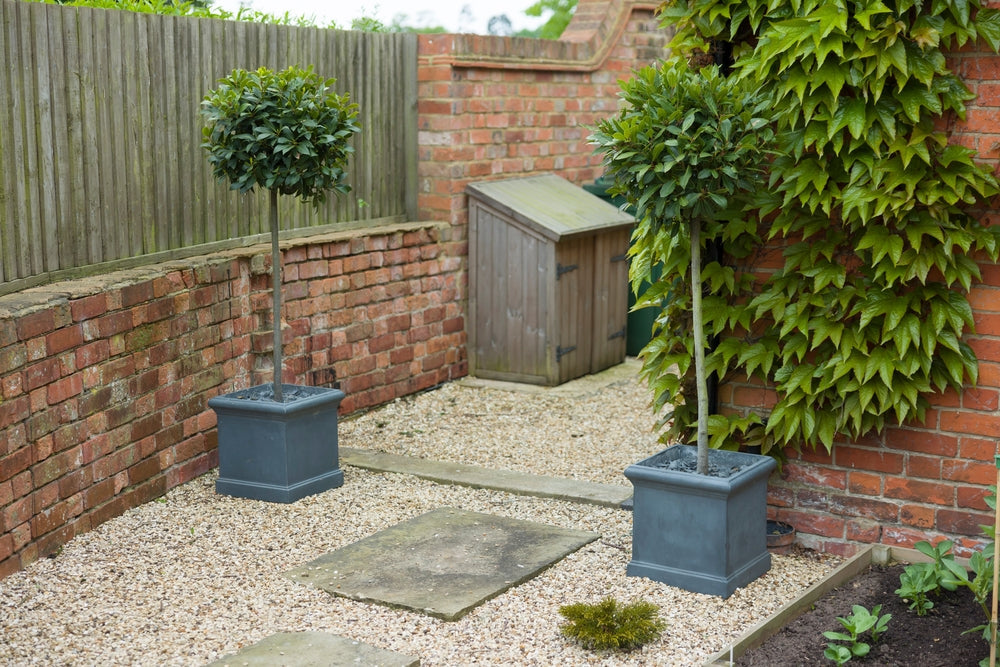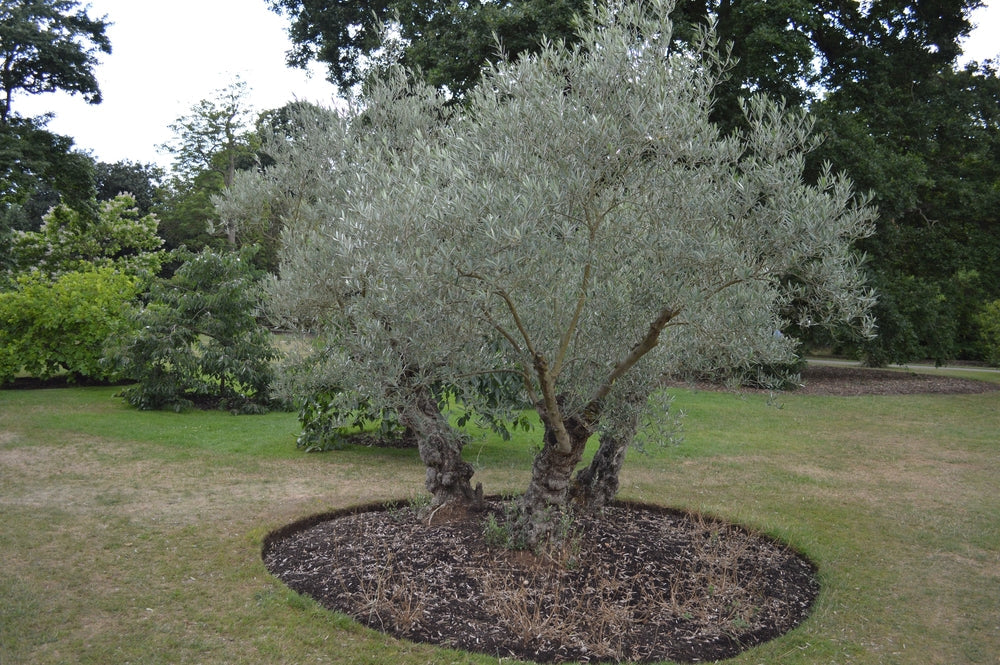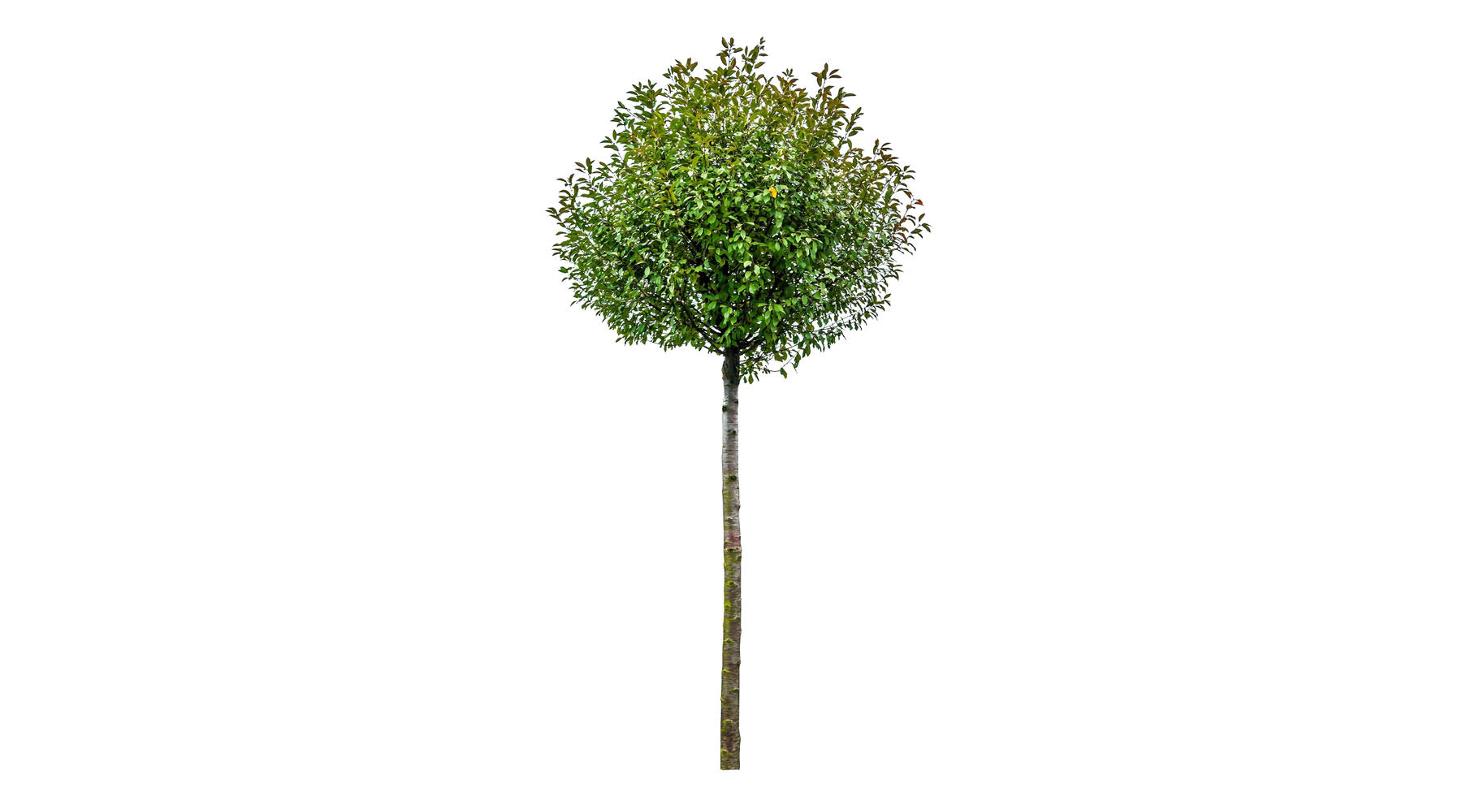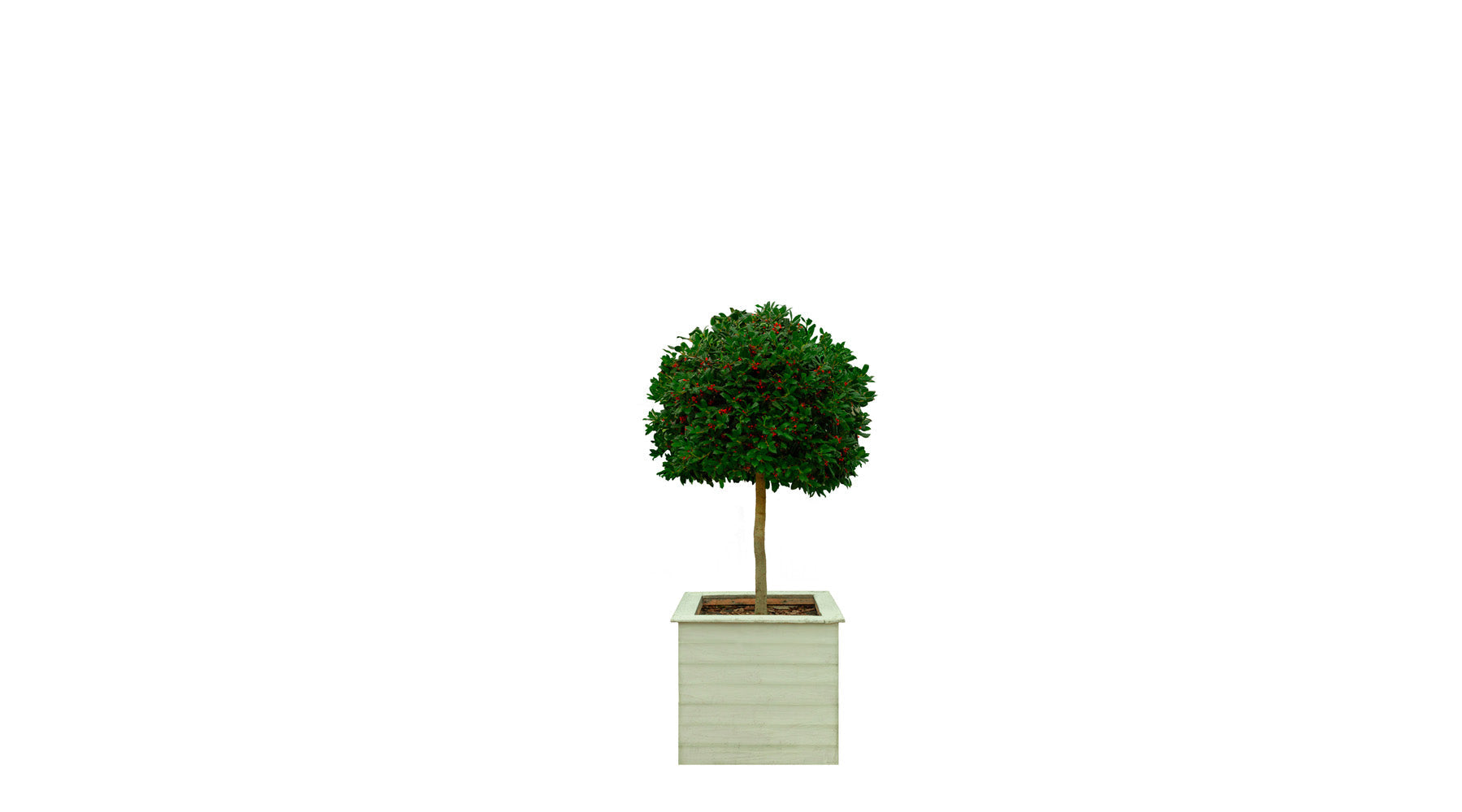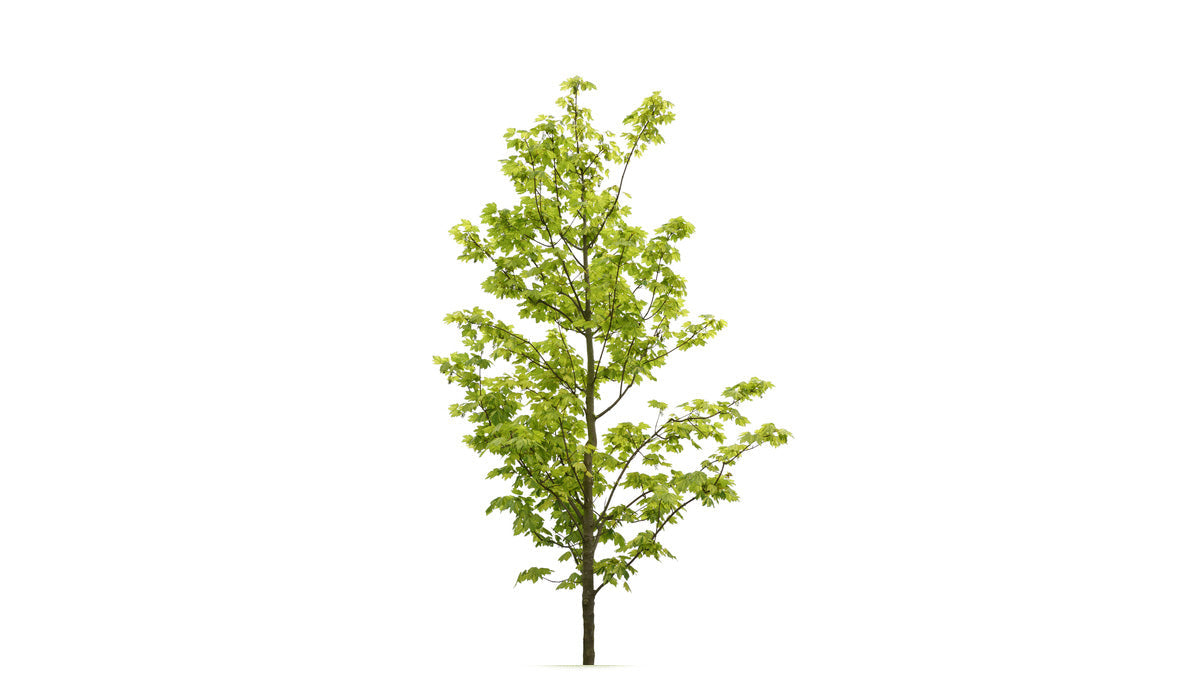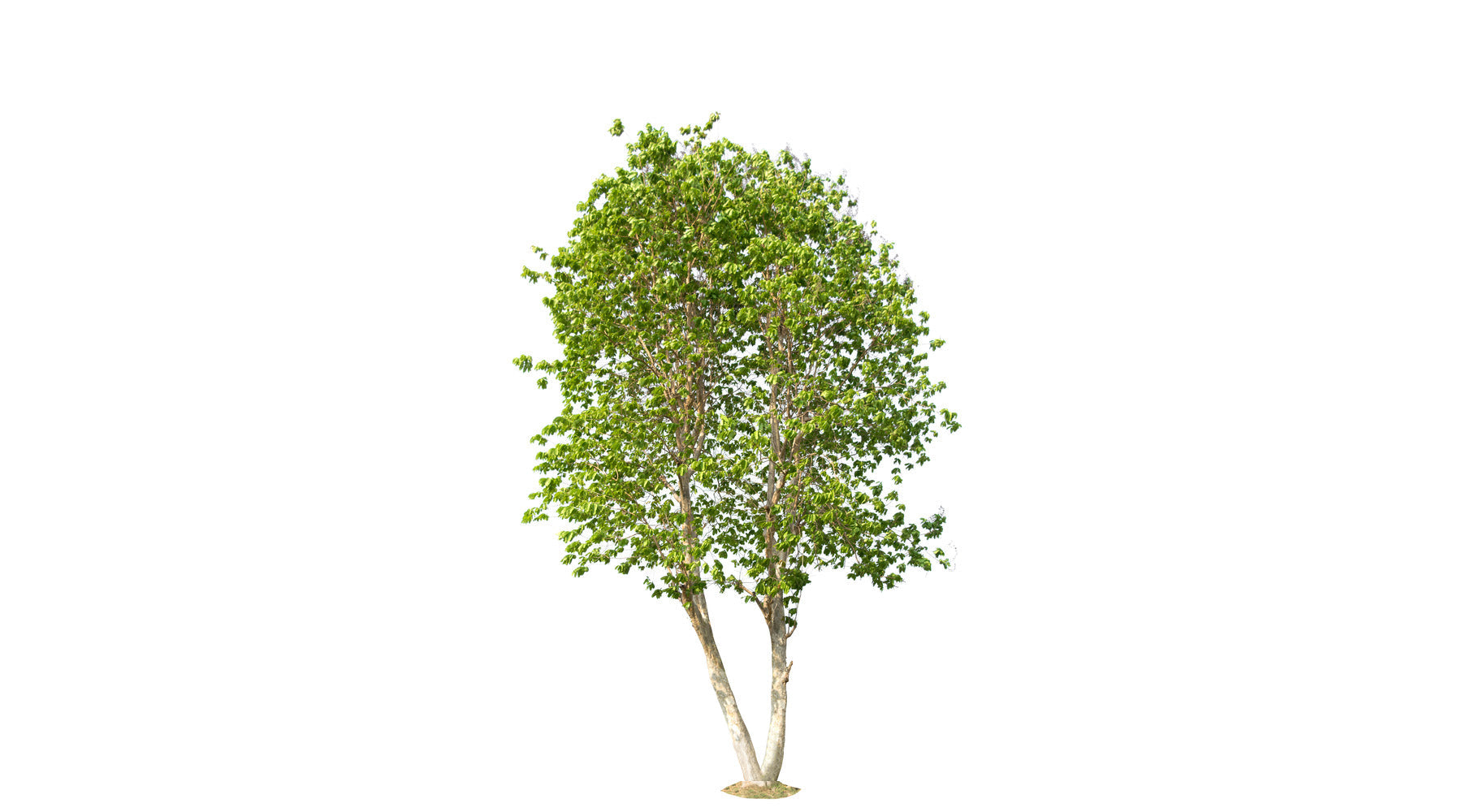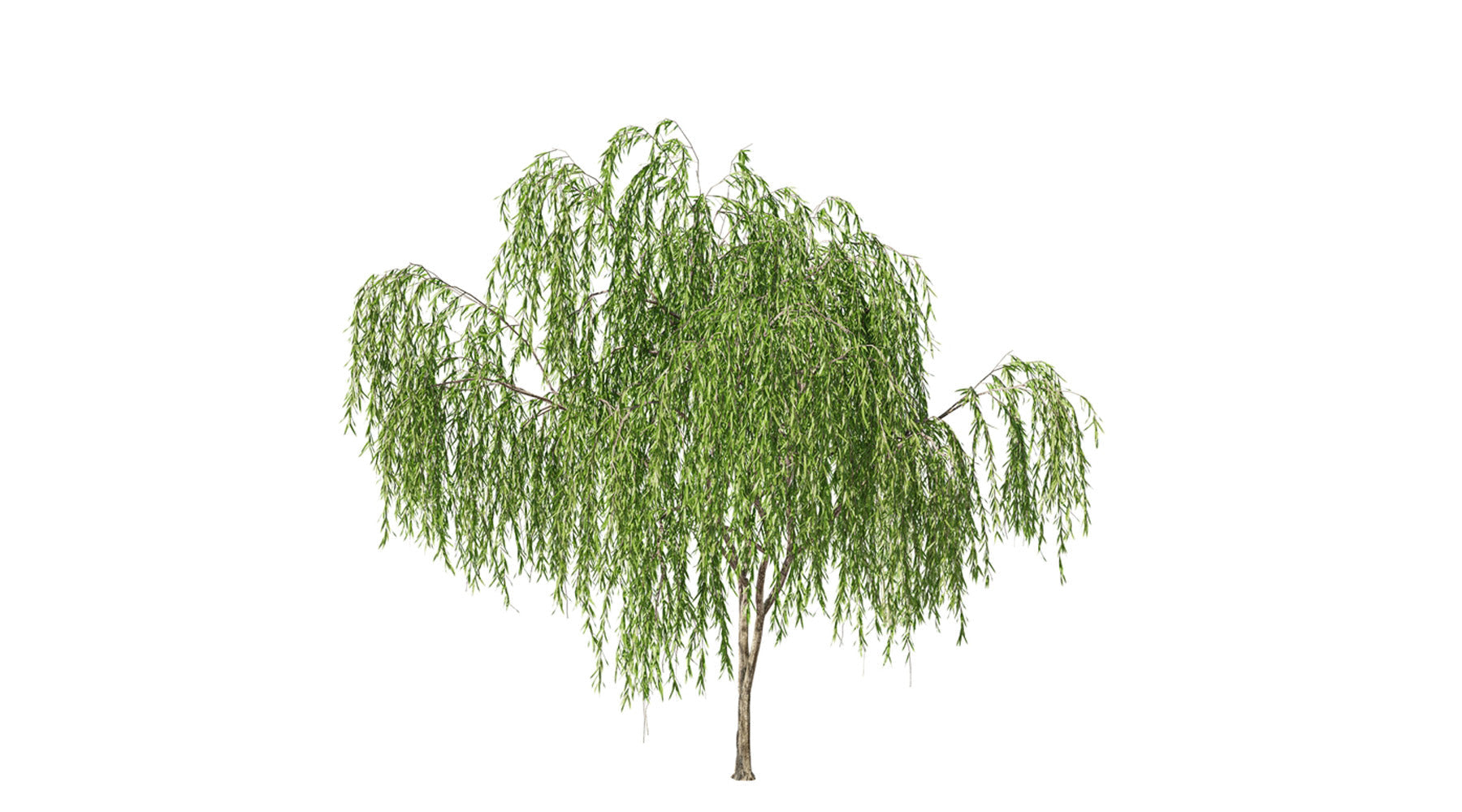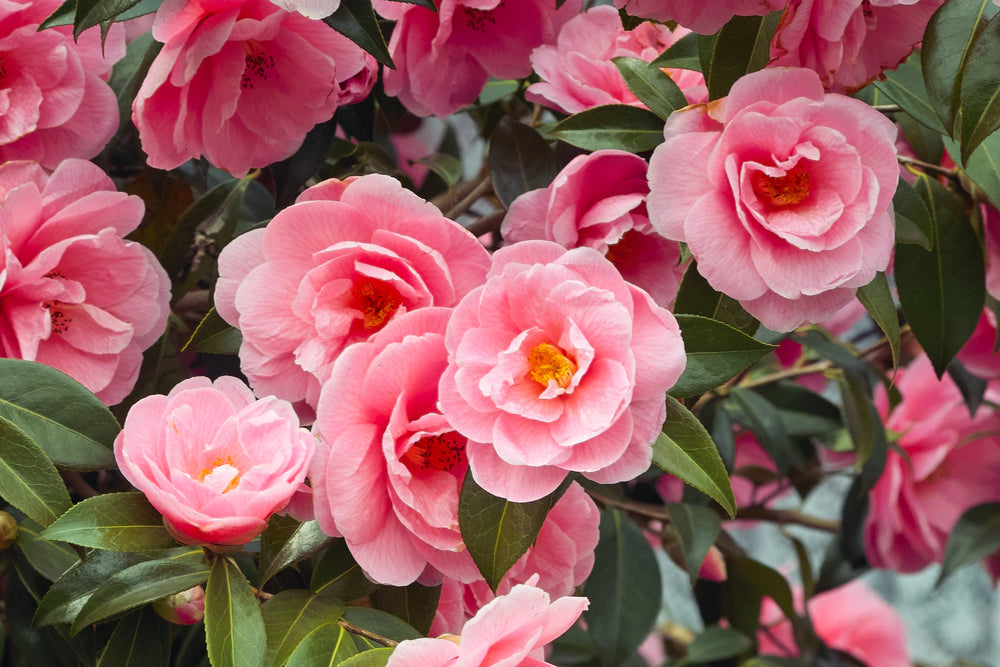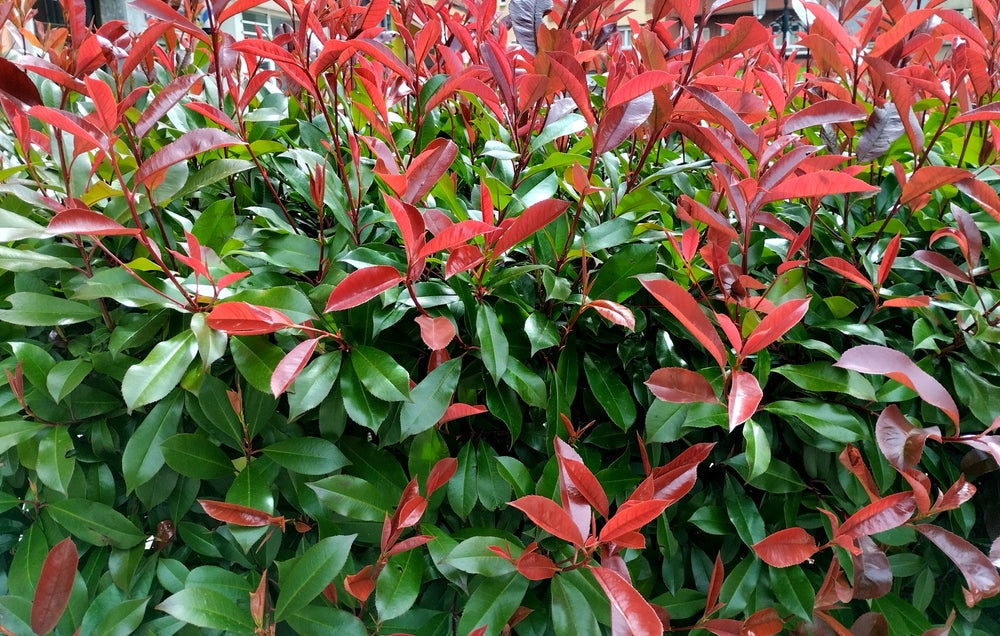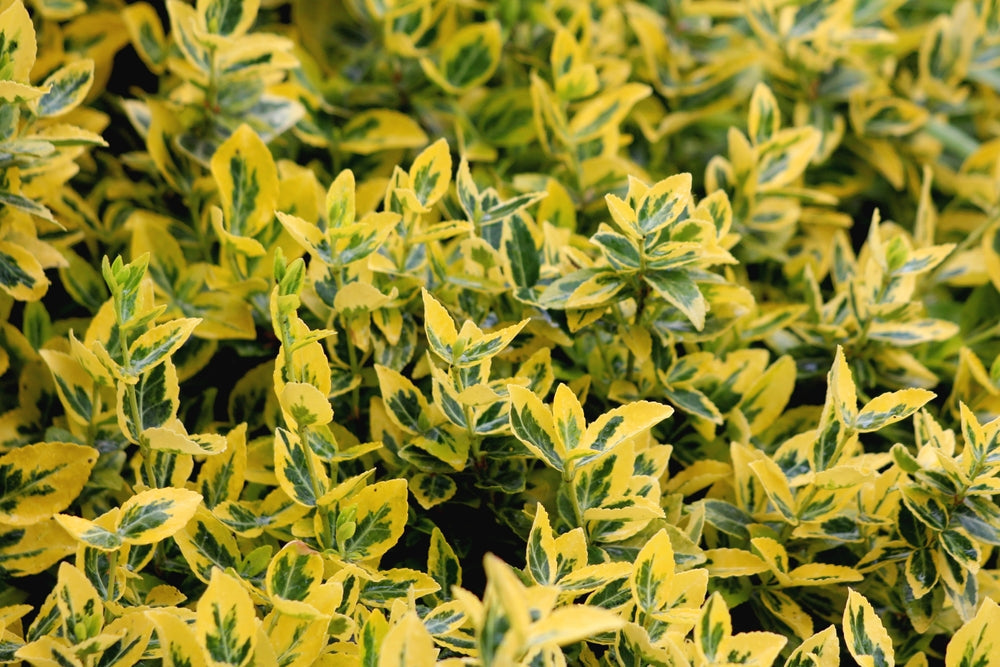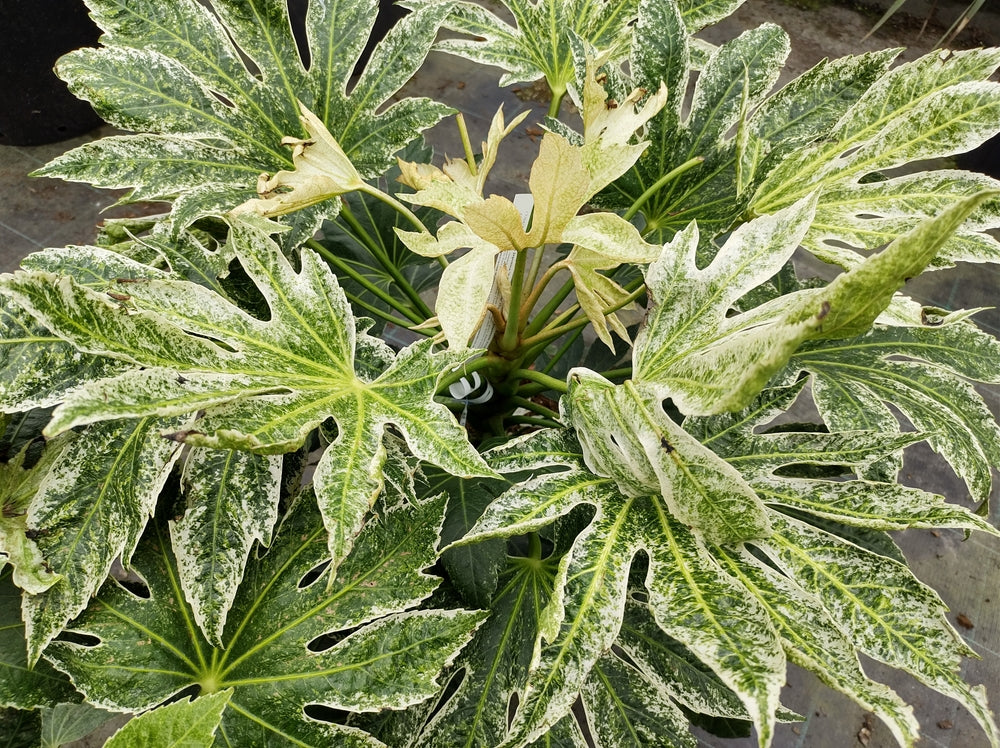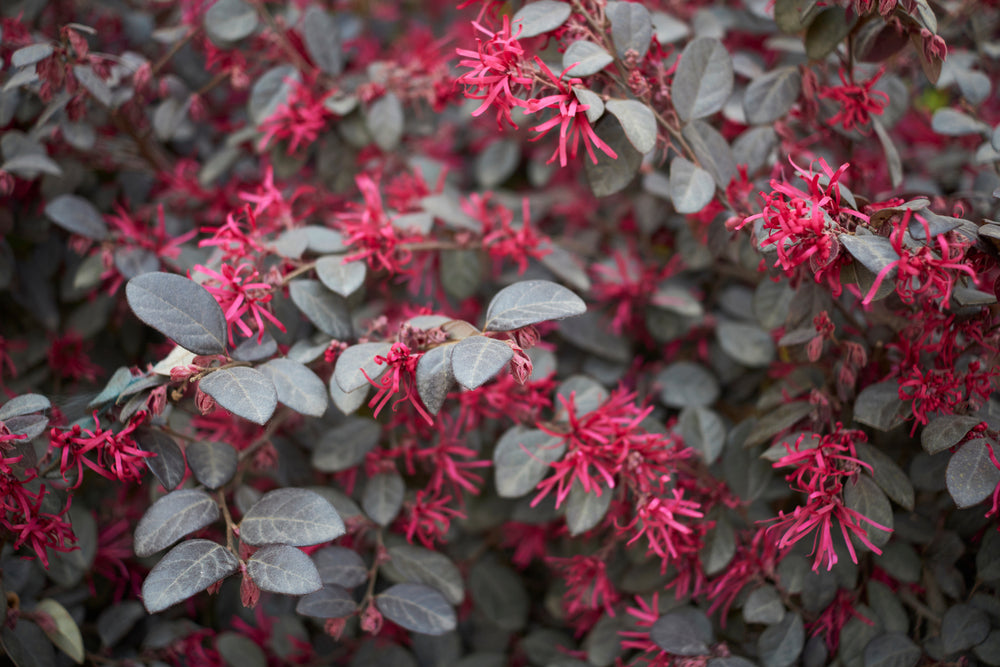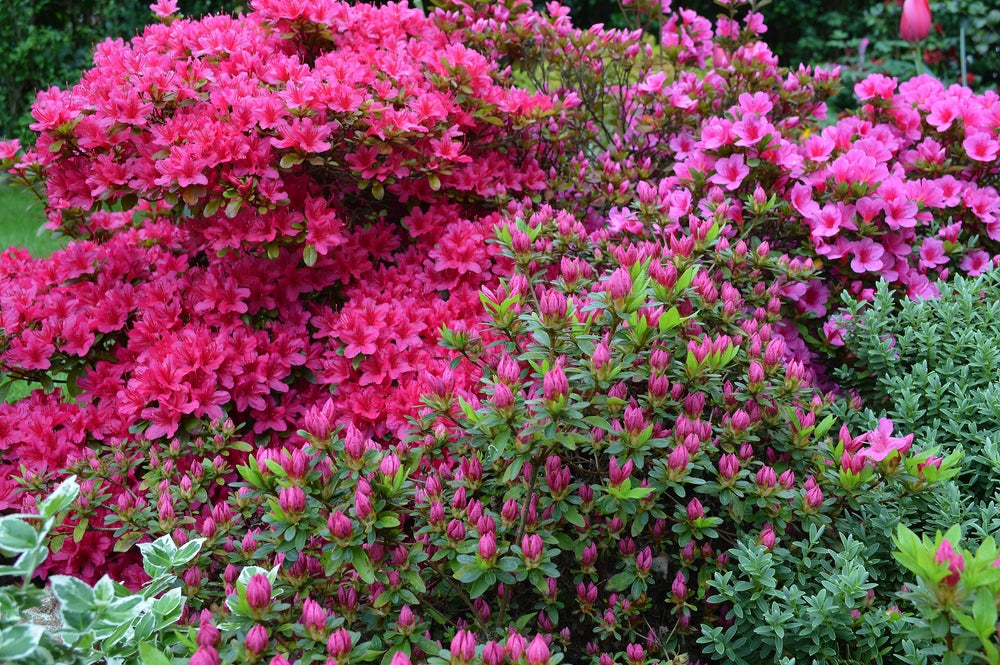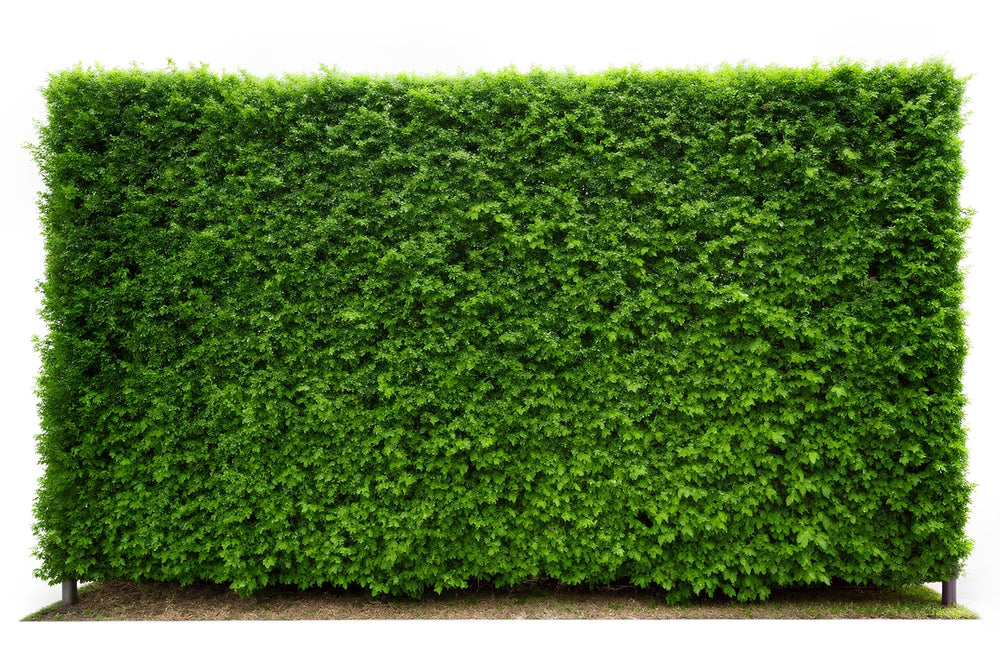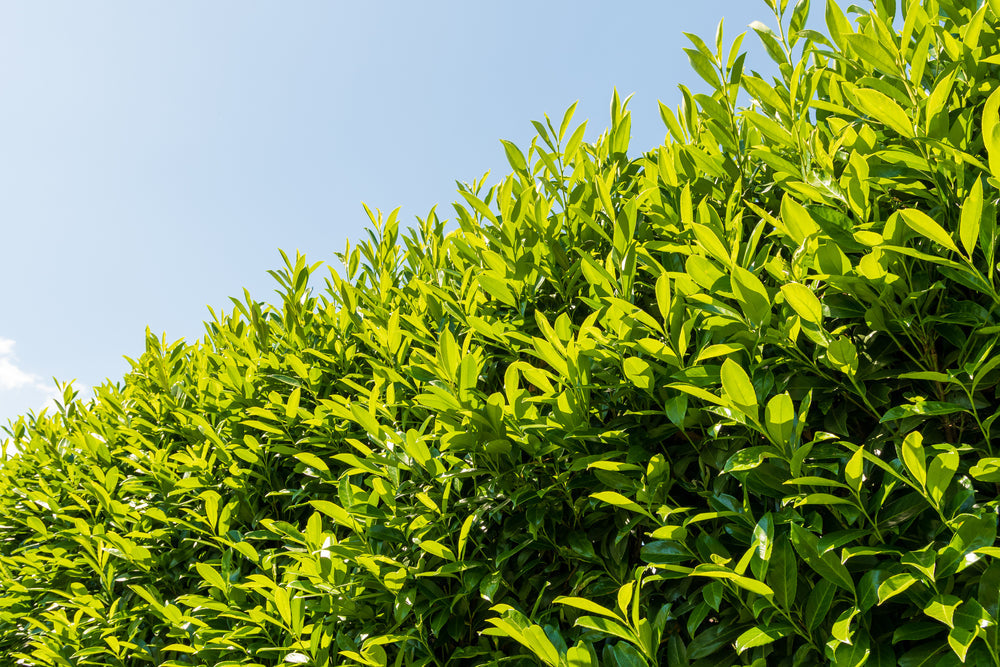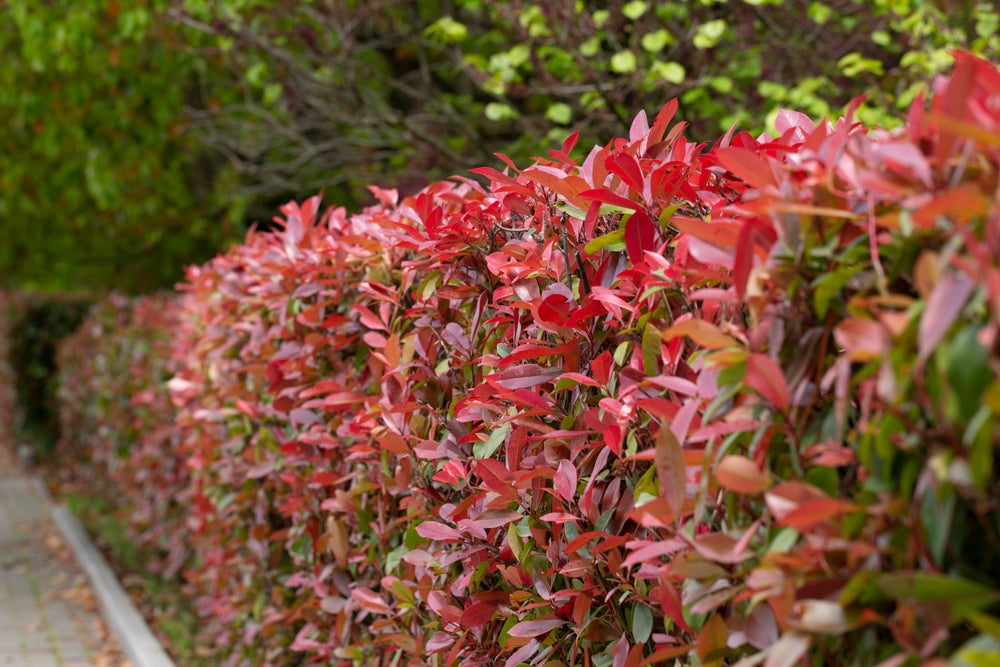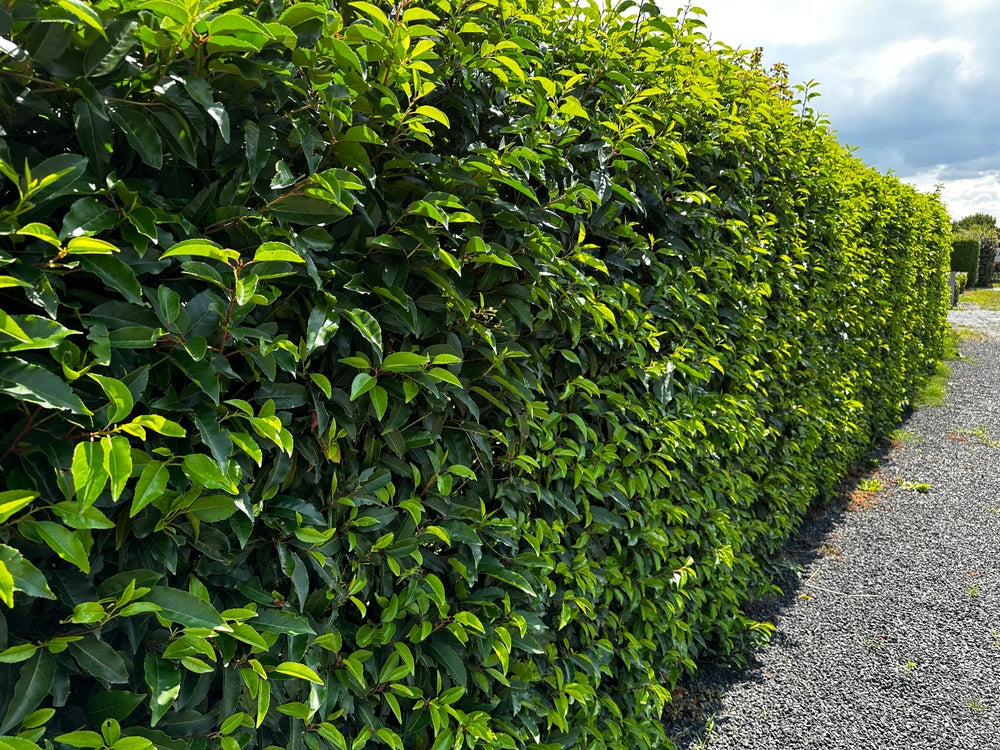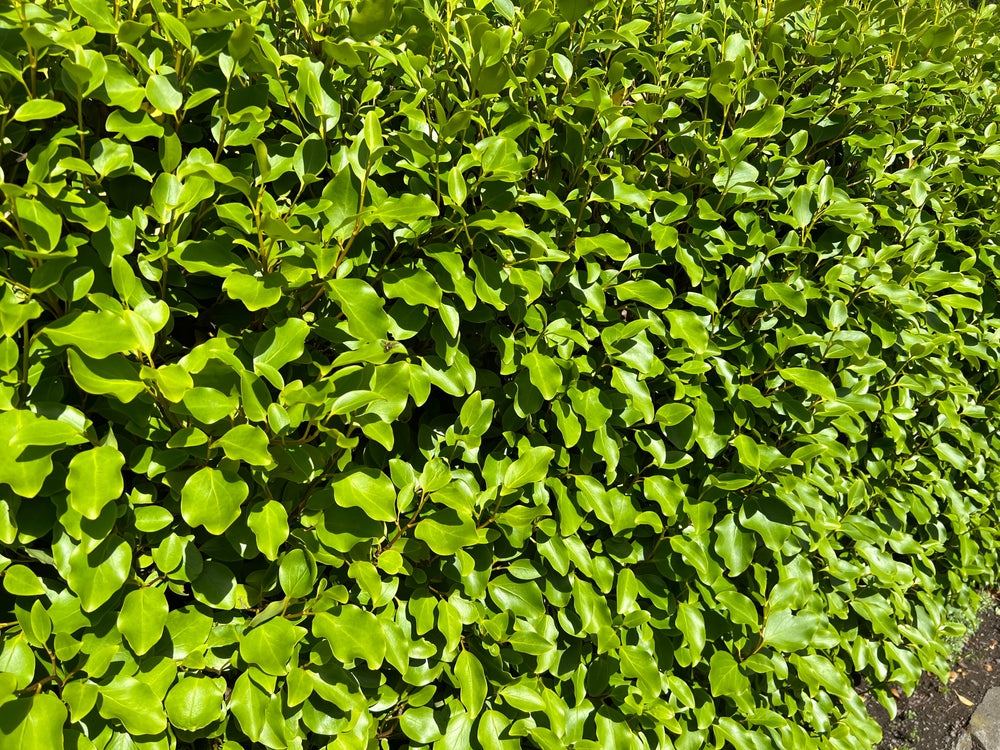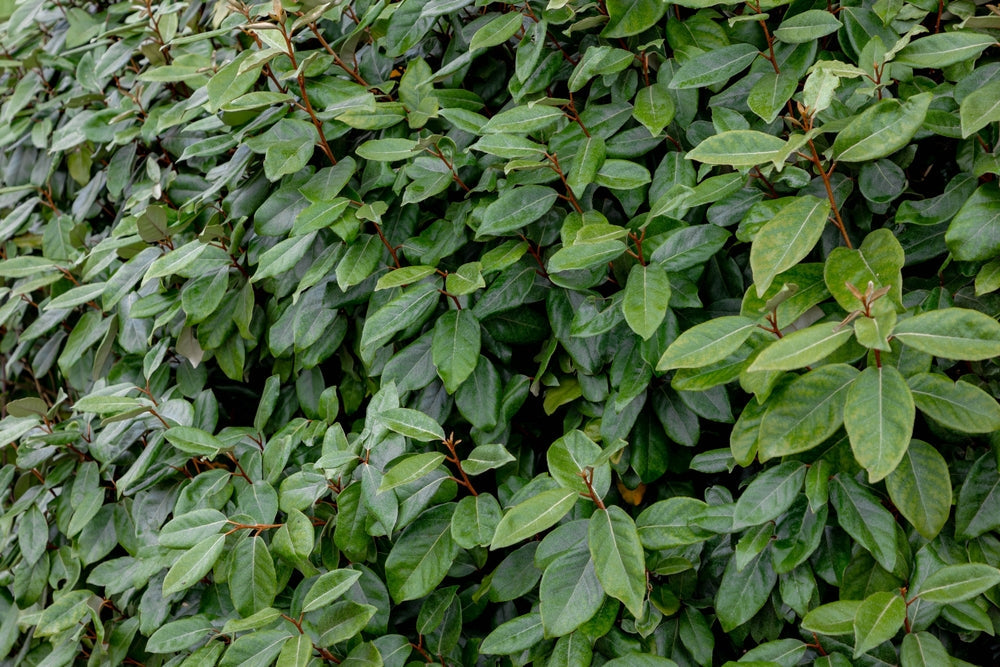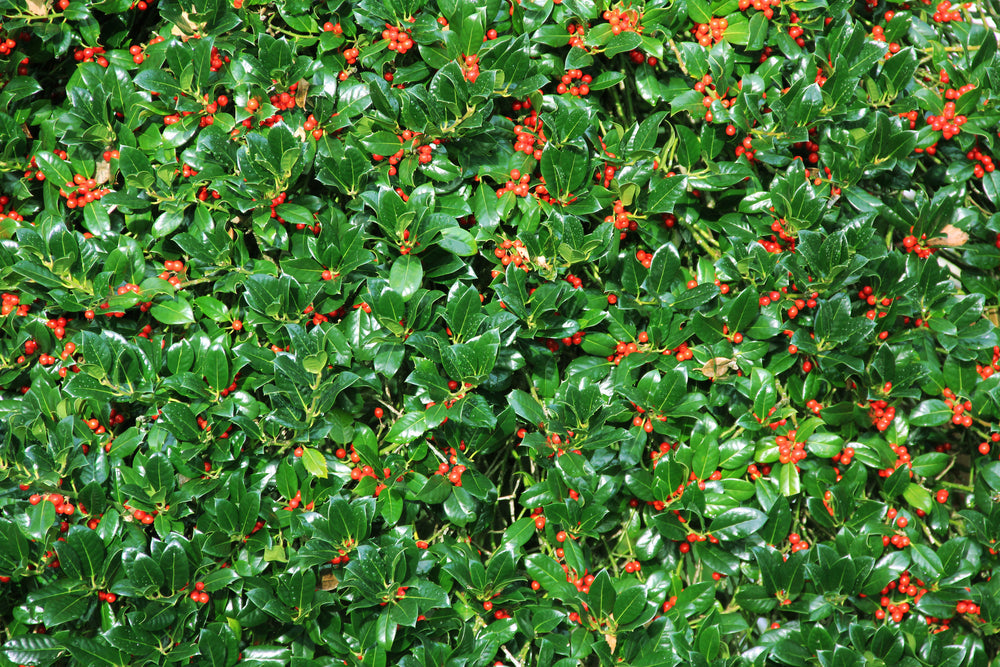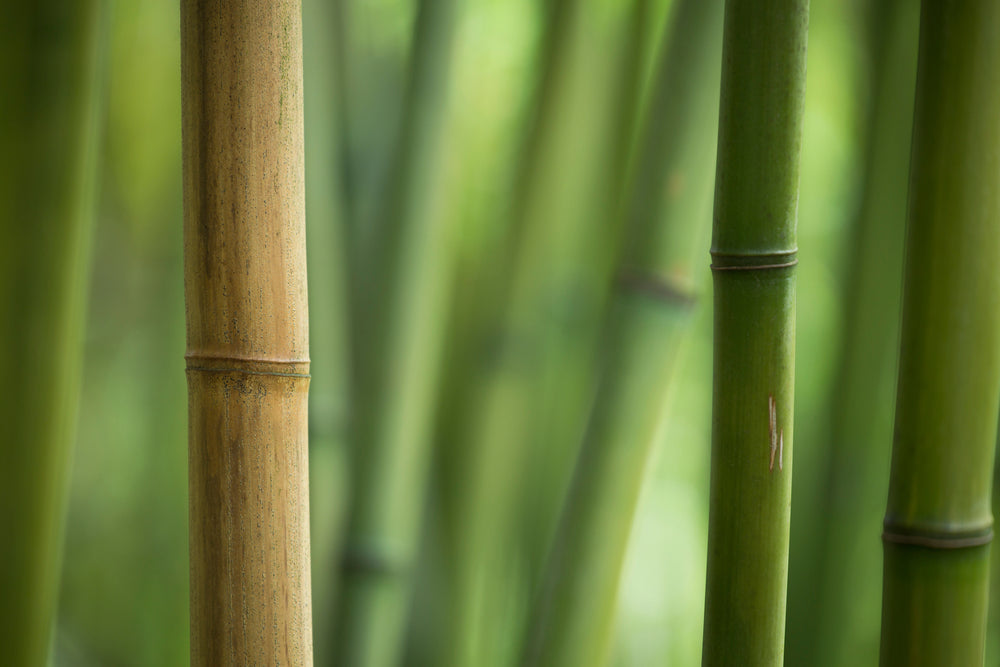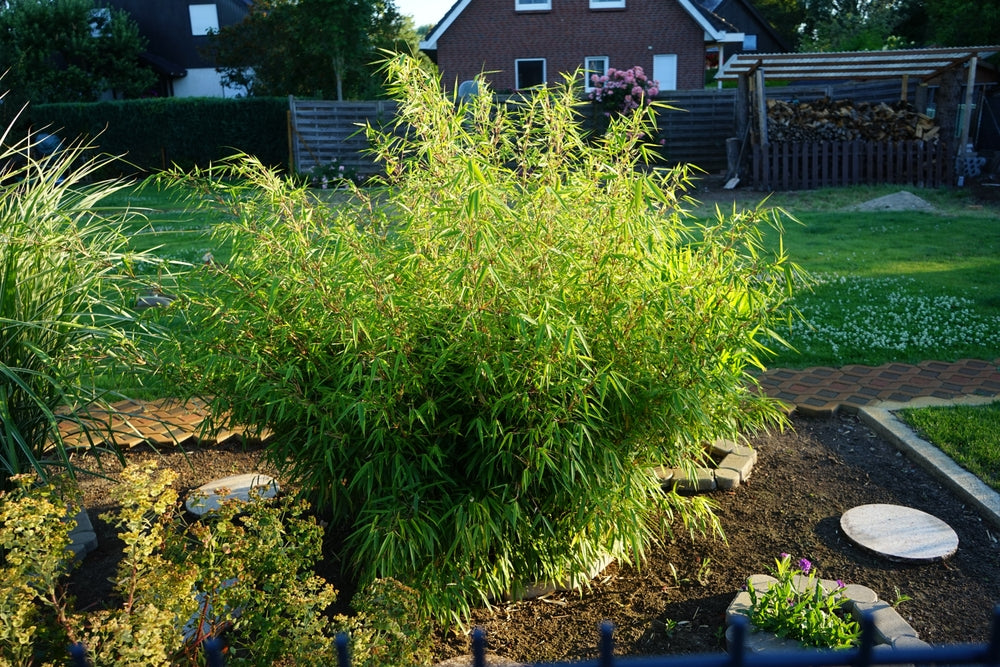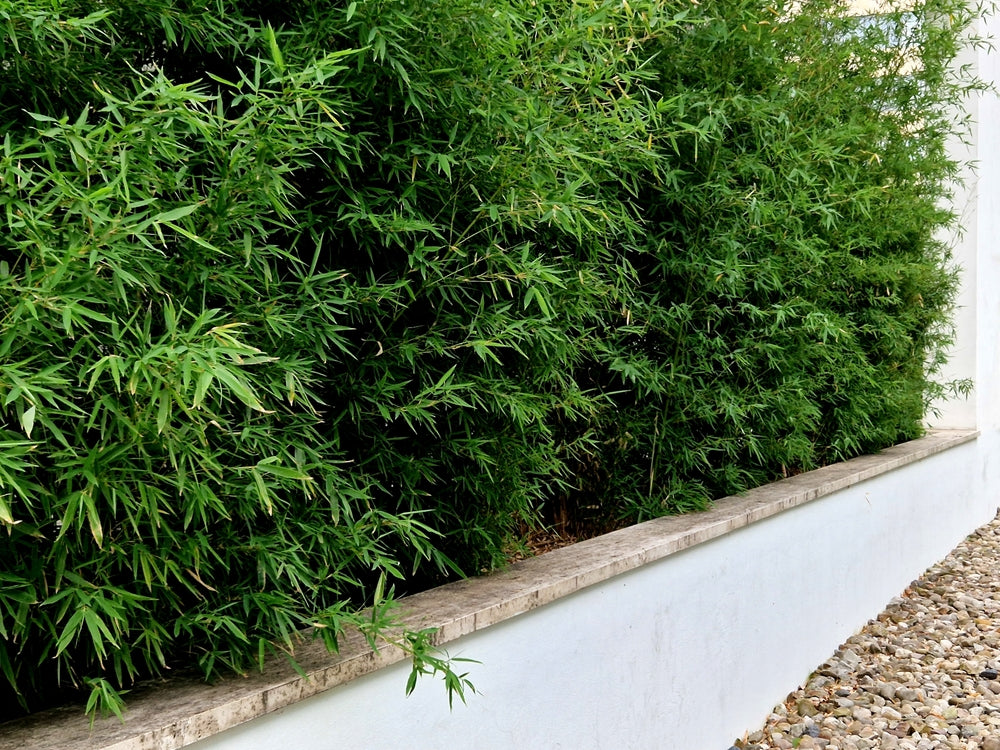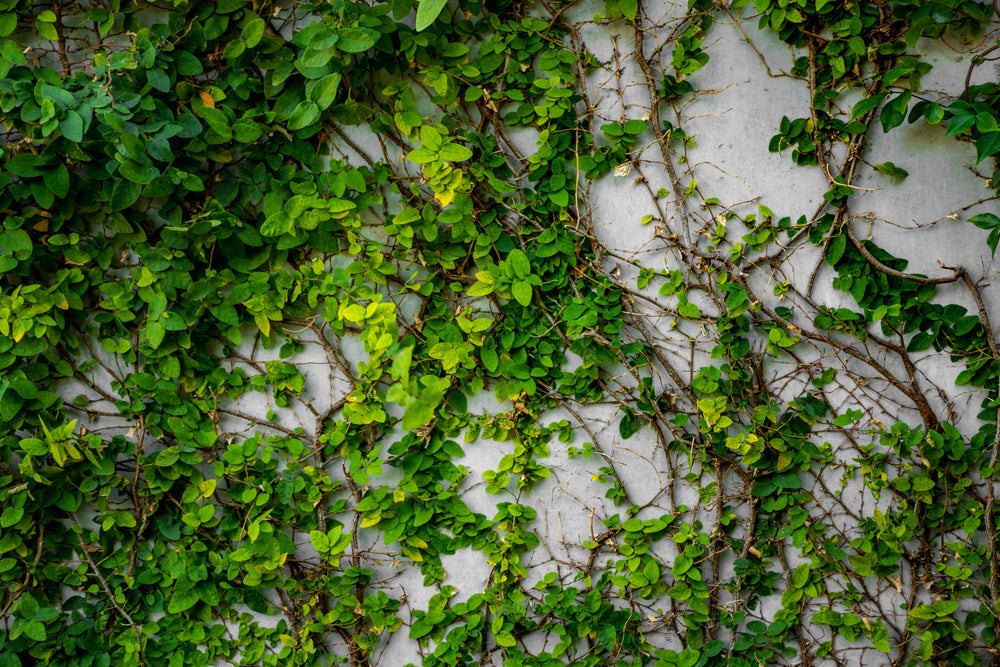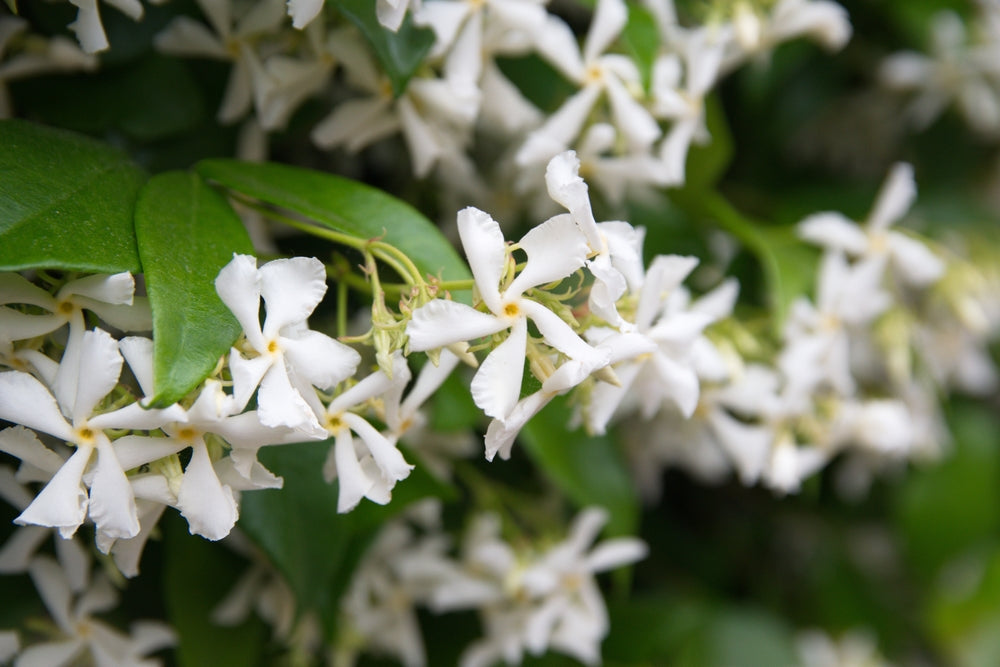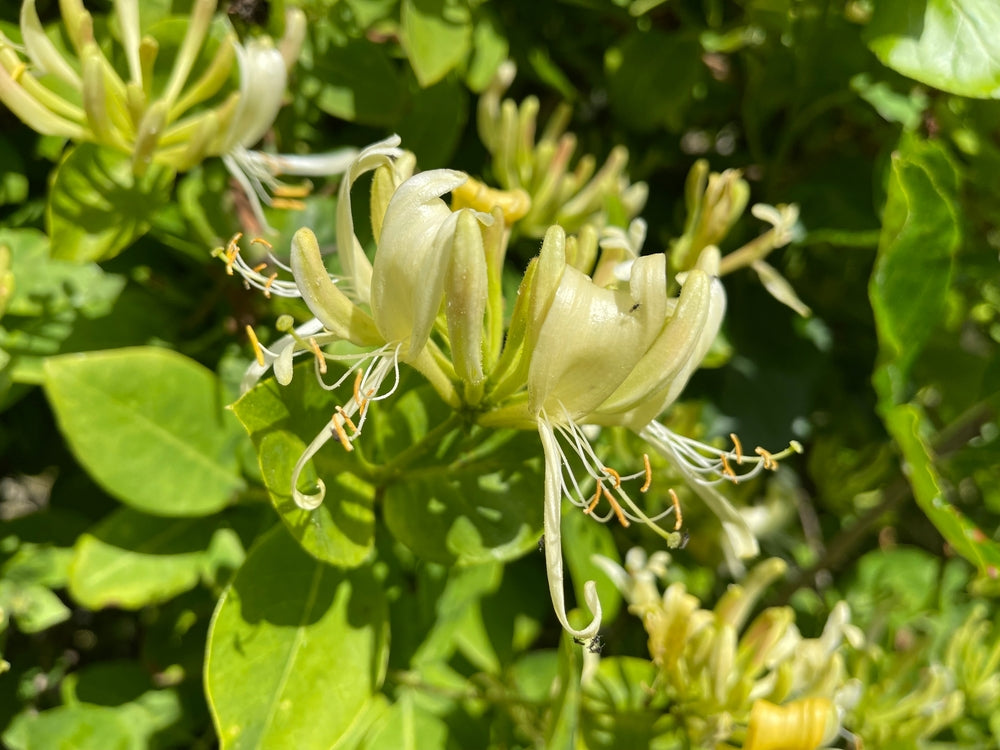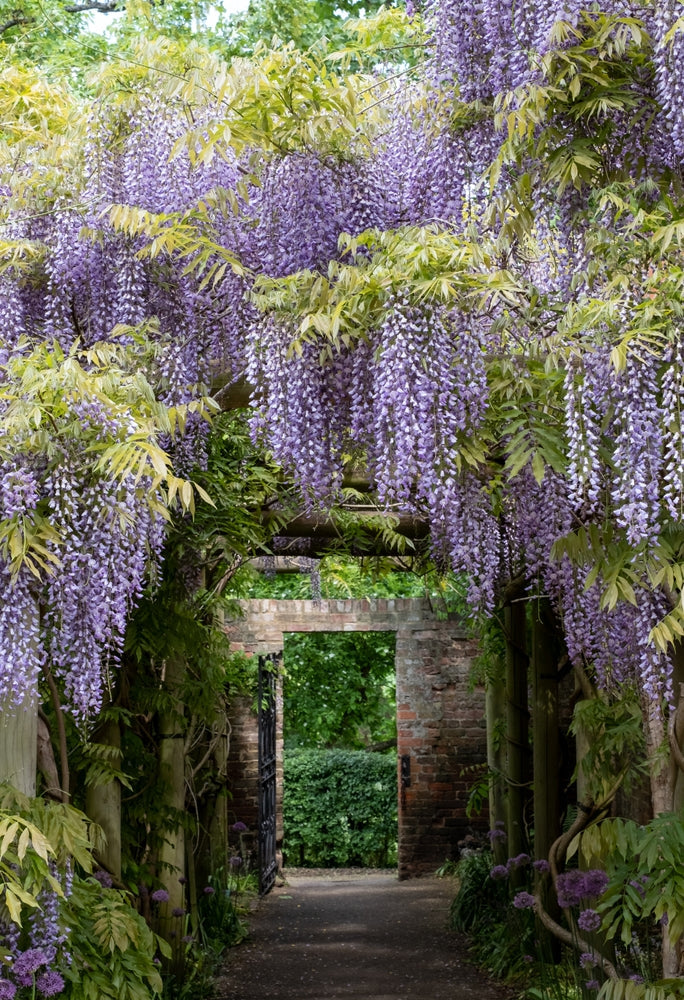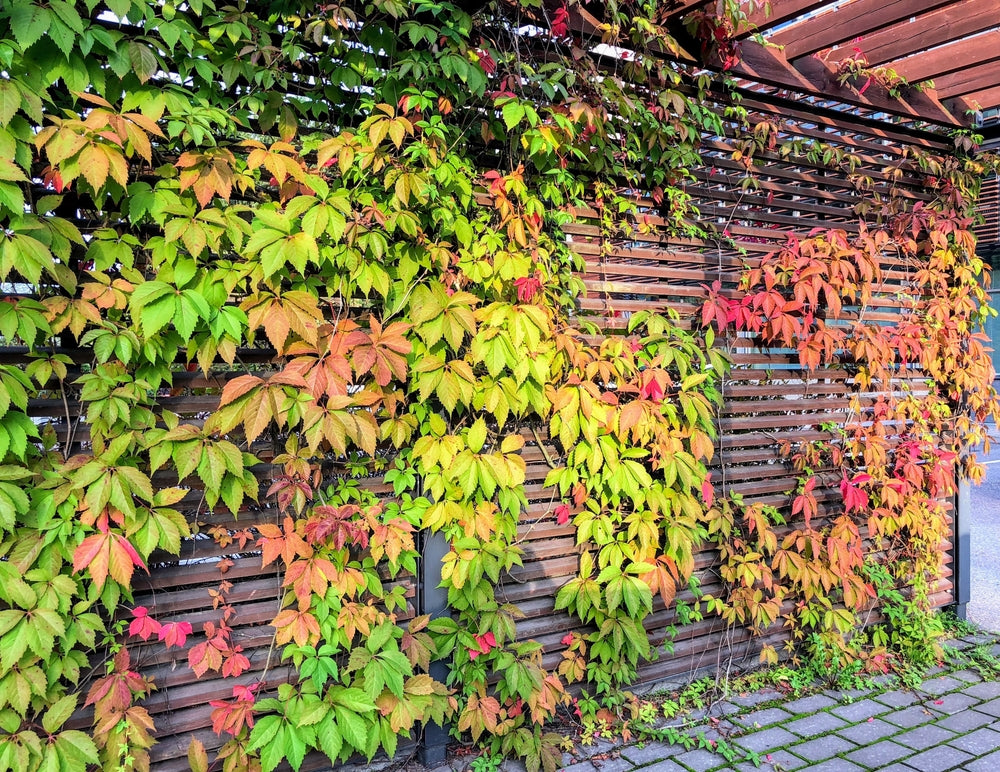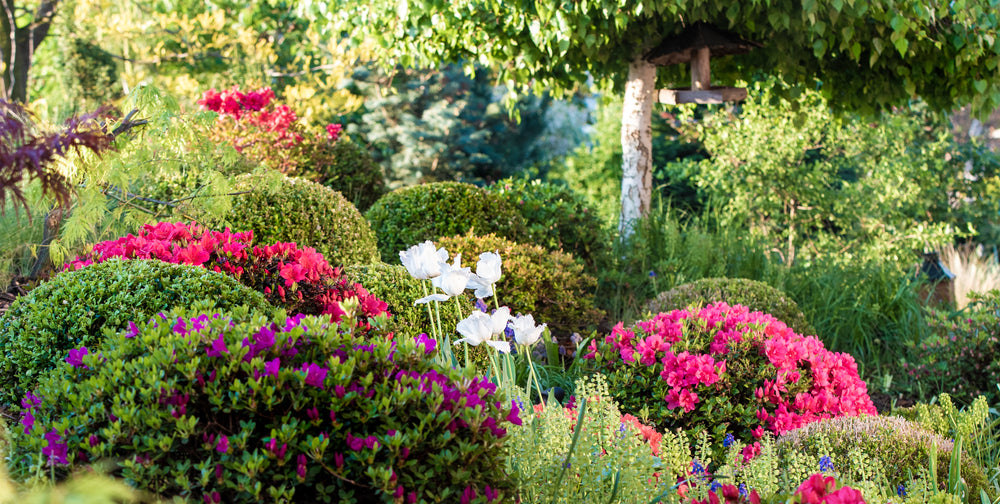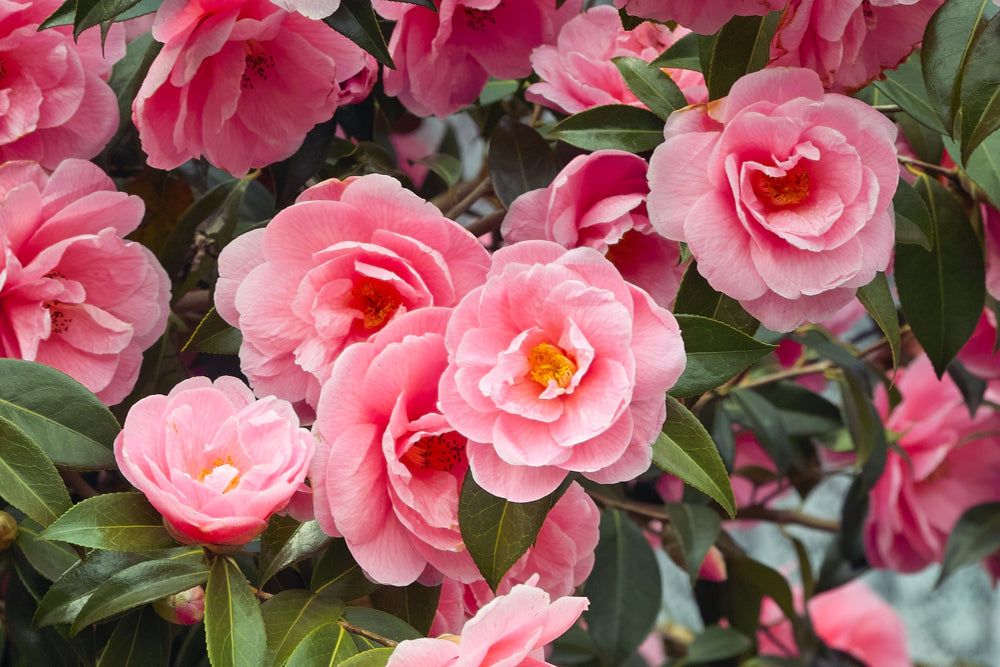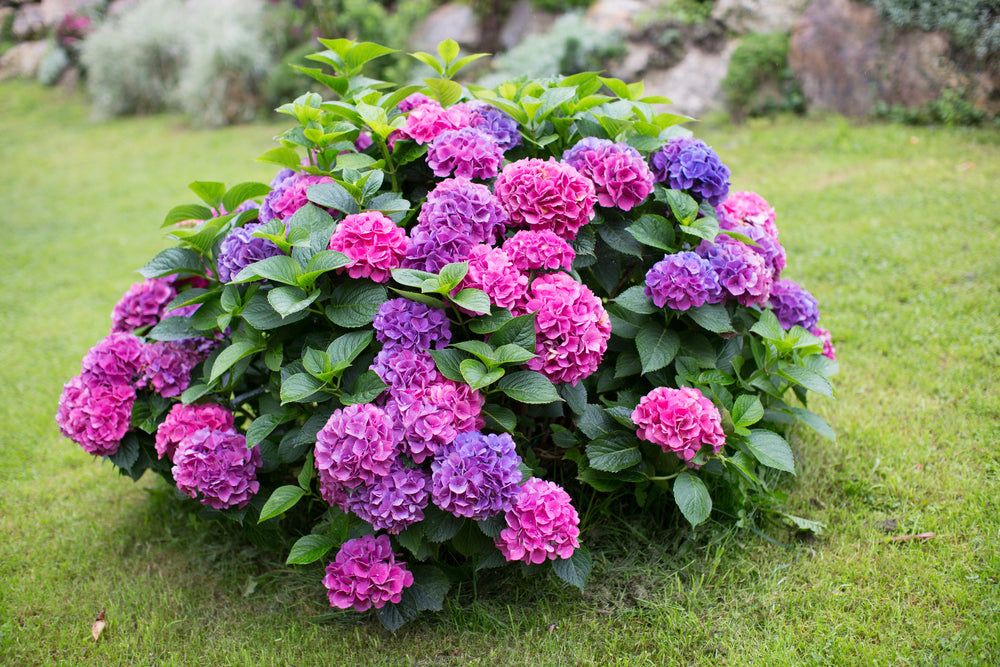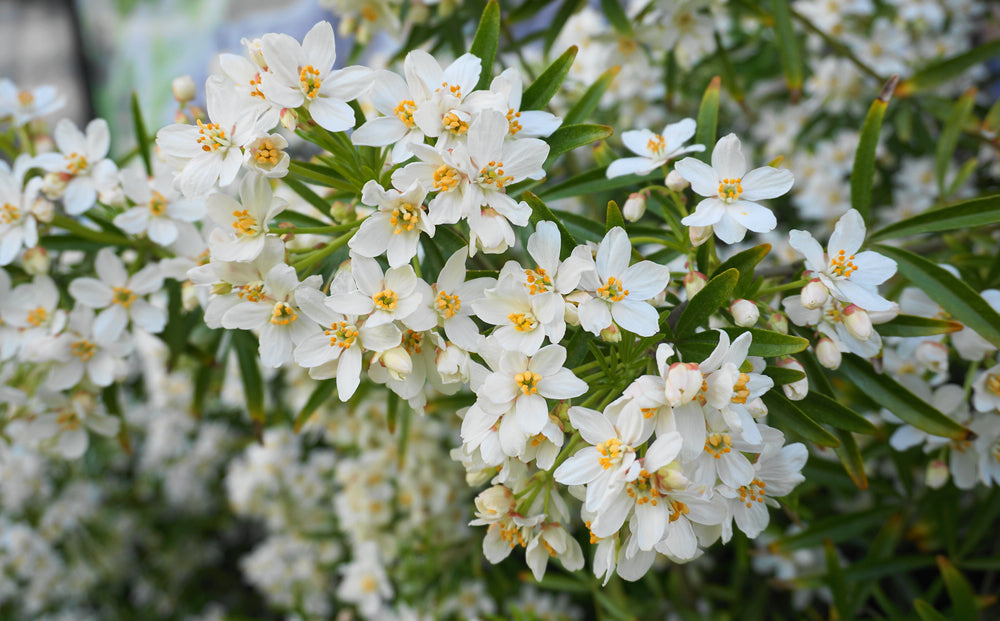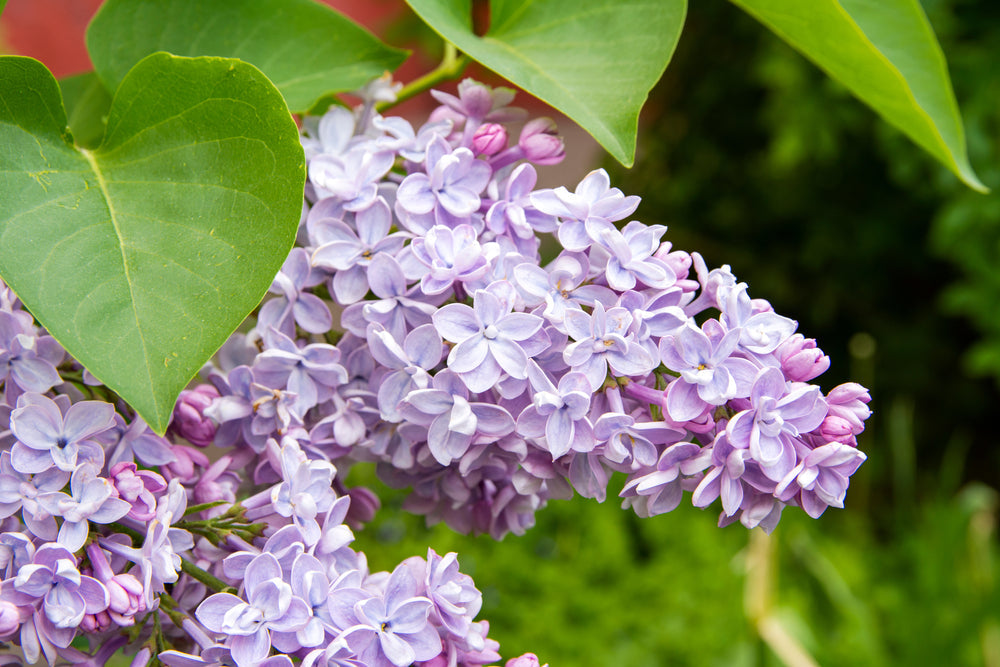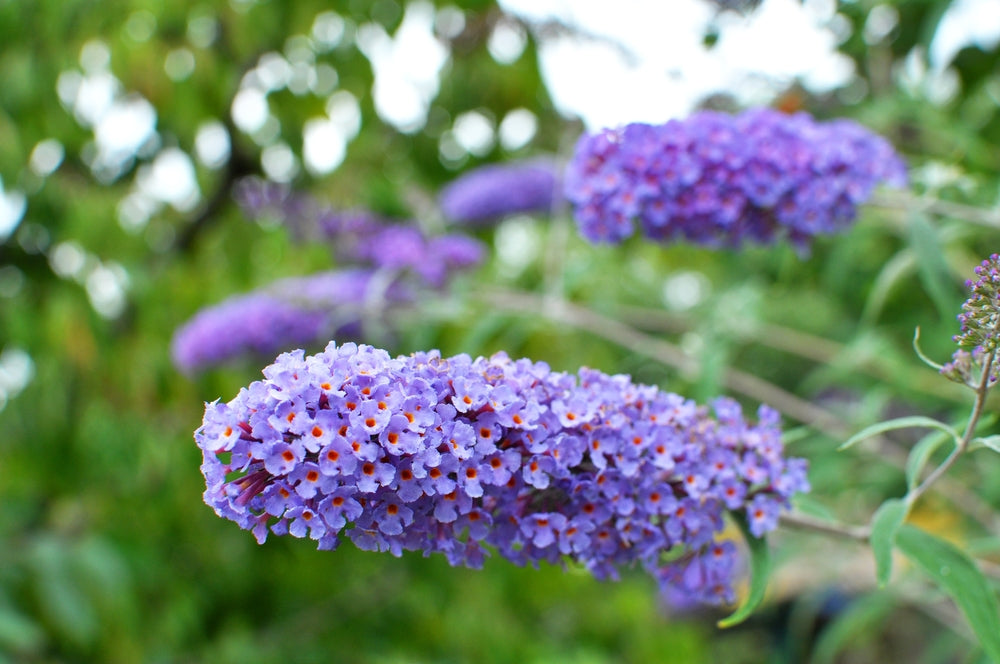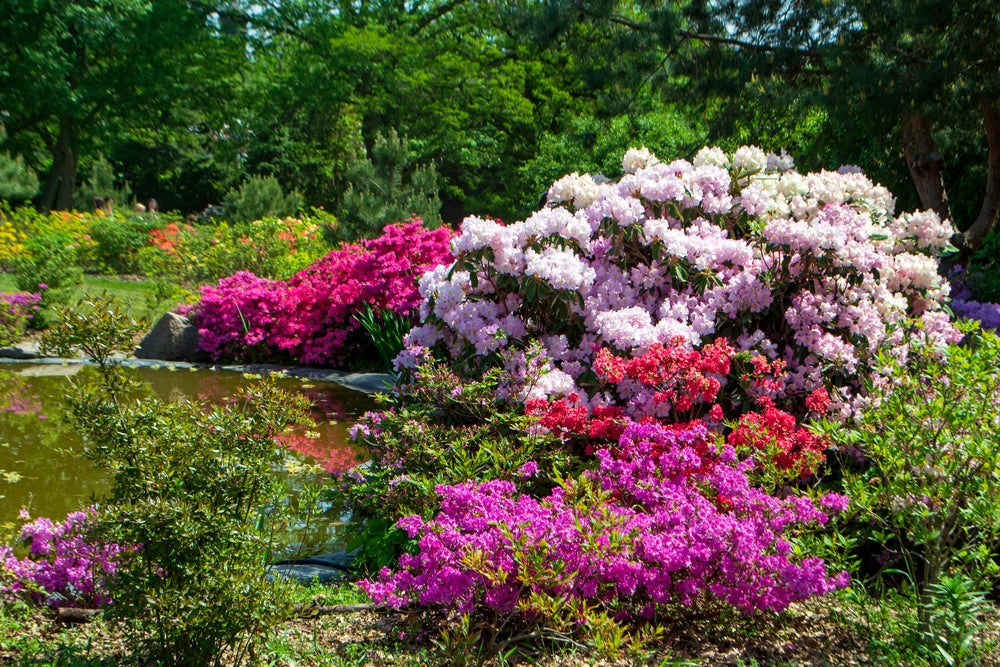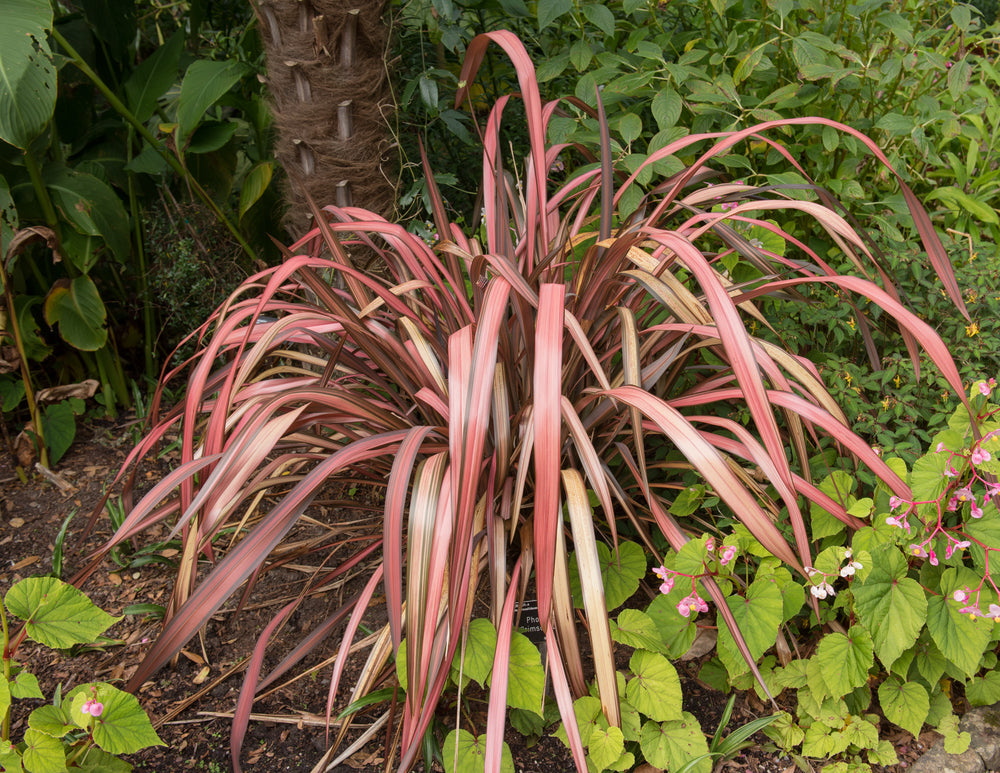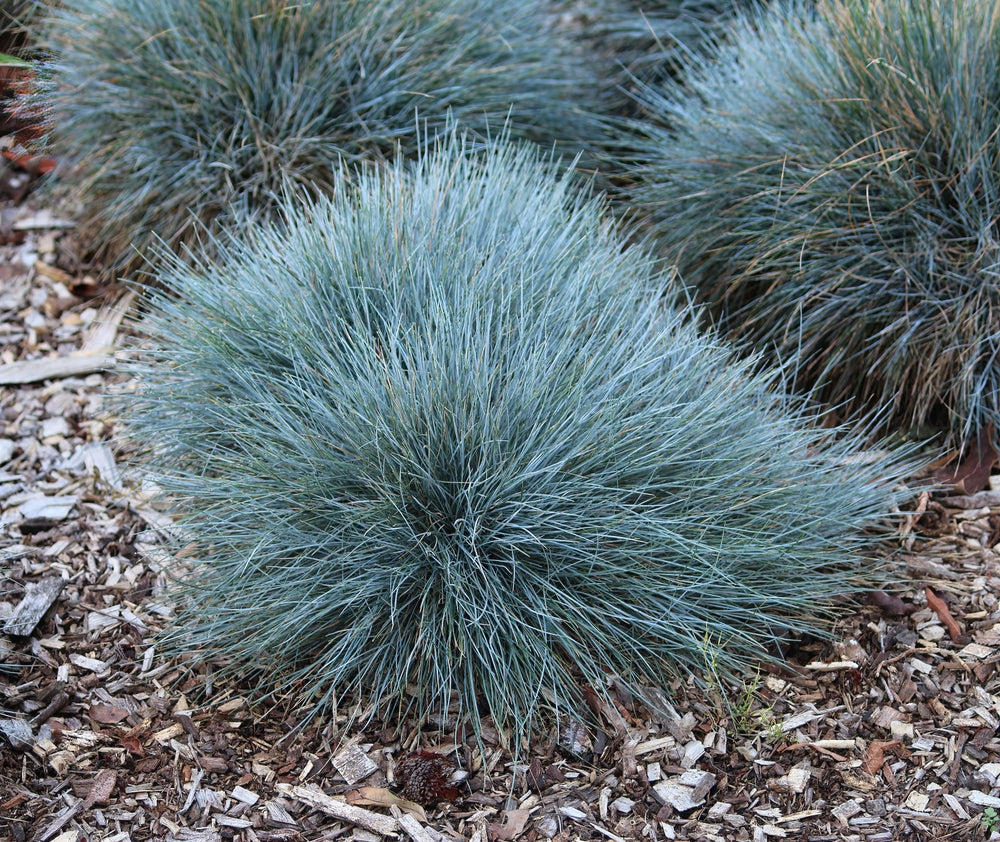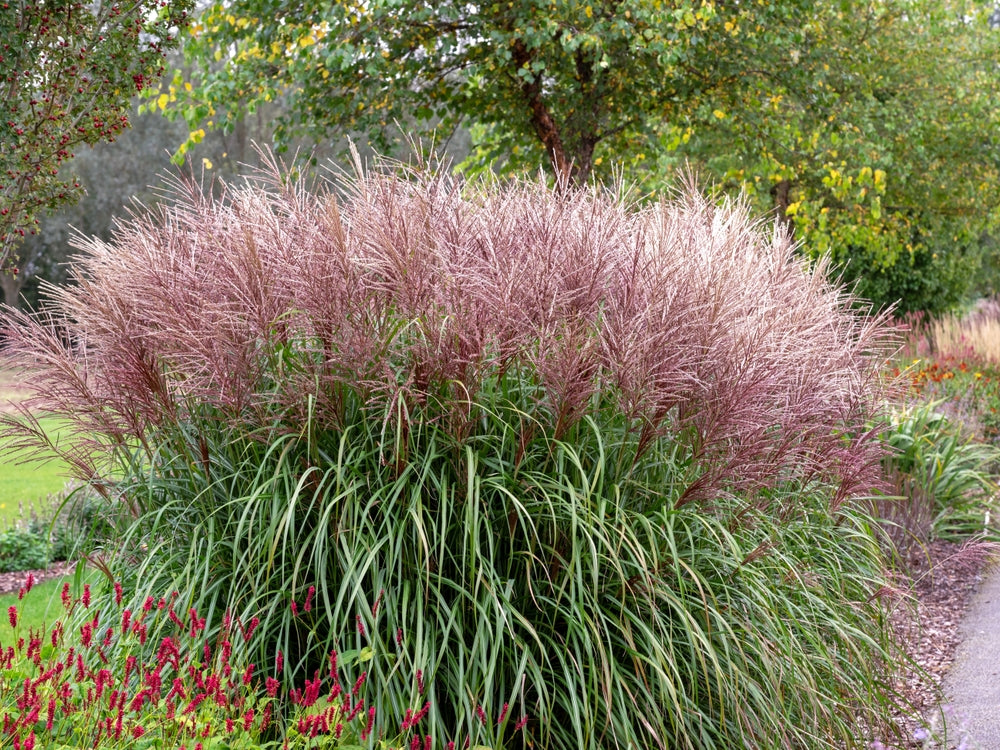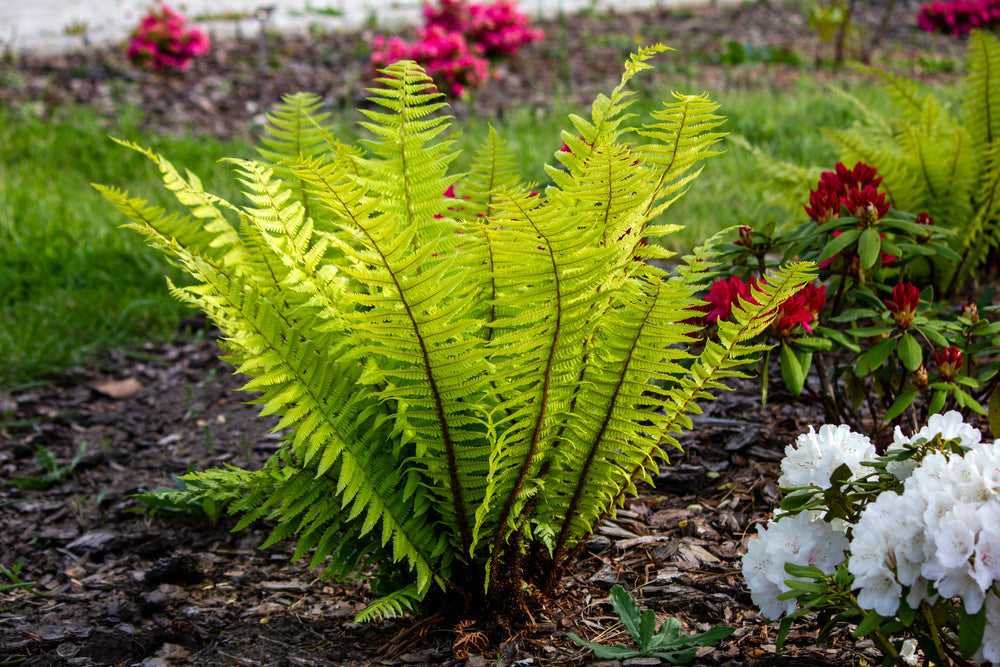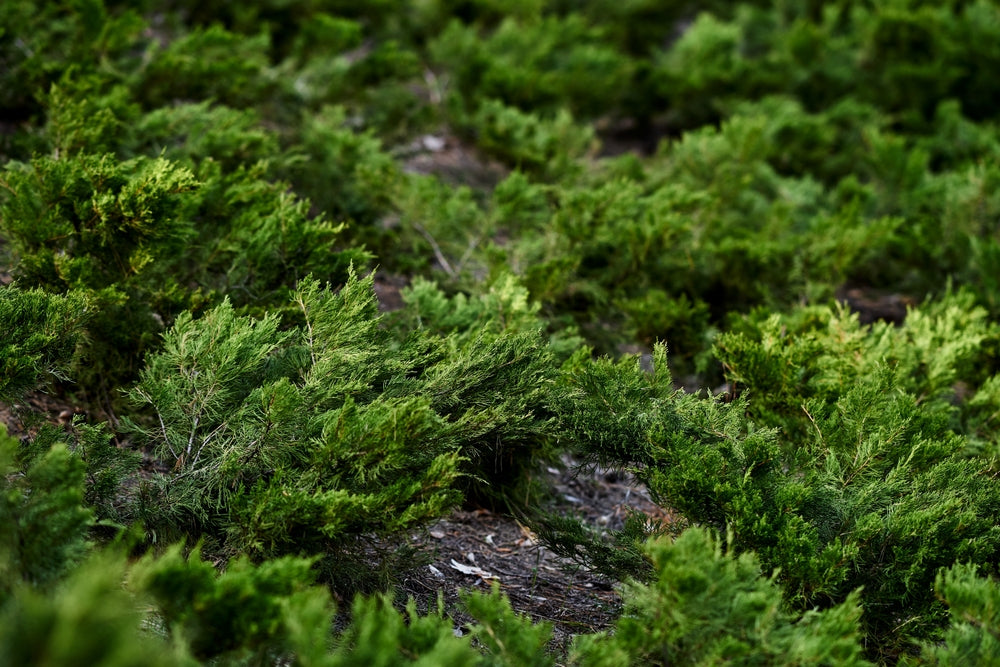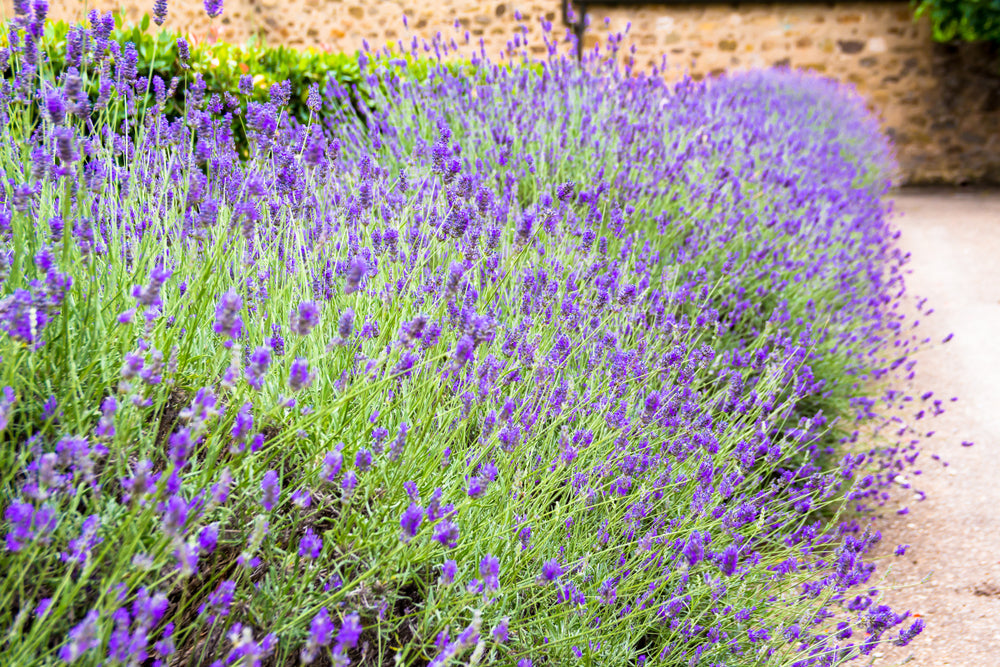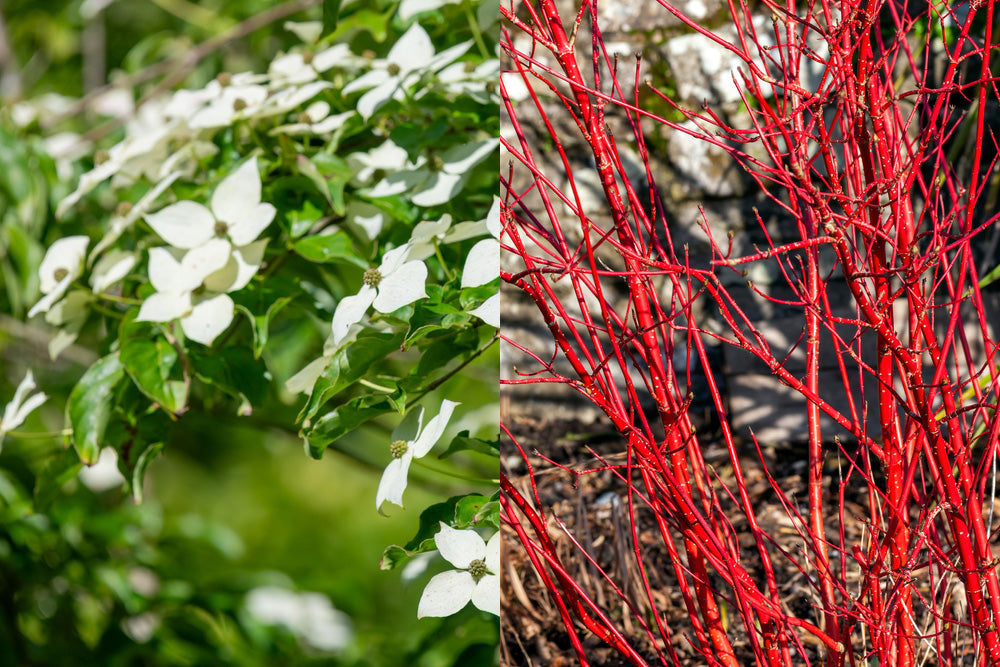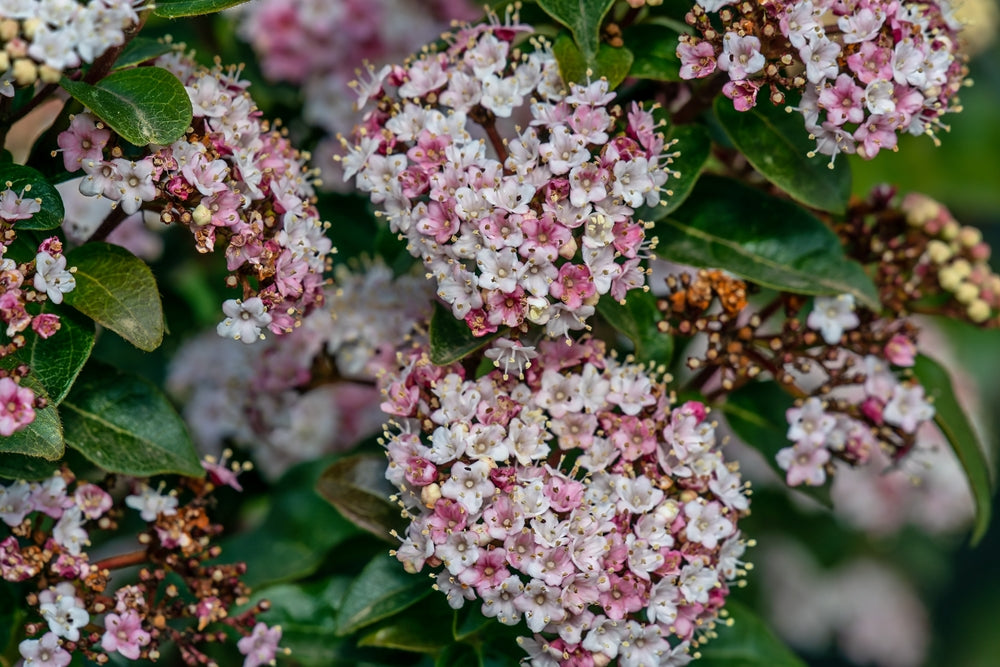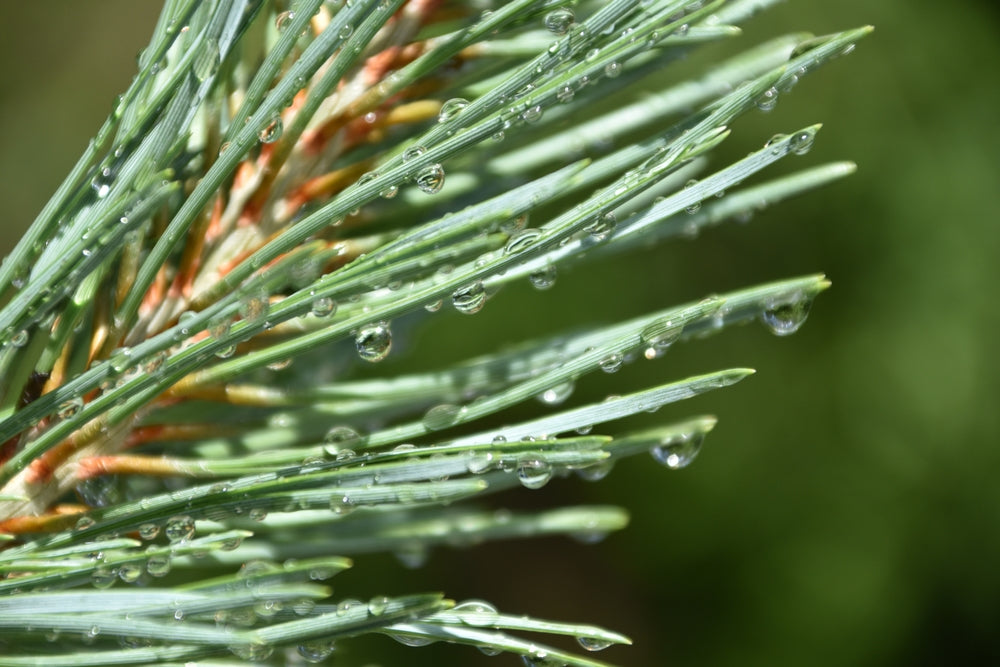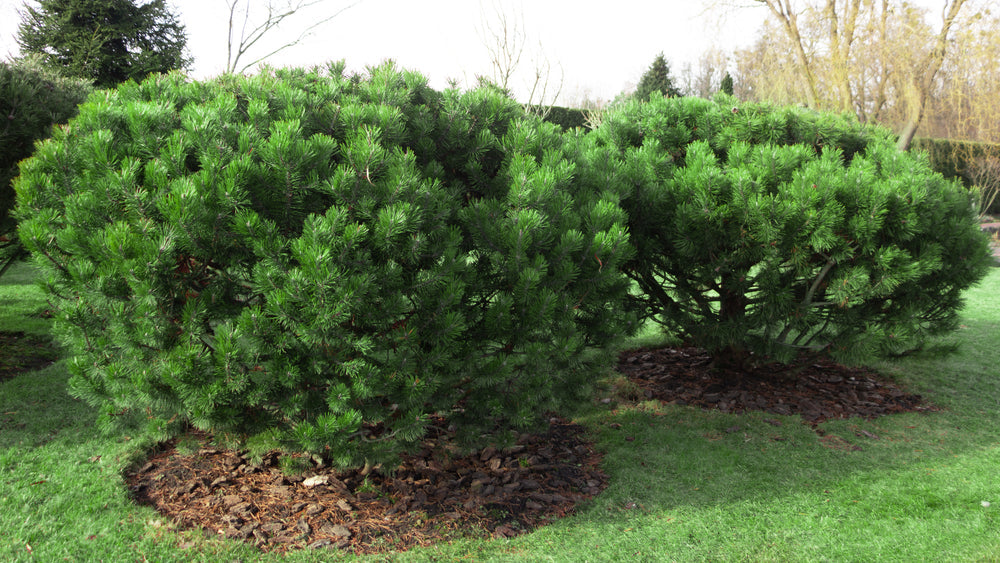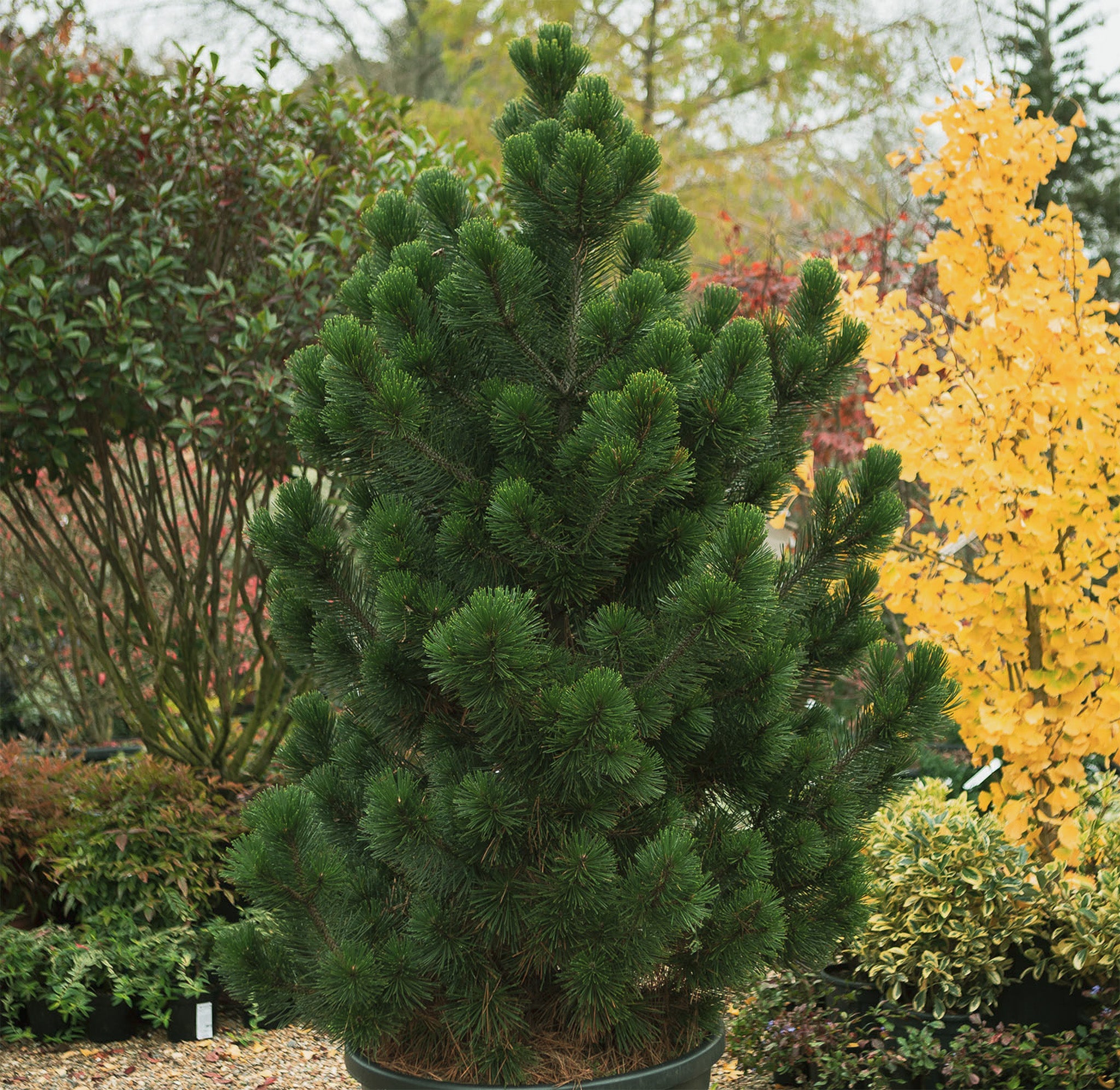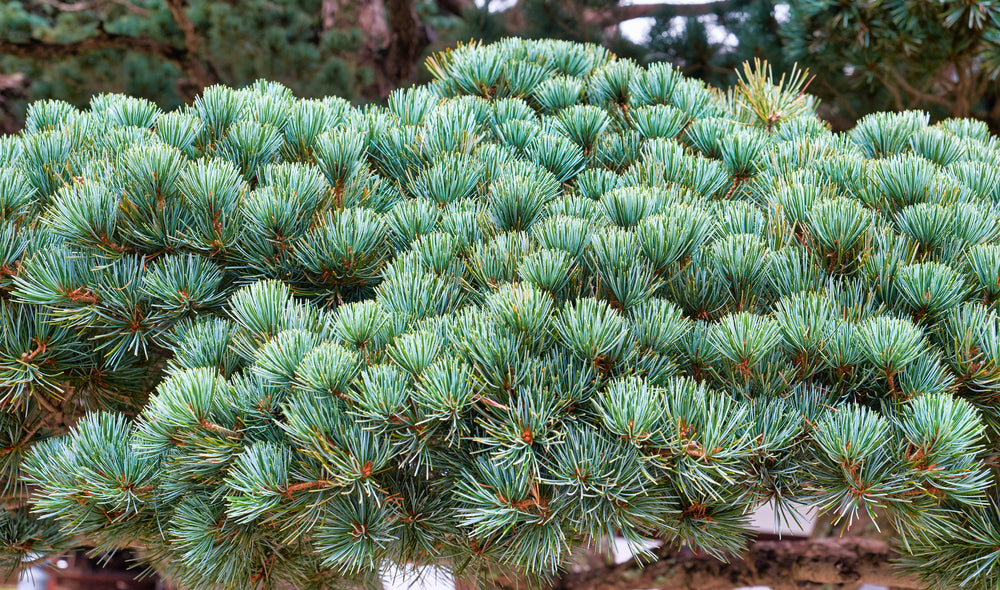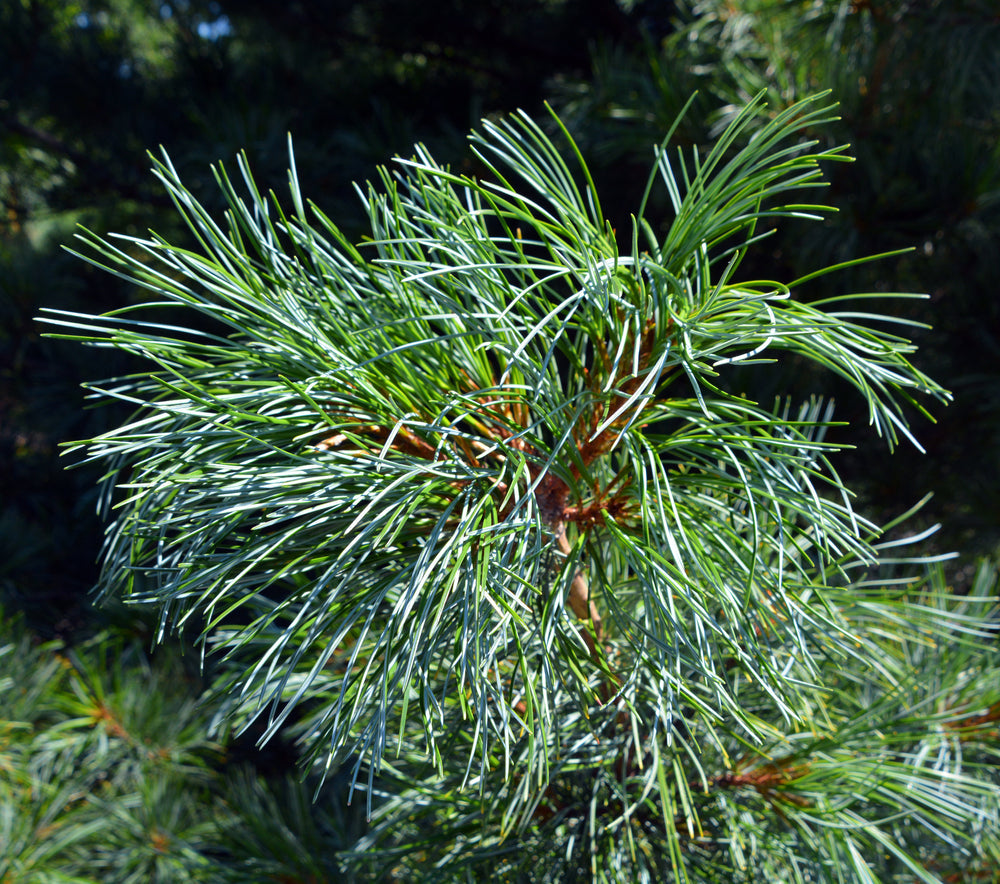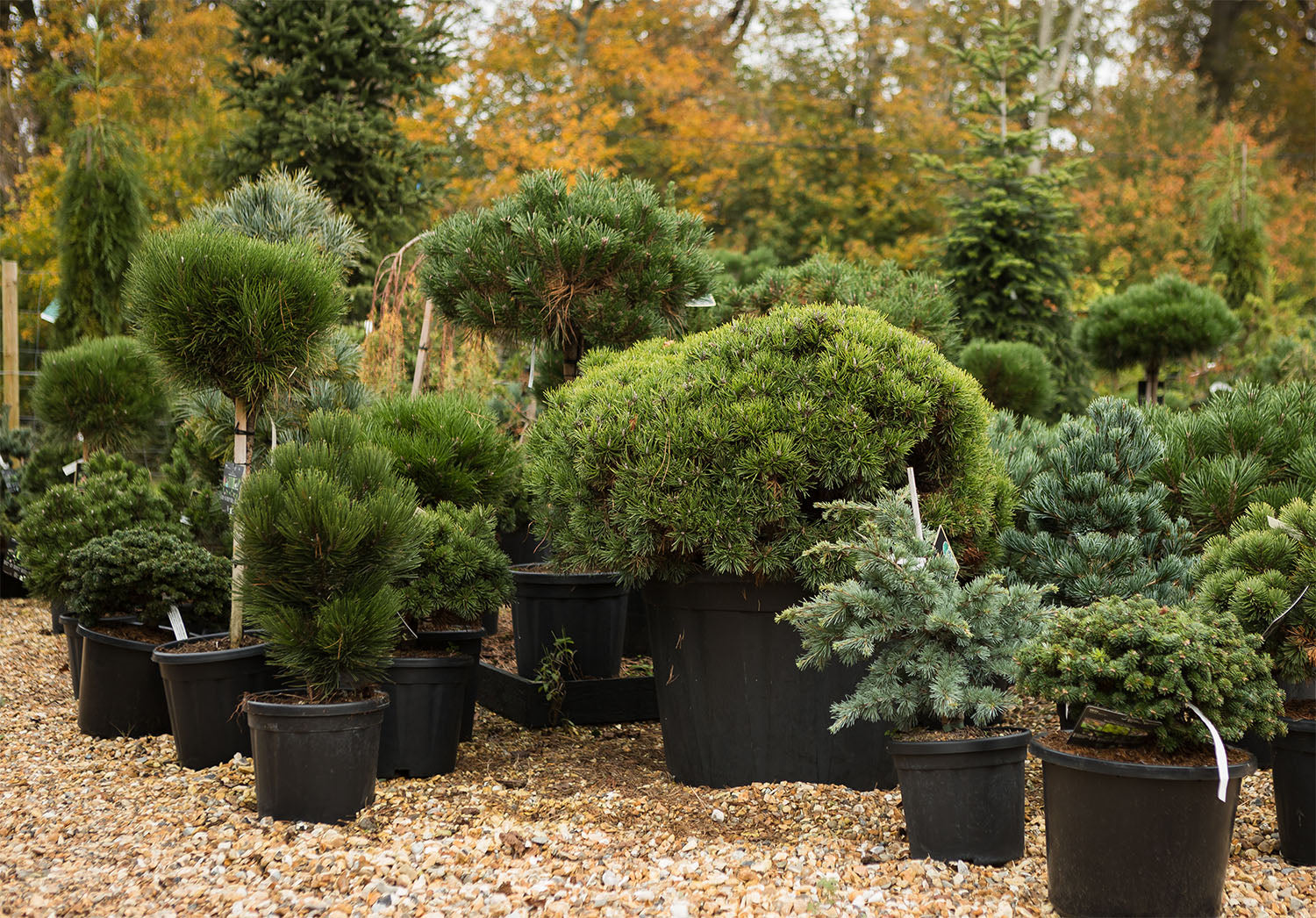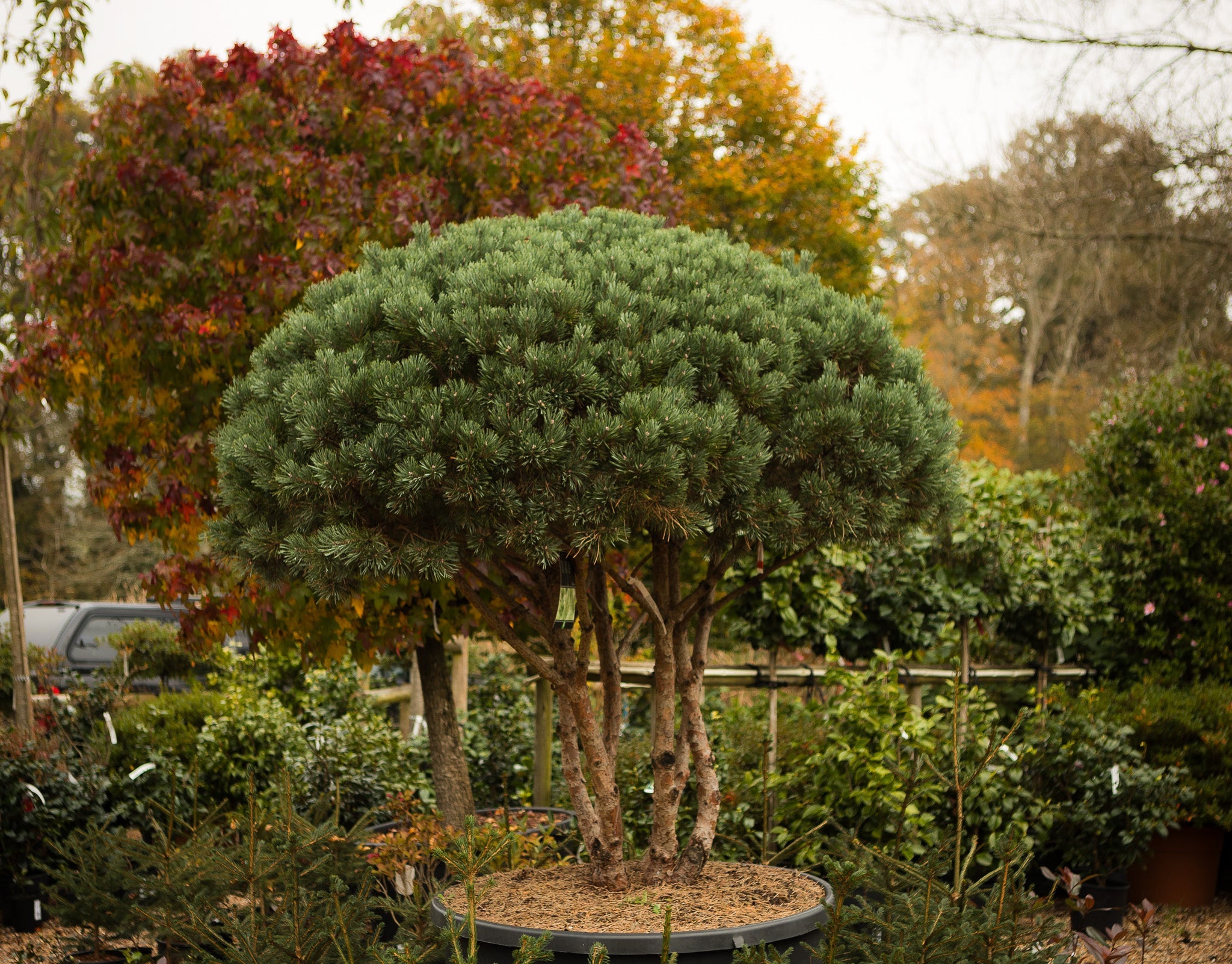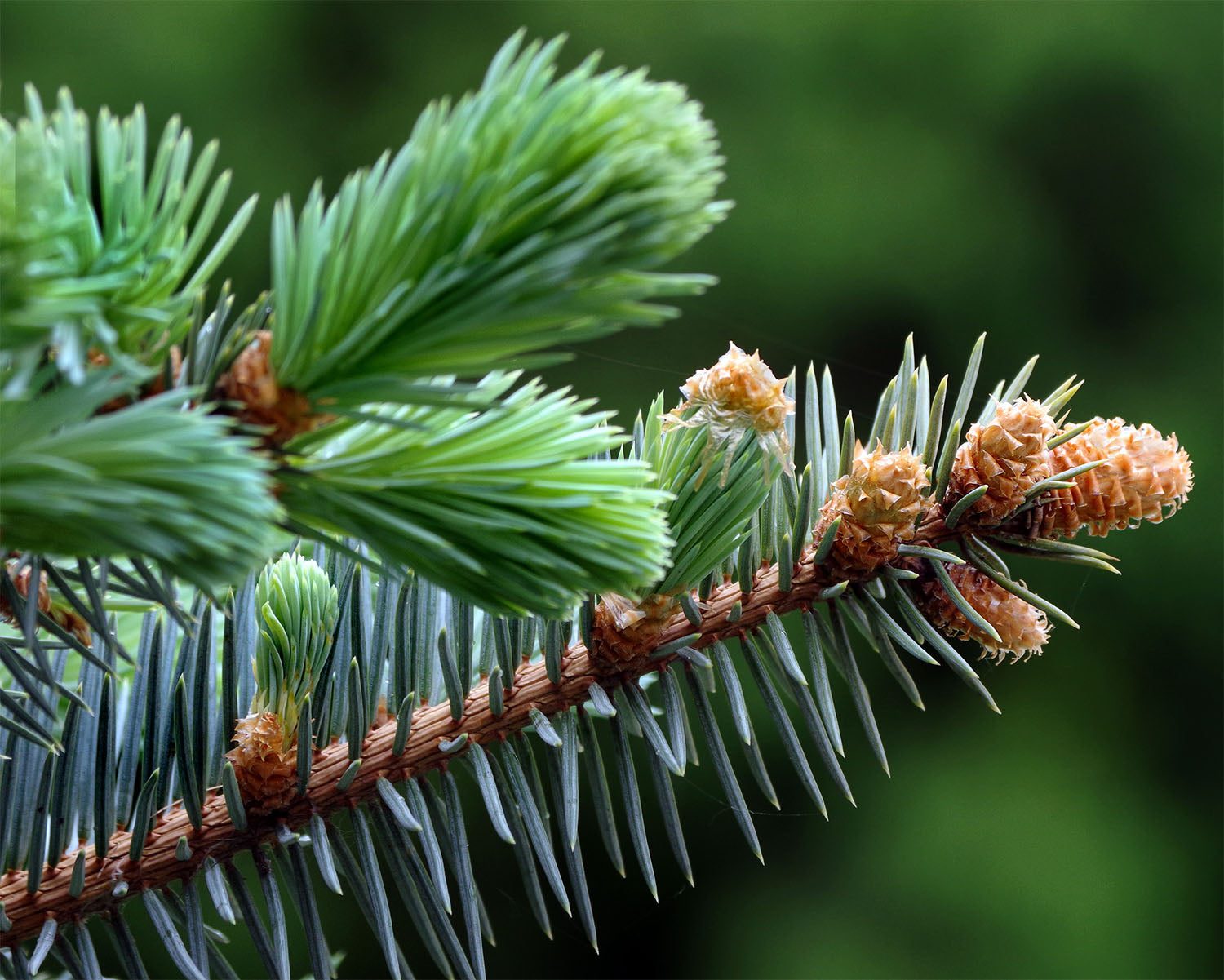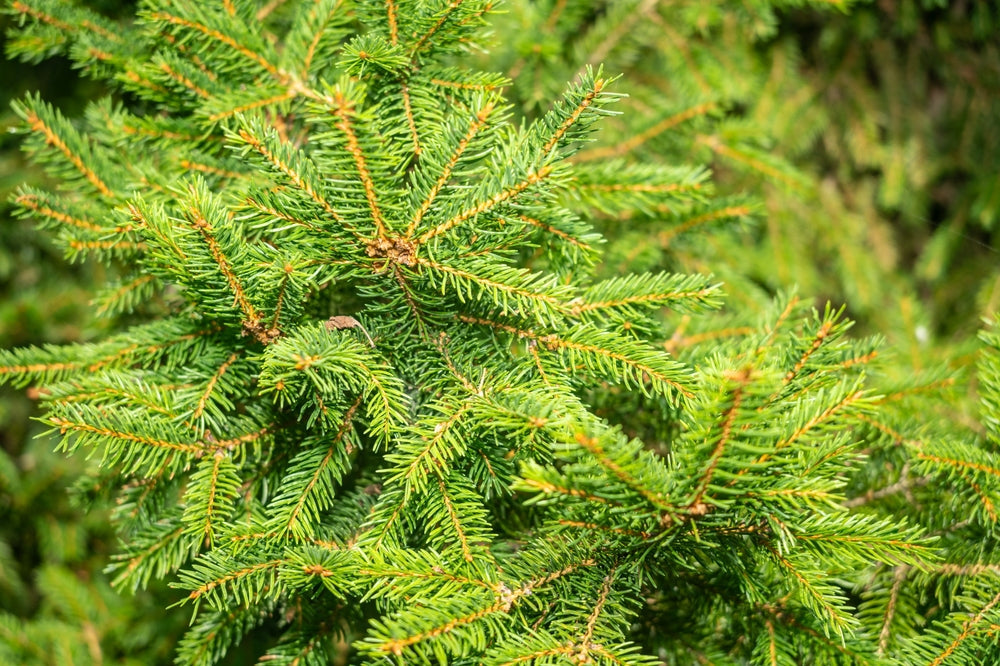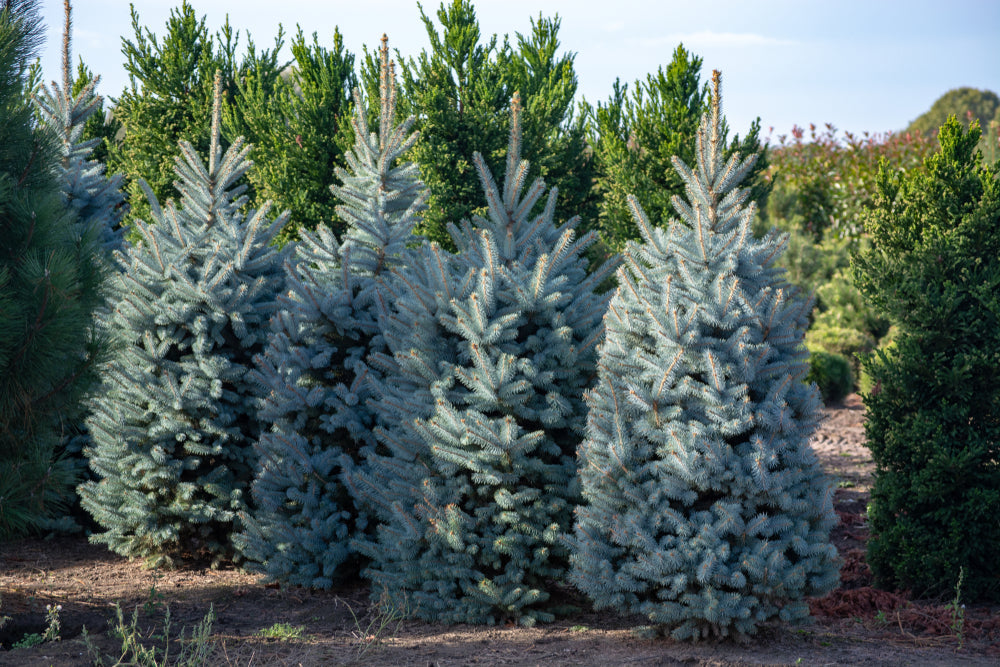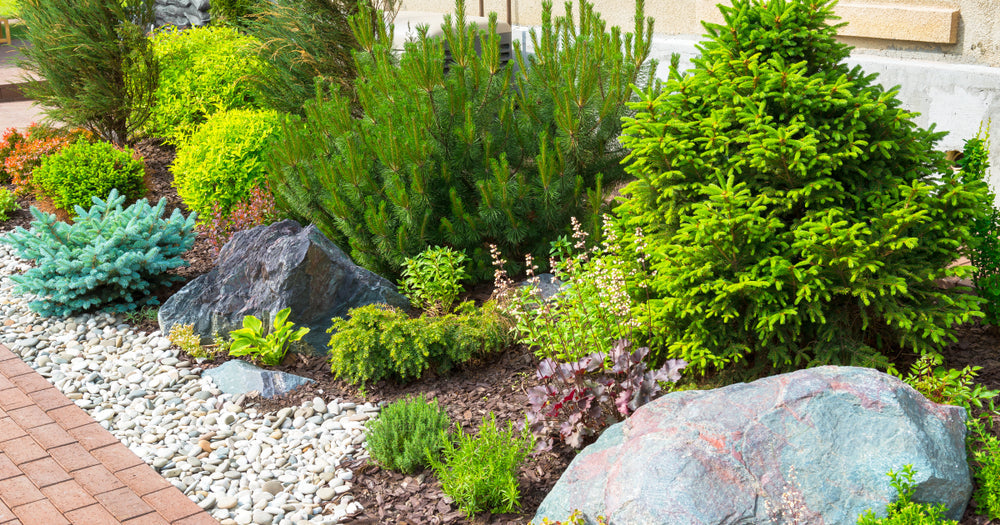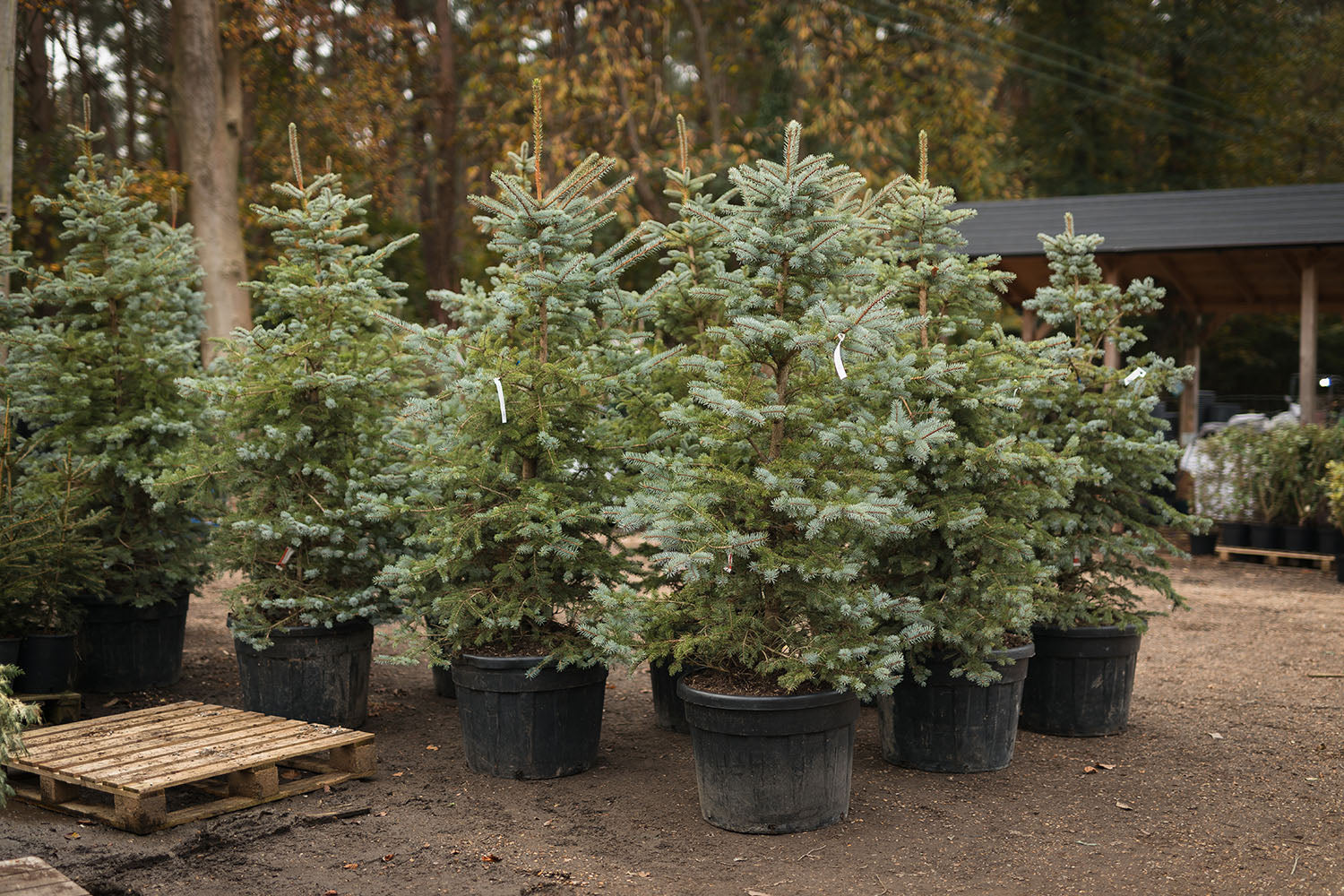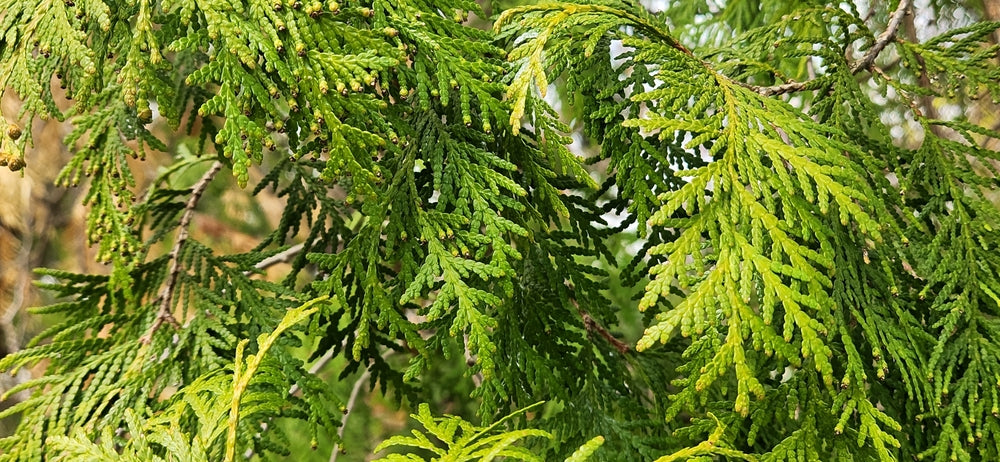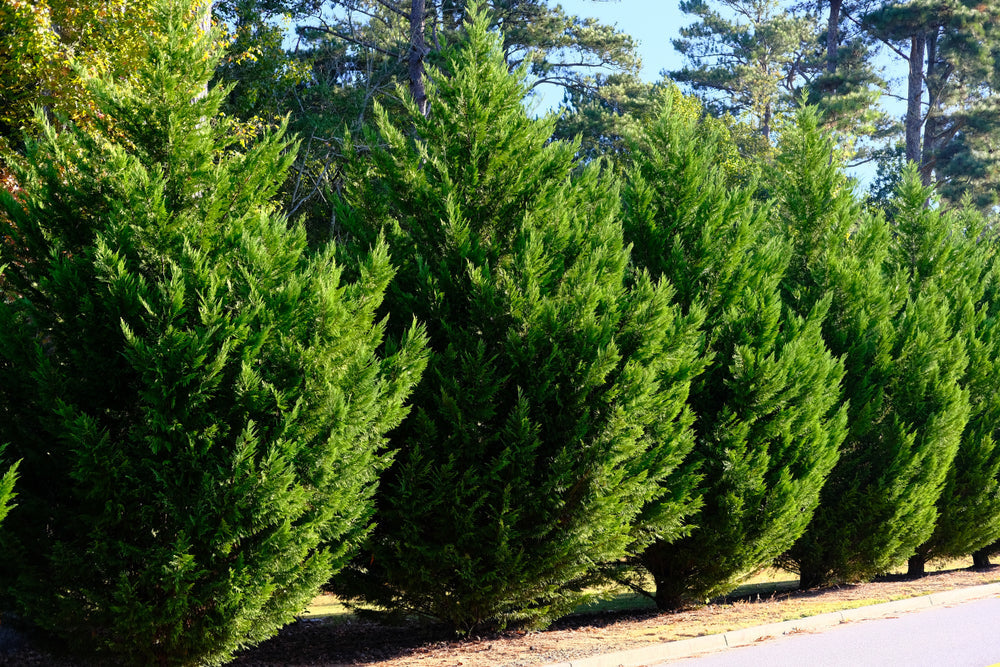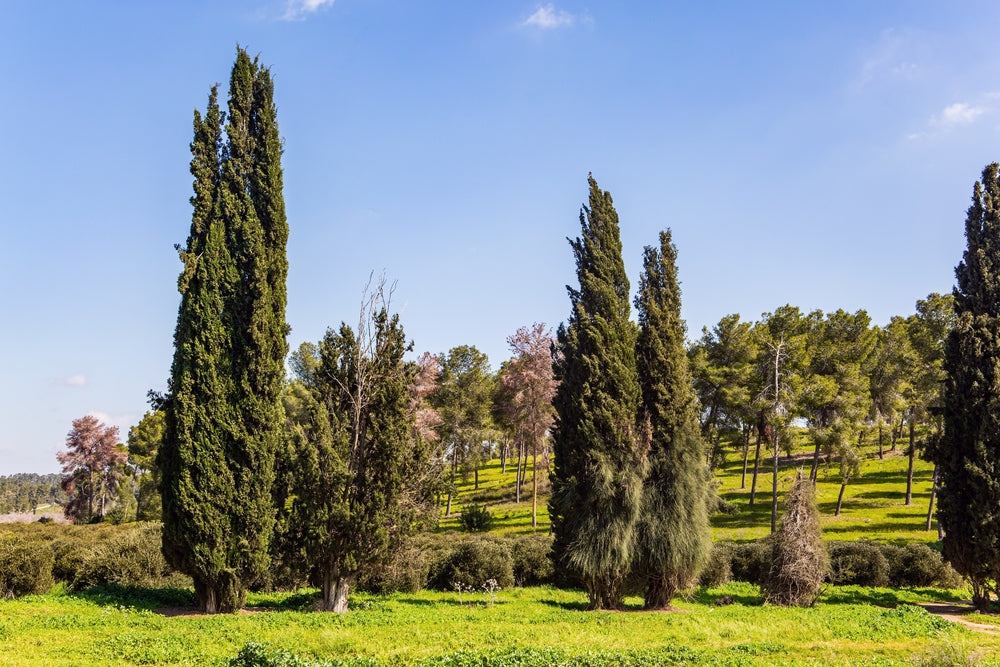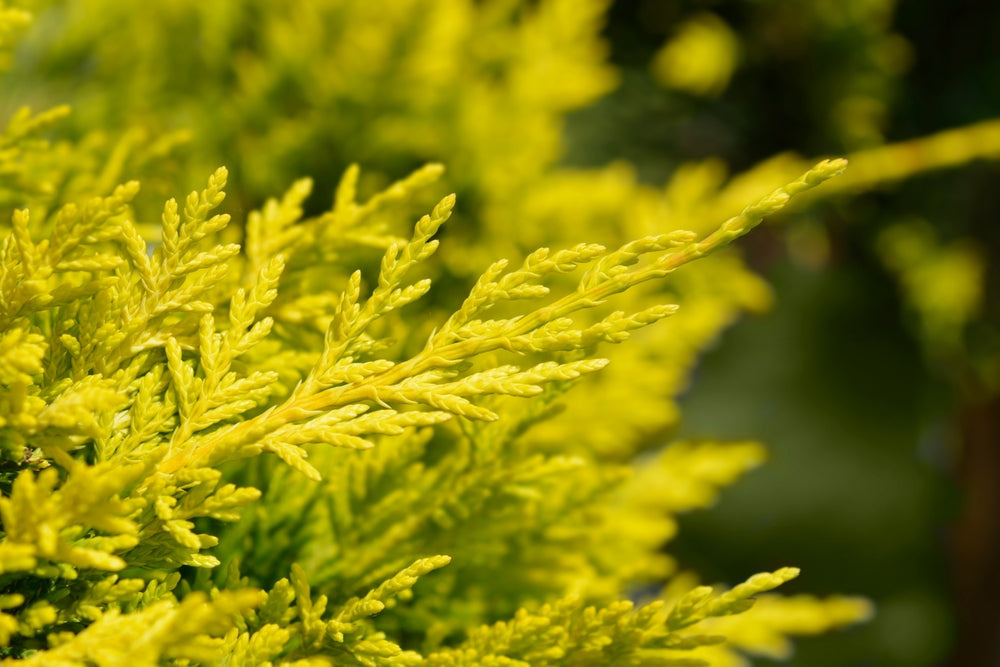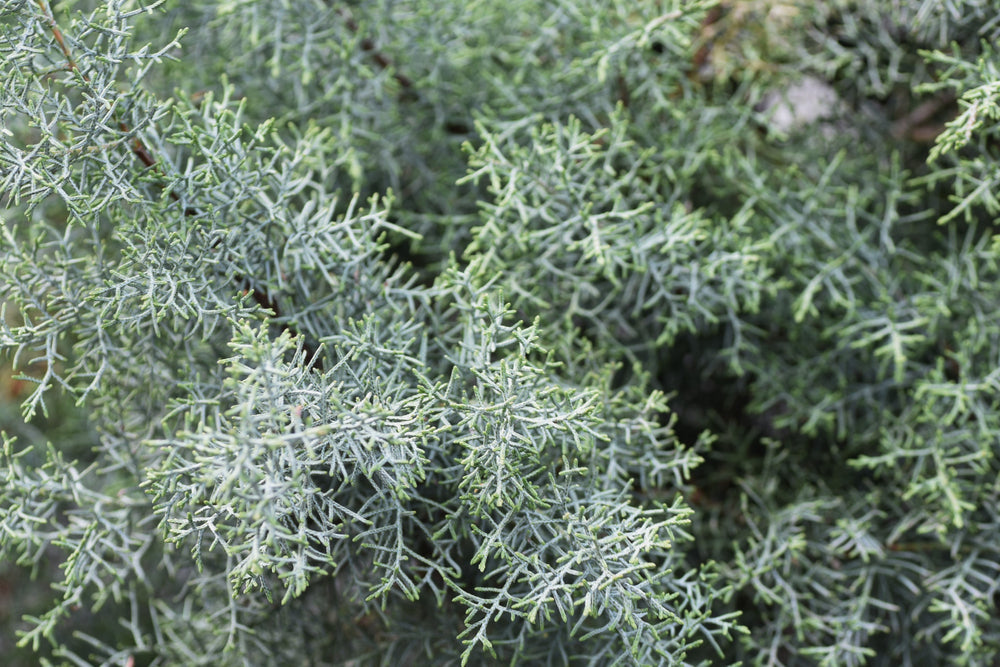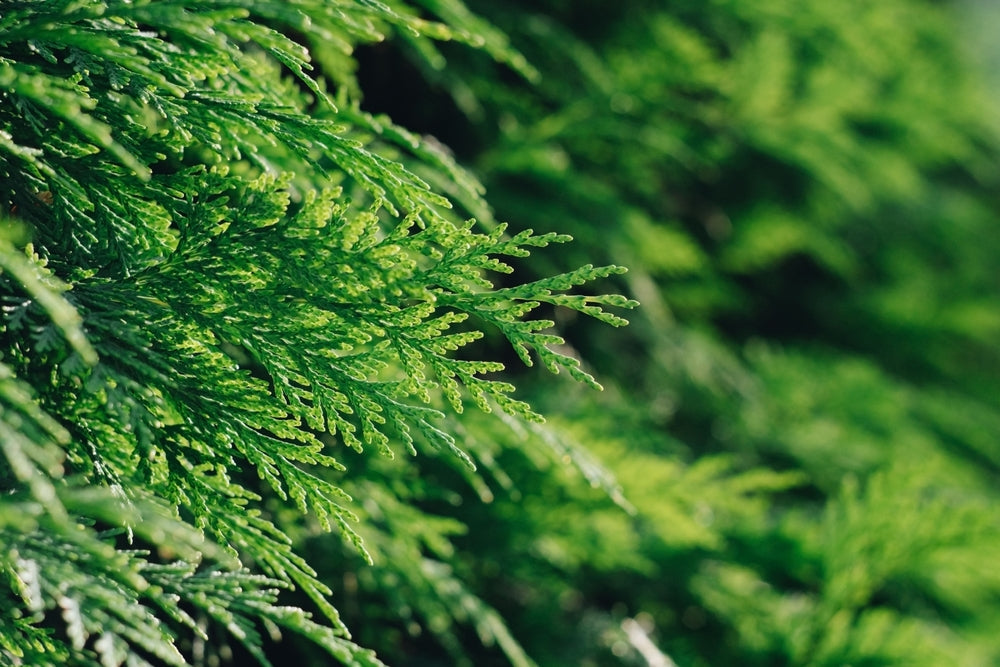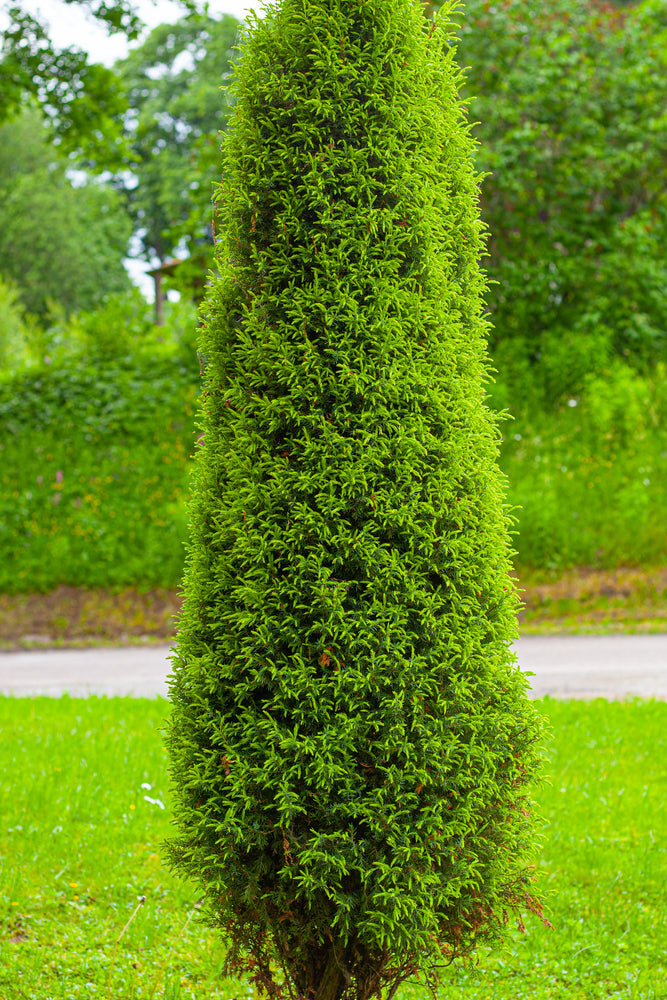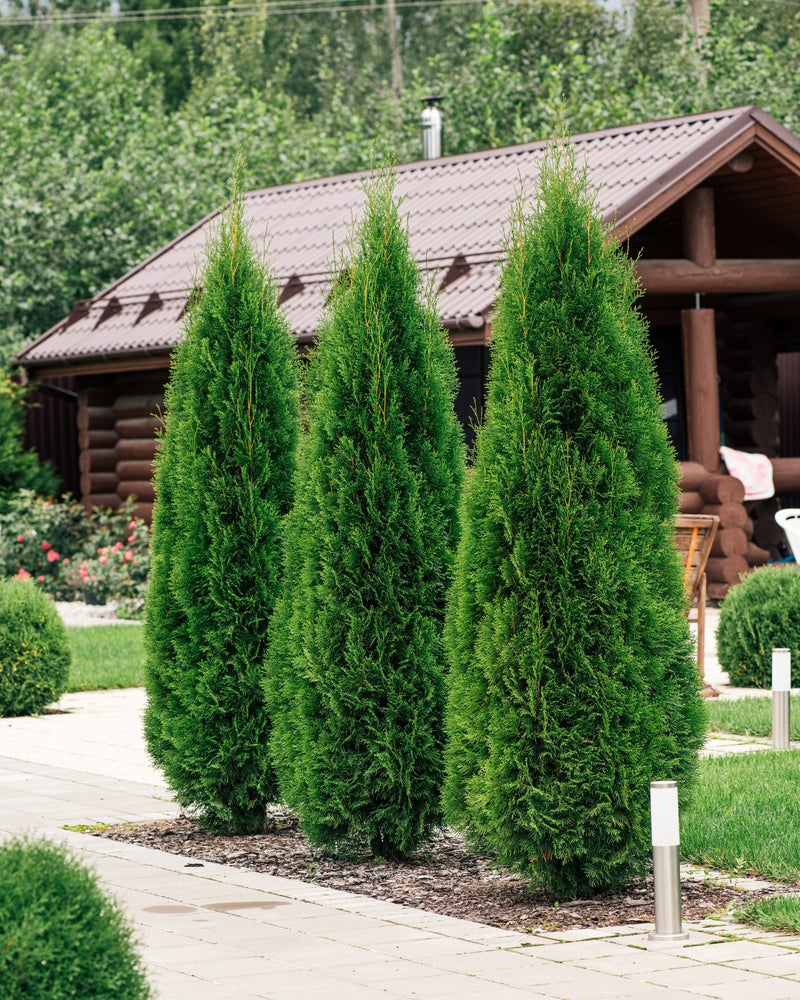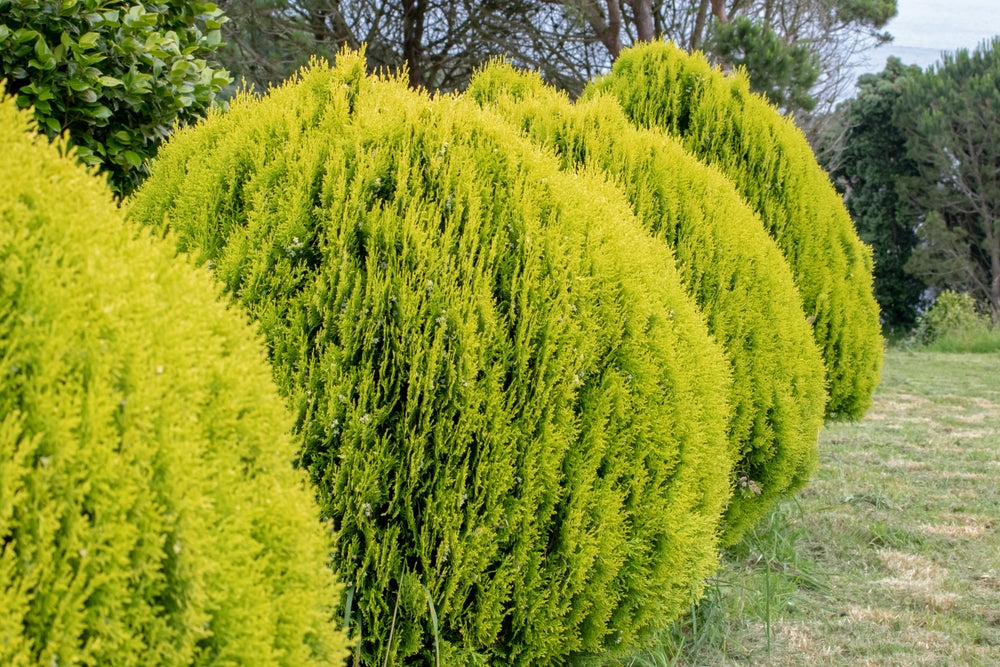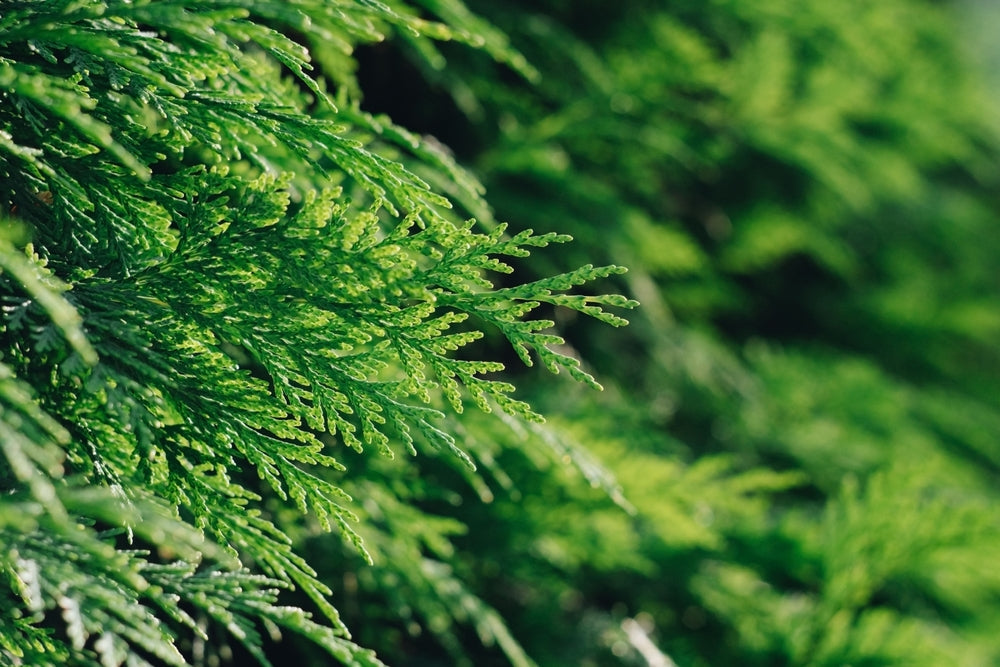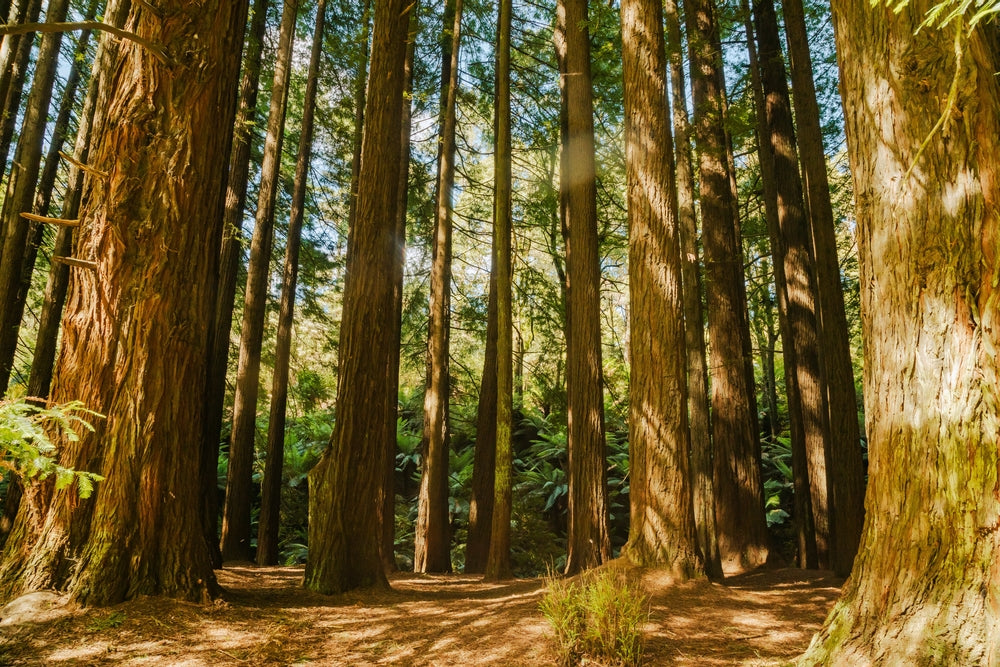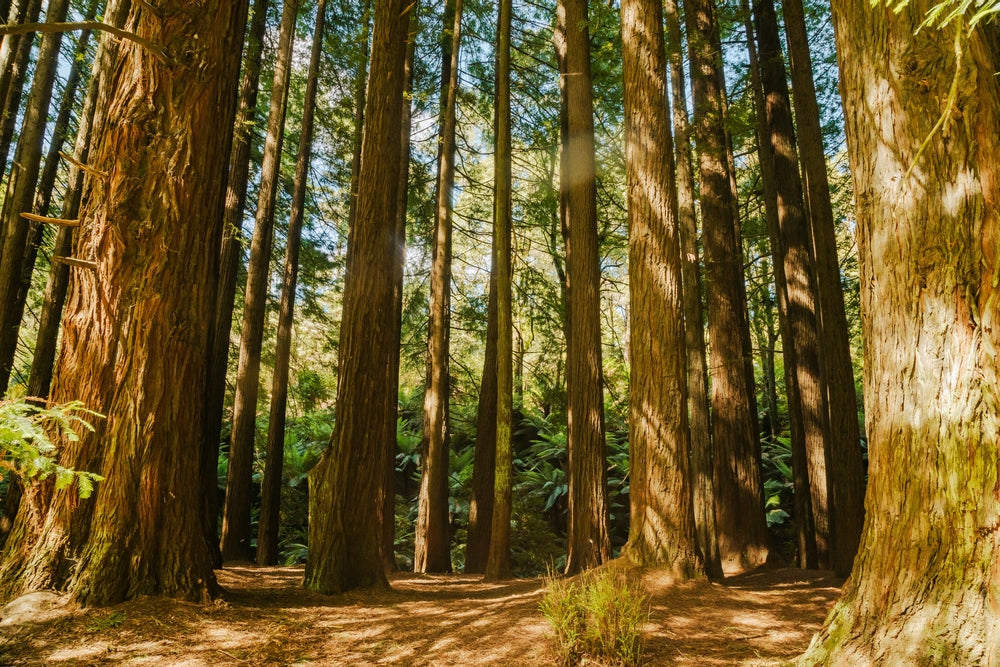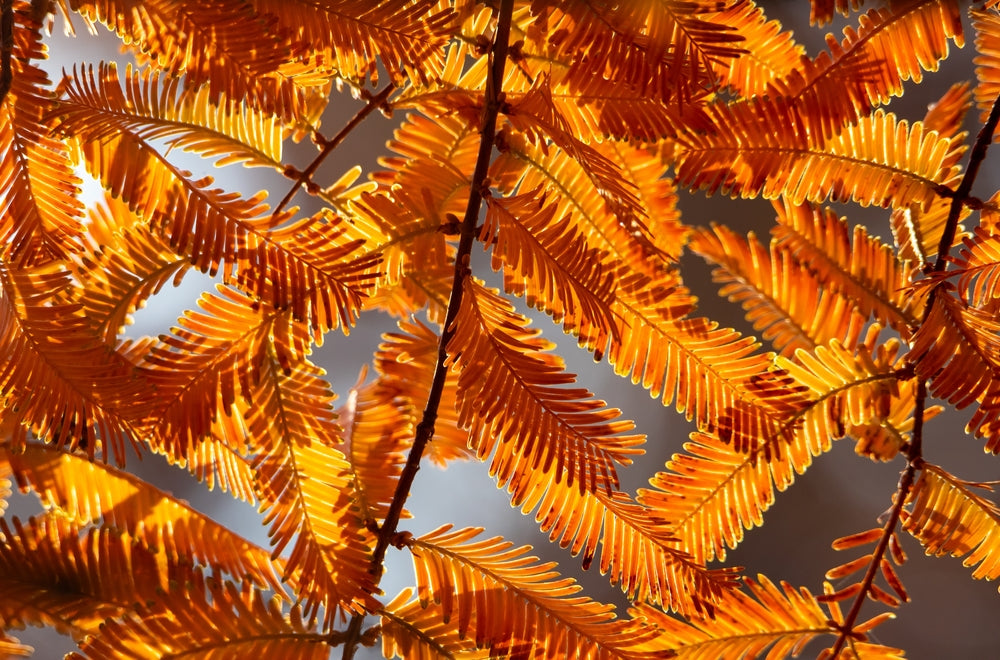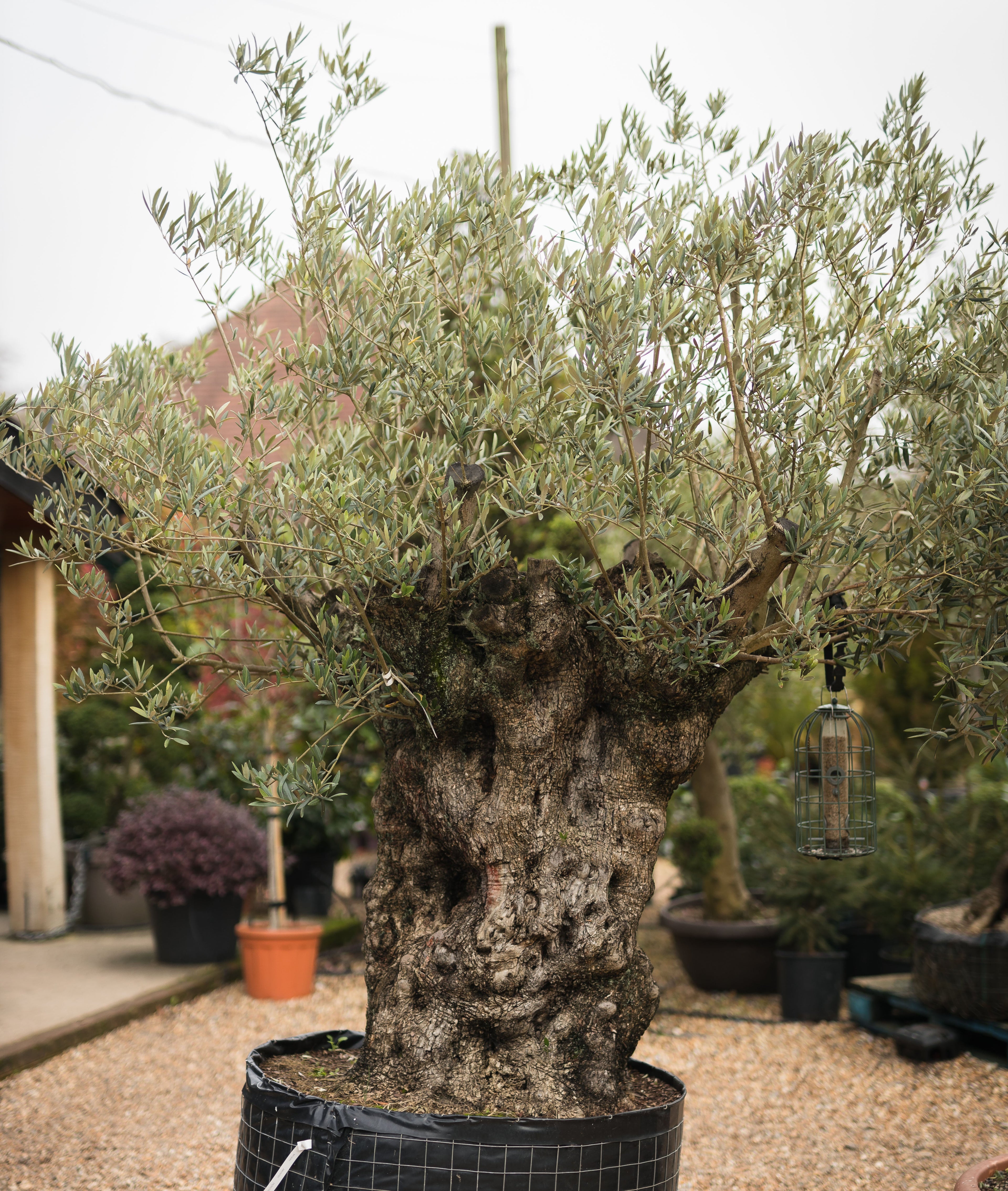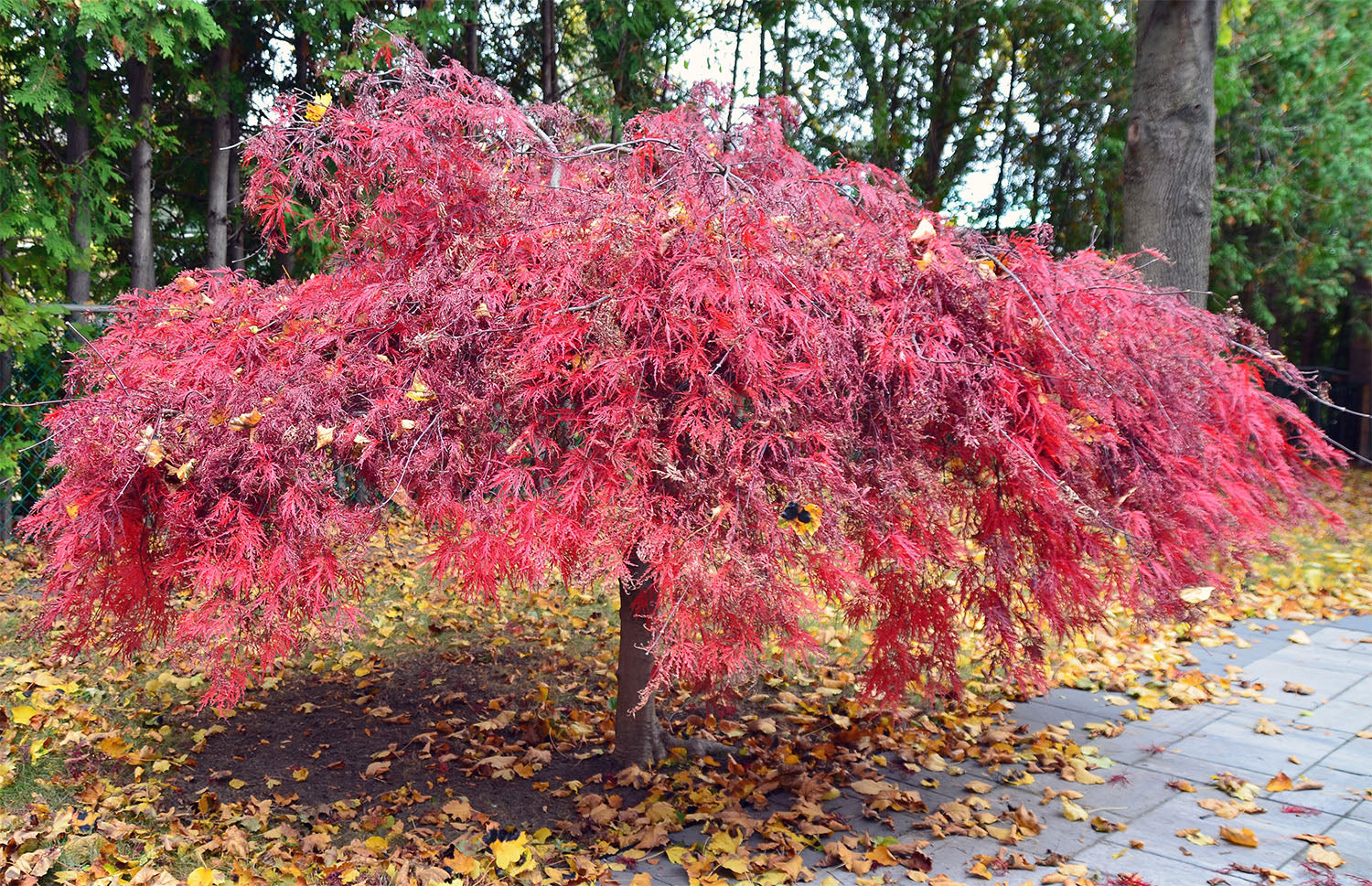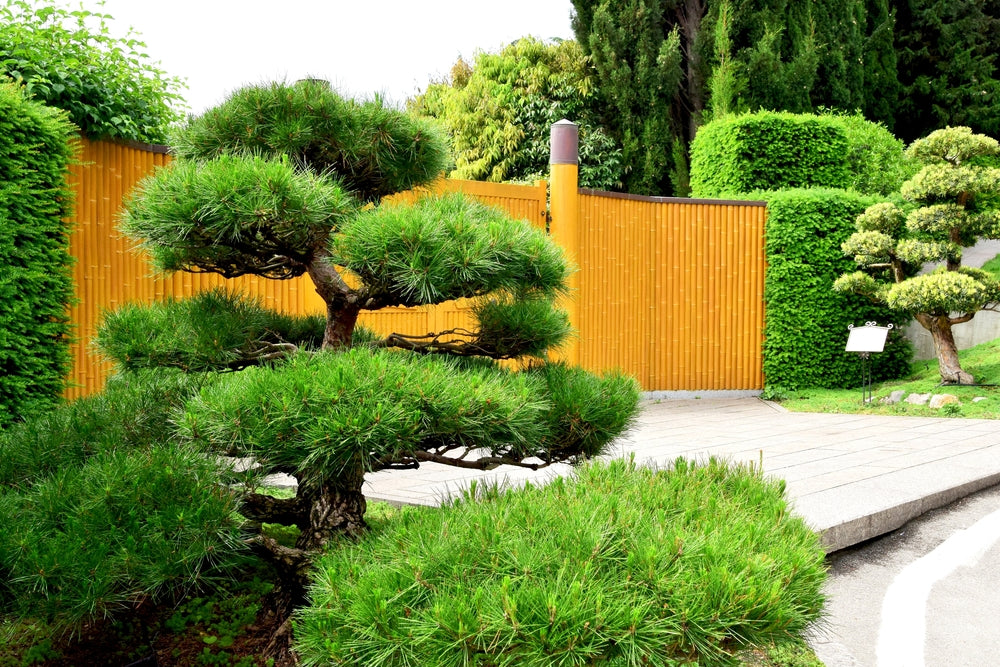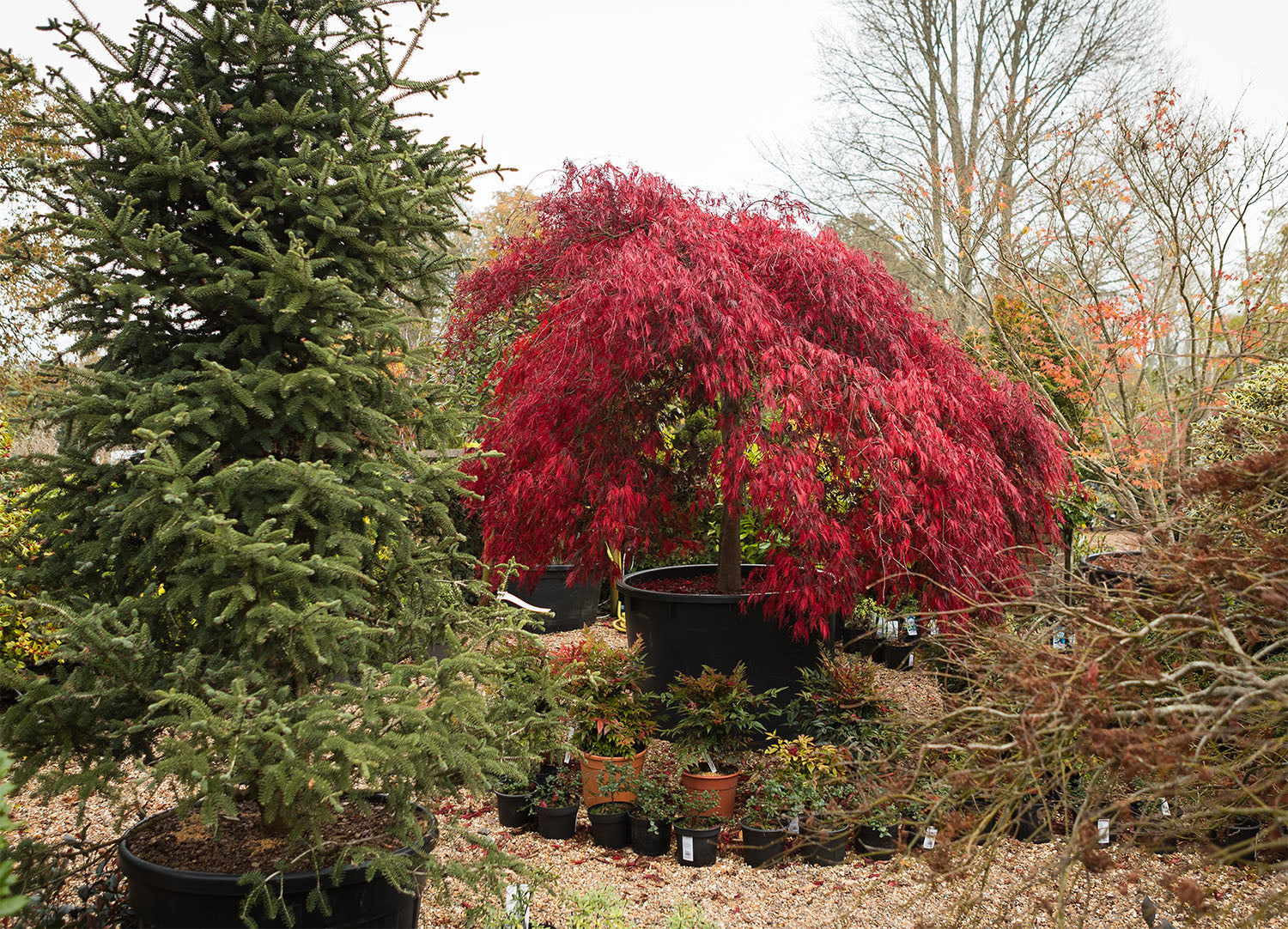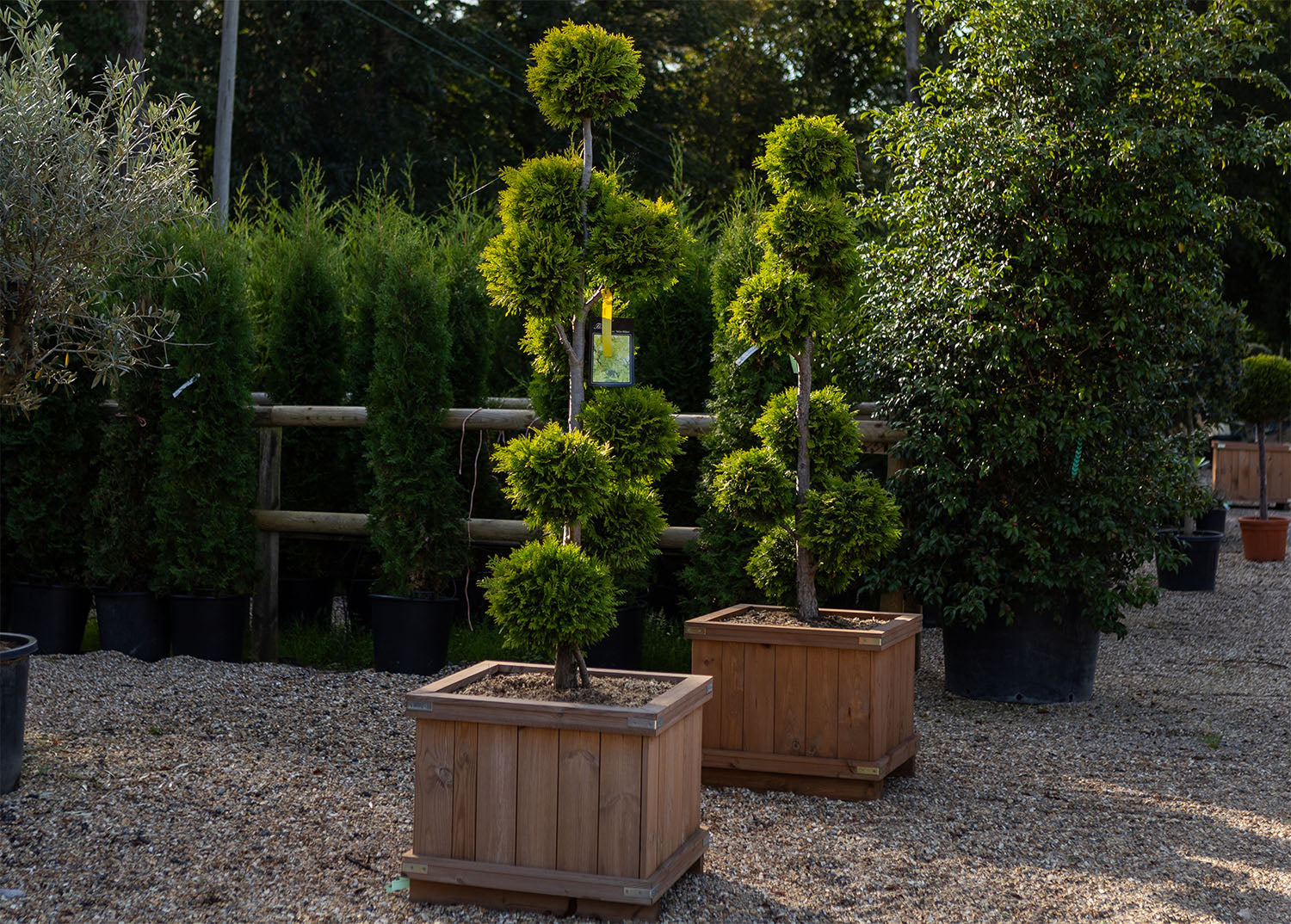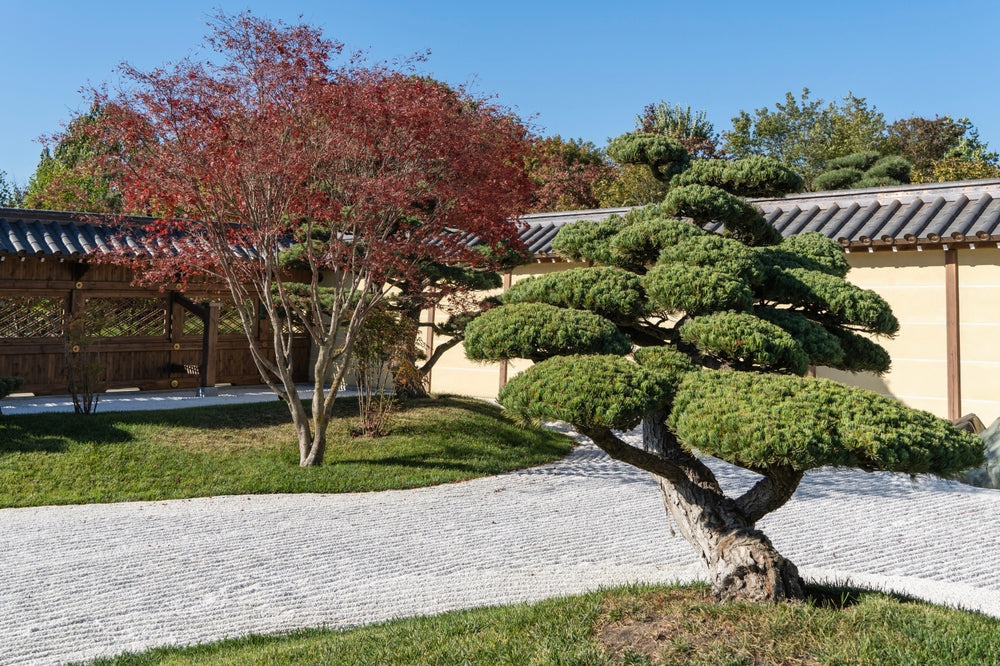Flowering Crab Apple trees (Malus) are very worthy of consideration for any garden if you are looking to plant a deciduous tree with lots of year-round interest. Here at Arundel Arboretum, one of the leading Sussex Garden Centres, we have an excellent selection to choose from.
With the onset of spring, the leaves emerge and their flower buds open to reveal beautiful fragrant blossom in colours that range from white, pale pink or red. The flowers are eventually replaced with small fruits, which are very popular with wildlife! As the seasons move into autumn, you will be rewarded with some vibrant colours of reds, oranges and yellows before the leaves finally drop. Subject to weather conditions, you may find that the fruits will last well into the winter.
Crab Apple trees are relatively low maintenance, so they can make an ideal choice if time is of a premium for you. Apart from regular watering – vital during first two years or so – maintenance is likely to be just occasional pruning and removing any suckers that appear at the base of the tree.
There are many varieties of Crab Apple trees to choose from and in order to help make the right choice, you may like to consider the following points:-
Size – how much space have you got? Always consider its final height as well as its width.
Shape – the shape of a Crab Apple can be upright, round, narrow, spreading or semi-weeping. Consideration of the shape is important so that it complements your existing trees and shrubs.
Fruit – if you would like the fruits to last well into the winter you would need to purchase a variety that is likely to hold its fruit for this timescale.
Our Crab Apple trees are looking stunning now with an abundance of fruits. If you are considering the purchase of a Crab Apple tree, here are five varieties to consider to help make your decision:-
Malus ‘White Star’
Malus ‘White Star’ is a medium sized deciduous tree, with an upright and spreading habit. It also has a fast growth rate. As spring emerges, it produces masses of white, star-shaped flowers. In autumn, medium-sized golden\russet crab apples appear which can stay on the tree until early winter. The fruits are a good source of food for wildlife.
Malus ‘Direktoer Moerland’
Malus ‘Direktoer Moerland’ is a small deciduous crab apple. It produces wine-red flowers in April and May, and these are slightly fragrant. The young foliage appears a shiny coppery-crimson. In the autumn, the dark red fruits will appear. This variety of crab apple is a very good disease resistant tree.
Malus x robusta ‘Red Sentinel’
Malus x robusta ‘Red Sentinel’ is a medium-sized tree. In the spring, it produces fragrant, single white flowers that are followed in the autumn with clusters of cherry-like deep, glossy red fruits that will last well into the winter. Malus x robusta ‘Red Sentinel’ can be planted in full sun or partial shade. It does prefer a well drained soil.
Malus ‘Evereste’
Malus ‘Evereste’ is a small deciduous crab apple, which is broadly conical in shape. In springtime, large soft pink to white flowers emerge from its scarlet buds. Its dark green leaves turn yellow in the autumn. The yellow-orange fruits can be used for culinary purposes and can often last on the trees until after Christmas. Malus ‘Evereste’ is an excellent choice for wildlife – and is a real hit with the bees!
Malus ‘Van Eseltine’
Malus ‘Van Eseltine’ is an upright variety of crab apple with glossy green foliage. In spring double pink flowers emerge from its red buds. Small red fruits which are tinged yellow appear in autumn. It will grow happily in full sun or partial shade.
Malus floribunda / Japanese Crab Apple
Malus floribunda is a small deciduous tree with a rounded head. It has narrow leaves and arching branches. Its white or pale pink flowers emerge from crimson buds in late spring. These are followed by small yellow\red fruits.
Malus ‘Golden Hornet’ / Crab apple
Malus ‘Golden Hornet’ is a deciduous Crab Apple with an upright growth habit. In late spring, a mass of pink flushed white flowers appear. These are followed in the autumn by a profusion of bright yellow crab apples which can remain for many weeks. Its dark green leaves turn a rich yellow before they fall.
Malus x moerlandsii ‘Profusion’ / Crab Apple
Malus x moerlandsii ‘Profusion’ is a small-medium size deciduous, spreading Crab apple with coppery young foliage, which turns bronze-green in the autumn. Malus x moerlandsii ‘Profusion’ has dark purple-pink flowers in late spring. These are followed by reddish-purple fruits in autumn. It tolerates pollution well, and is therefore suitable for rural and urban gardens.














